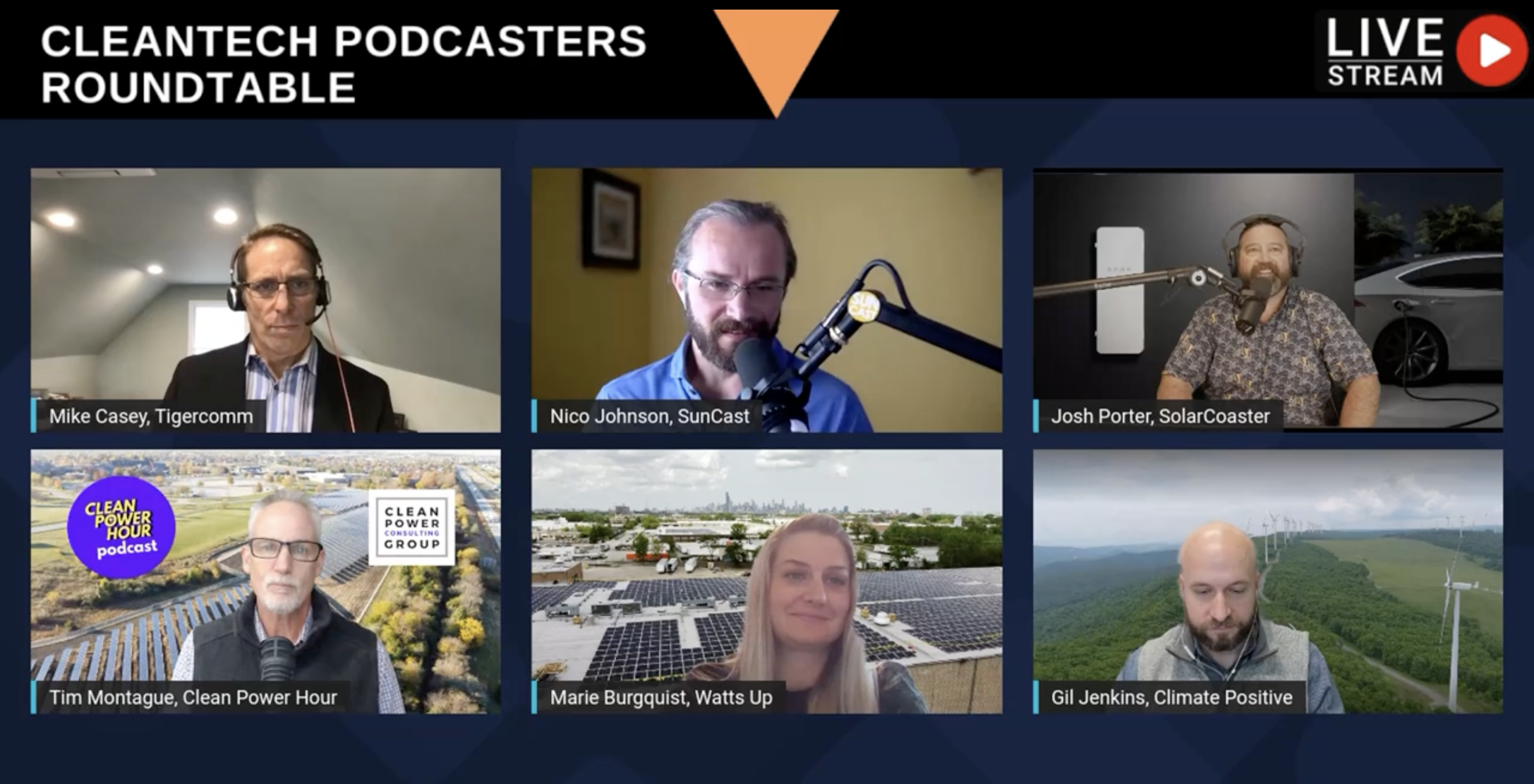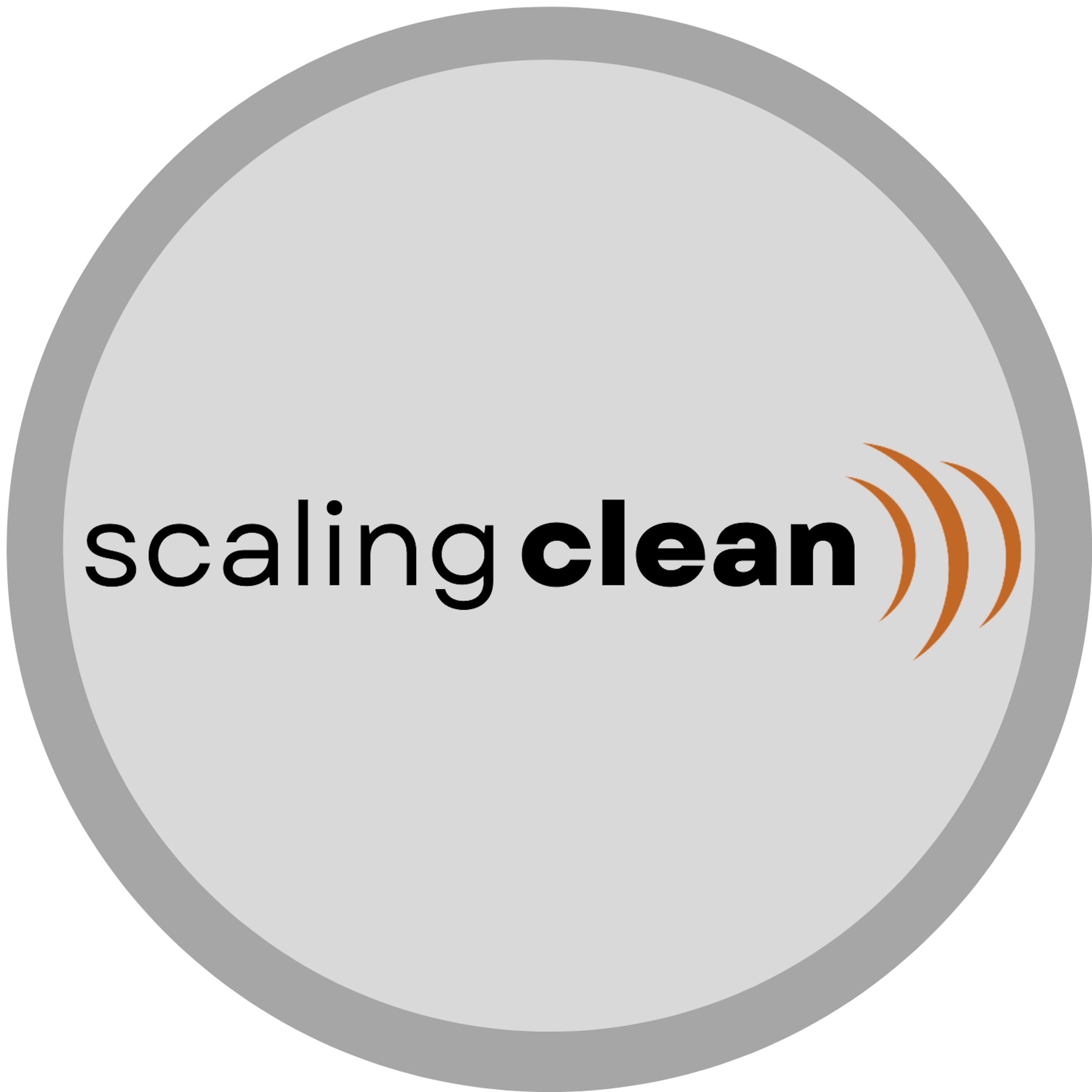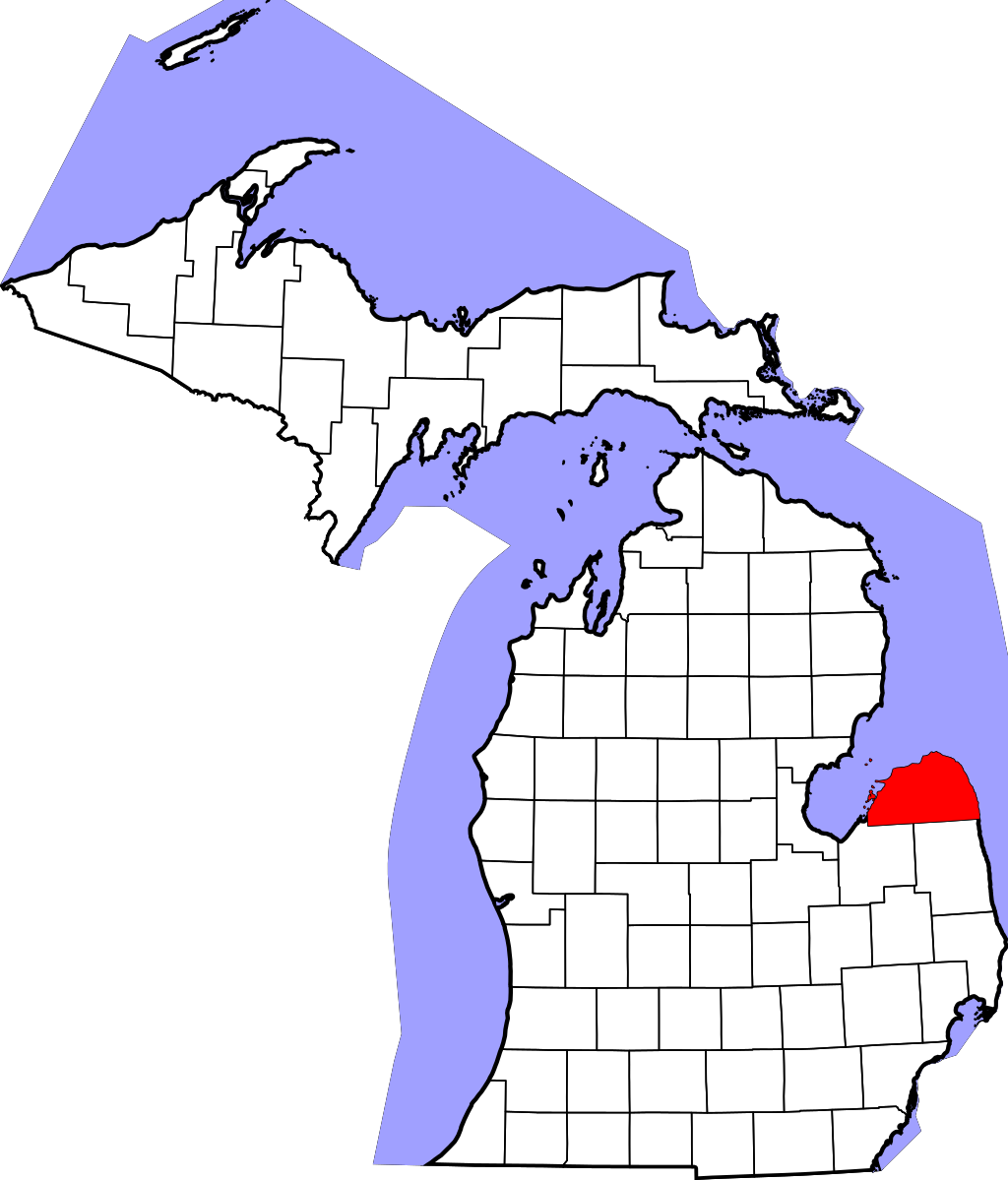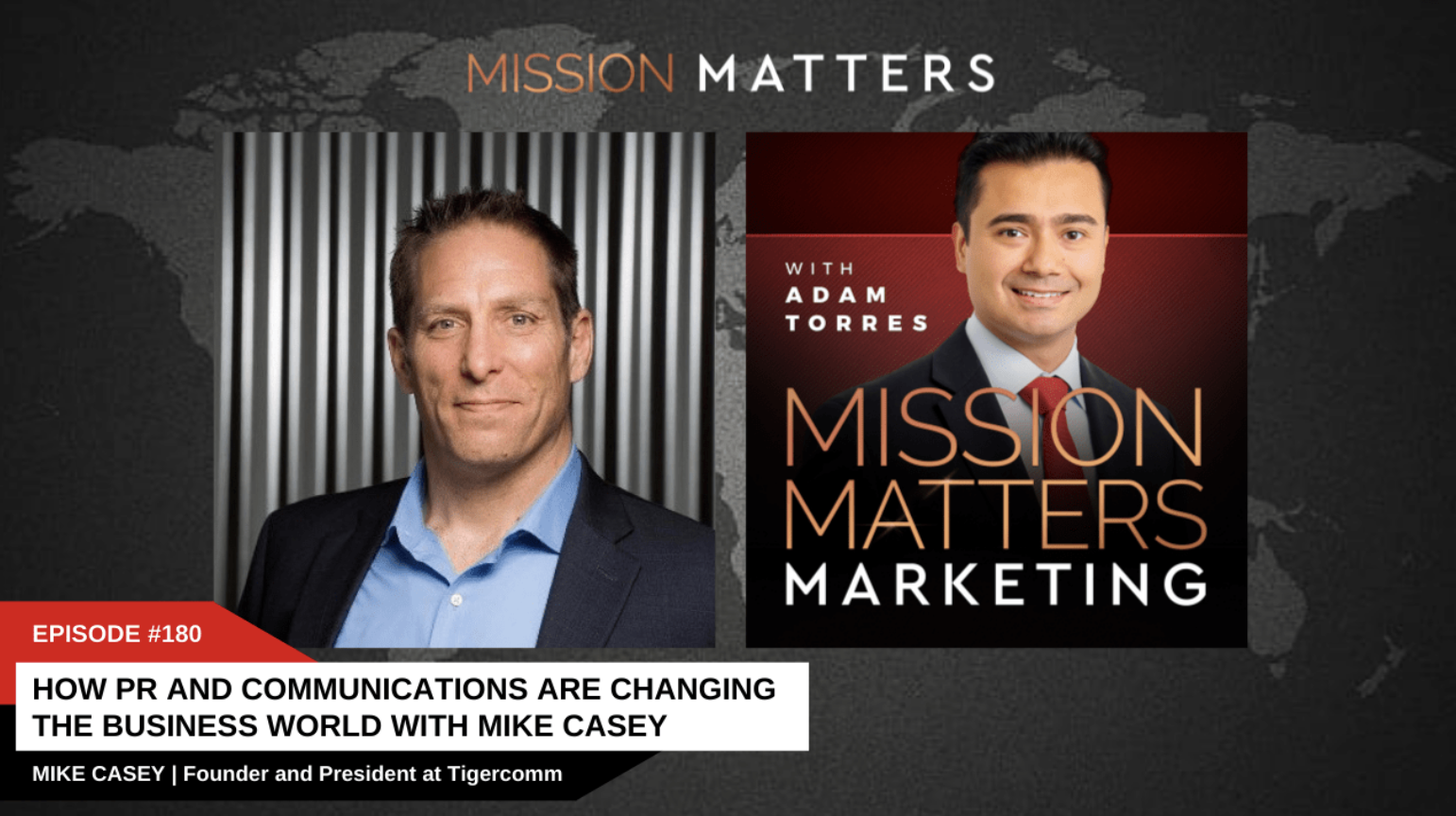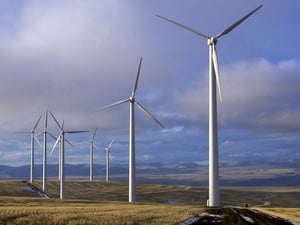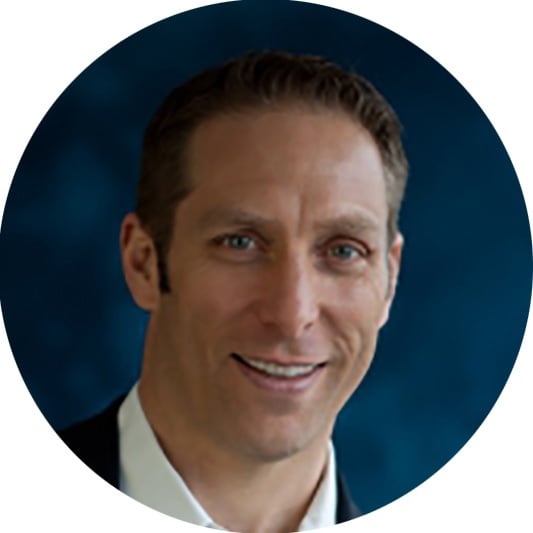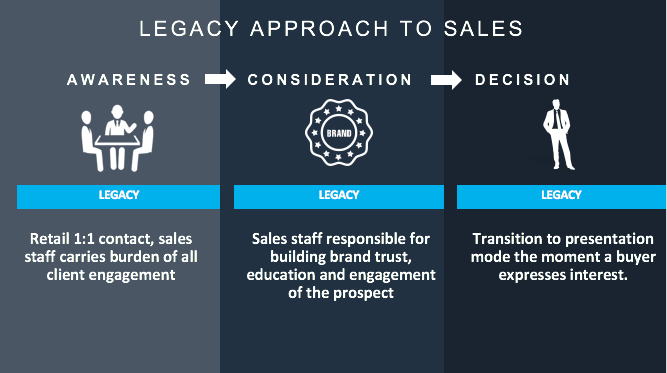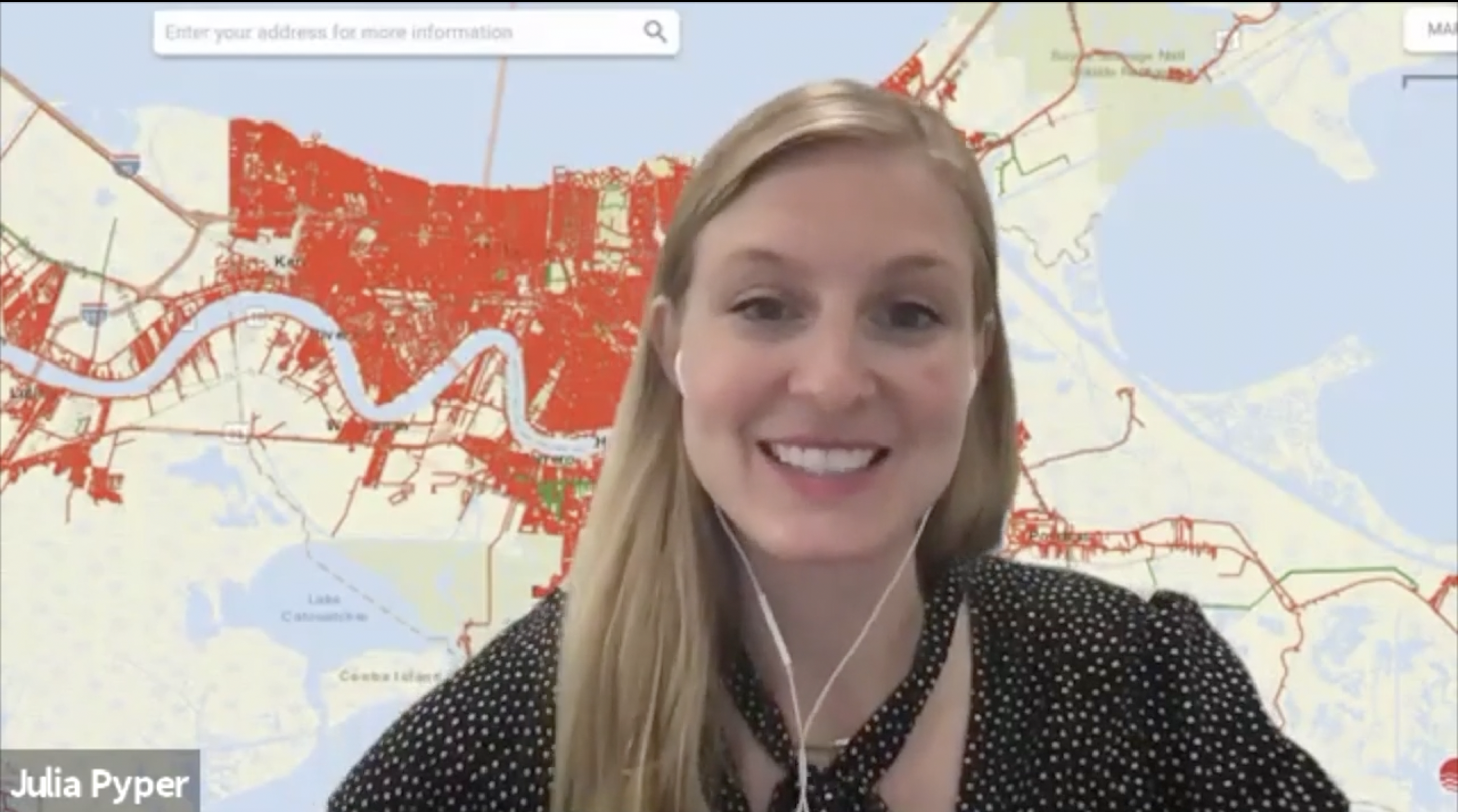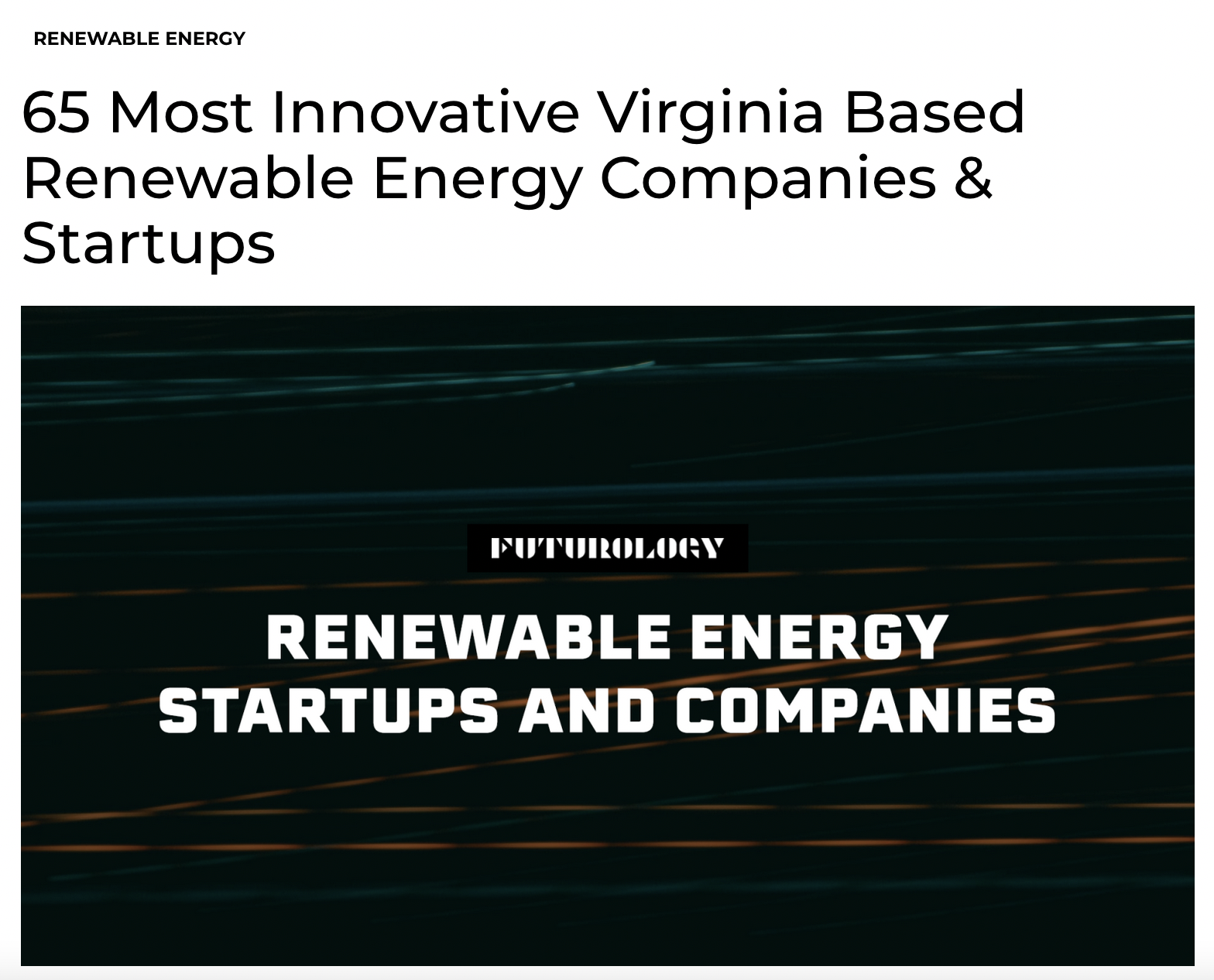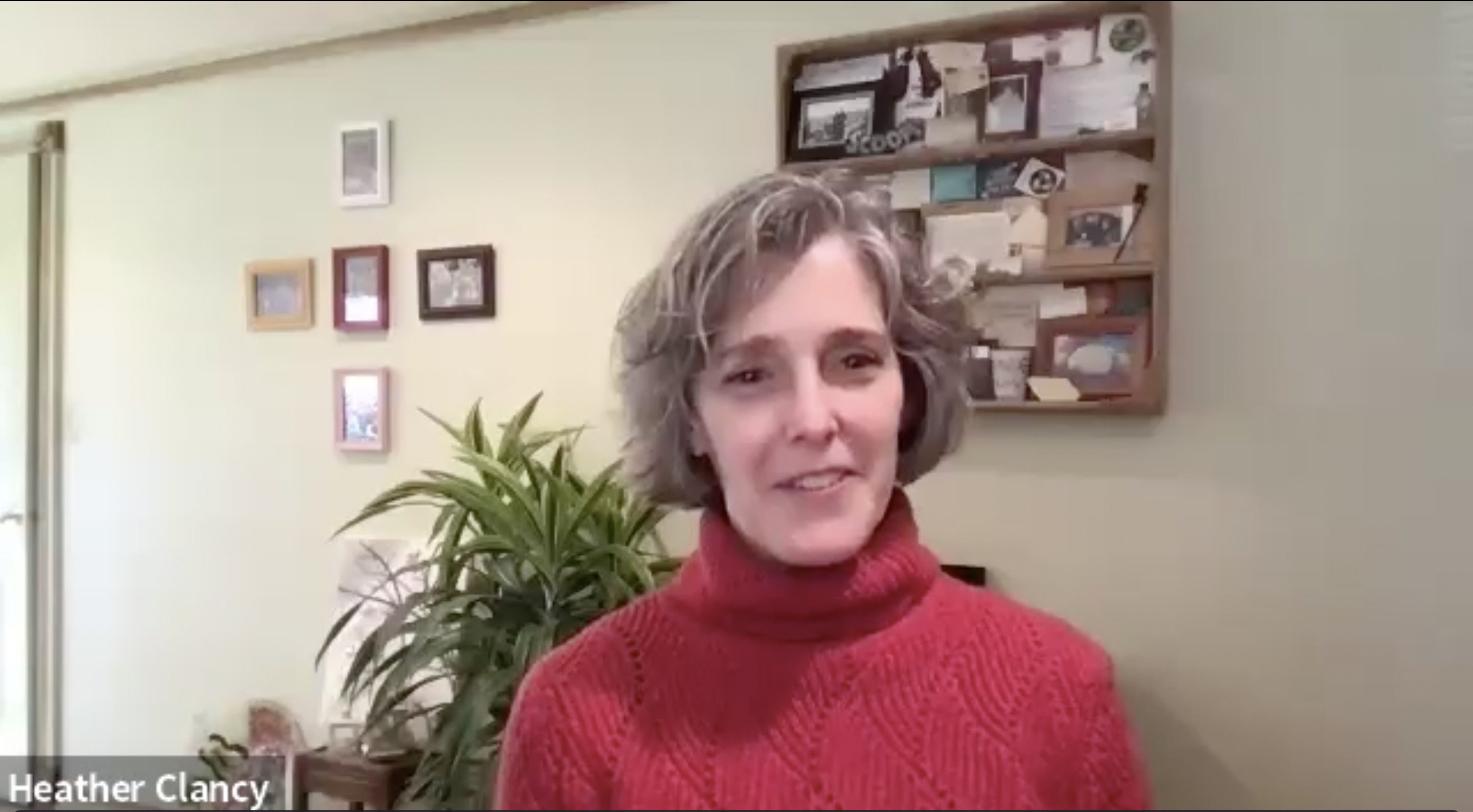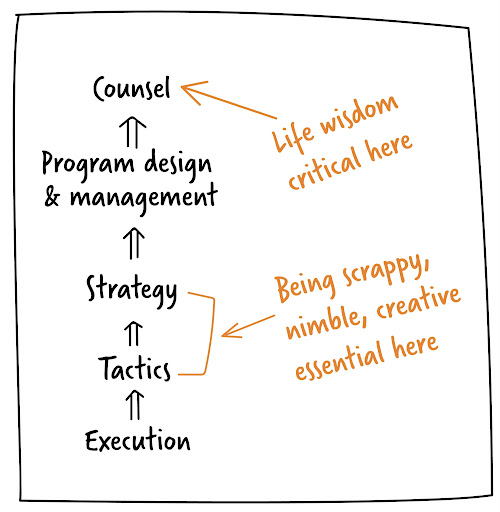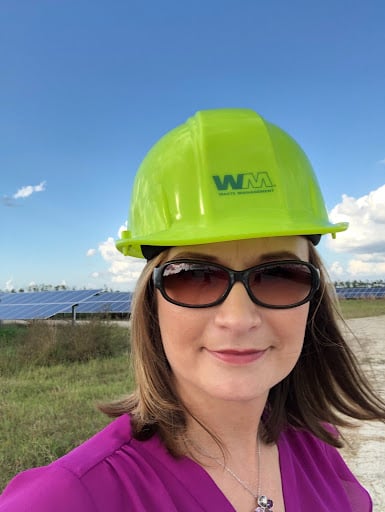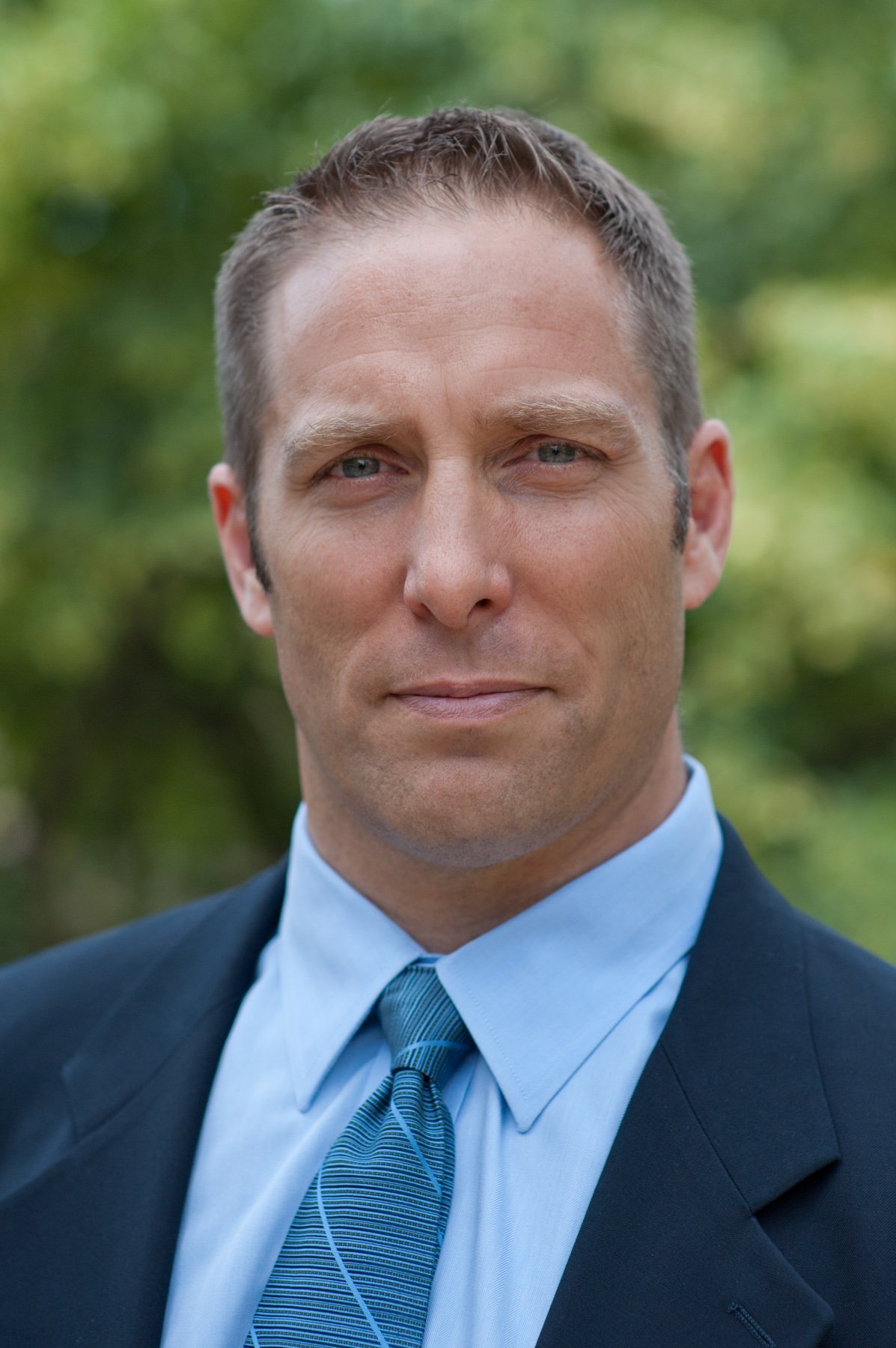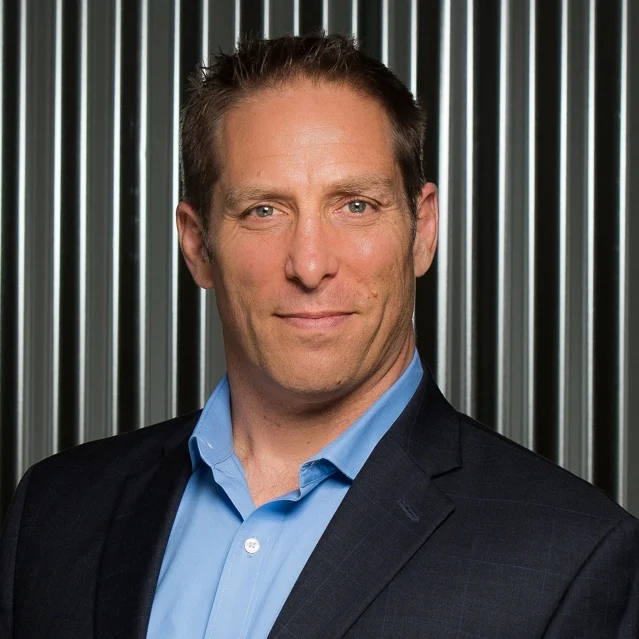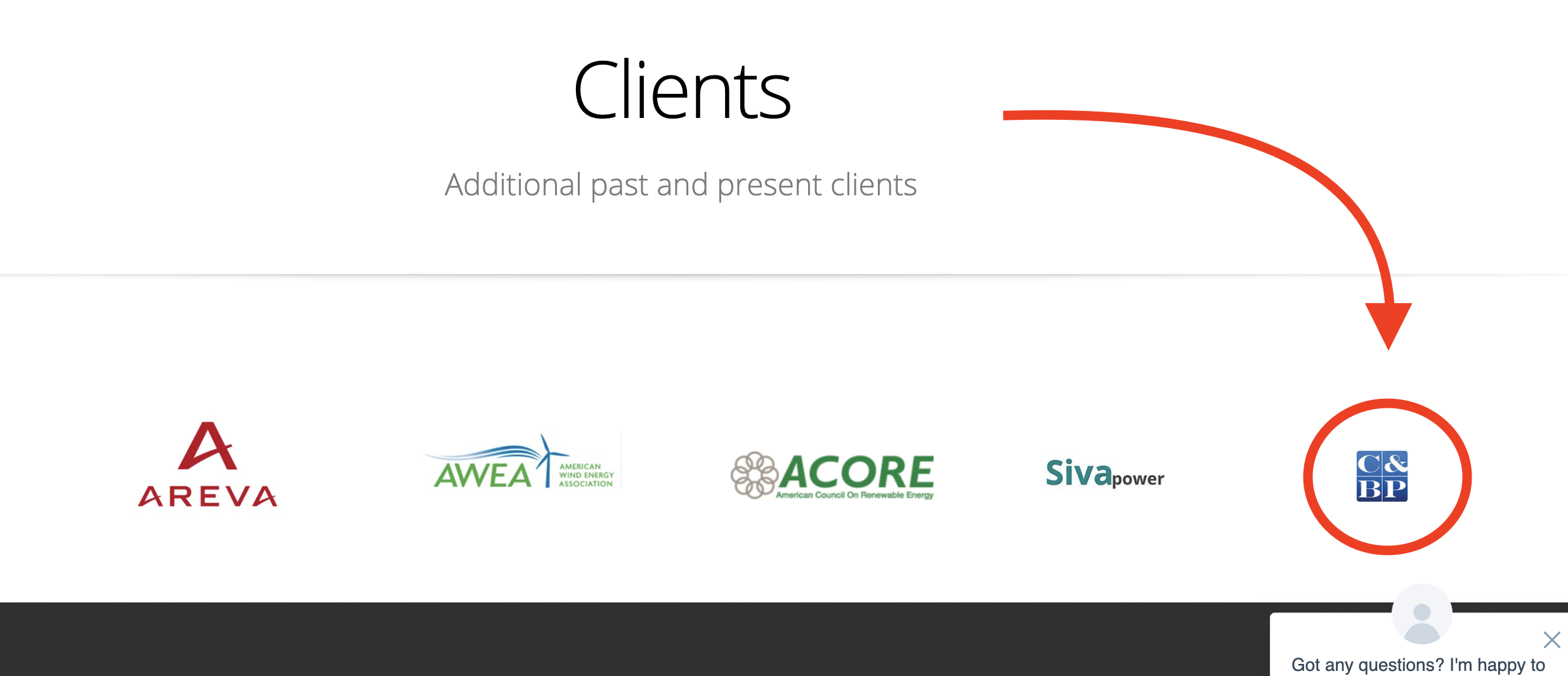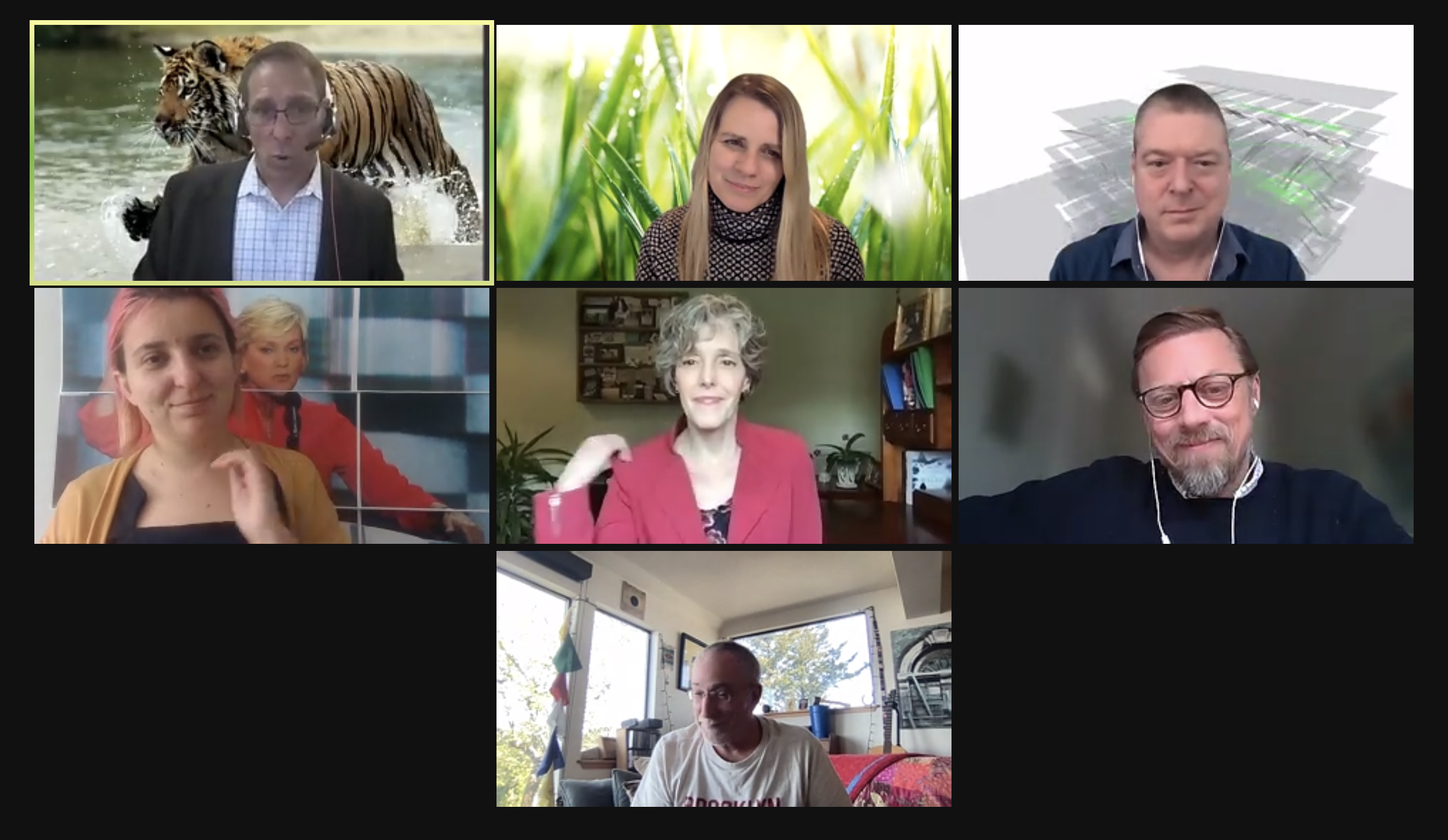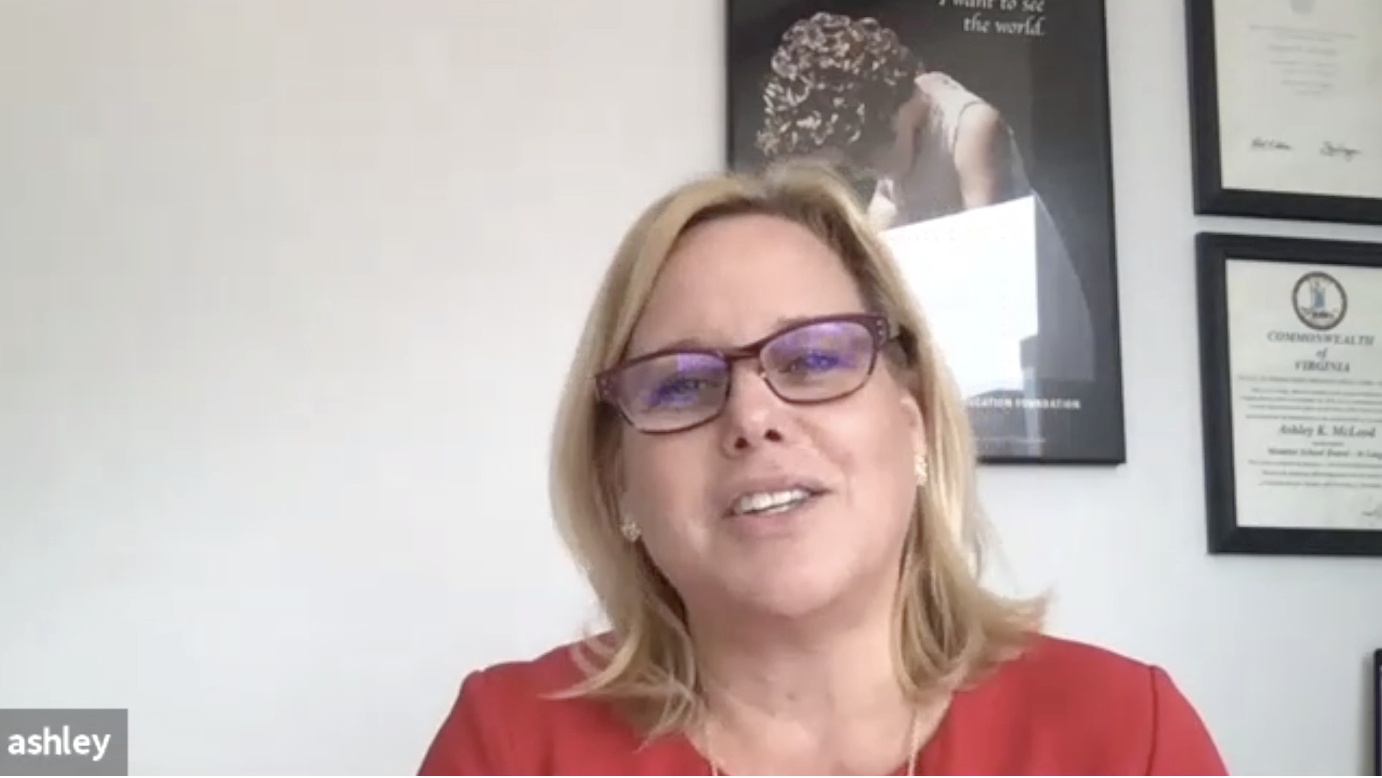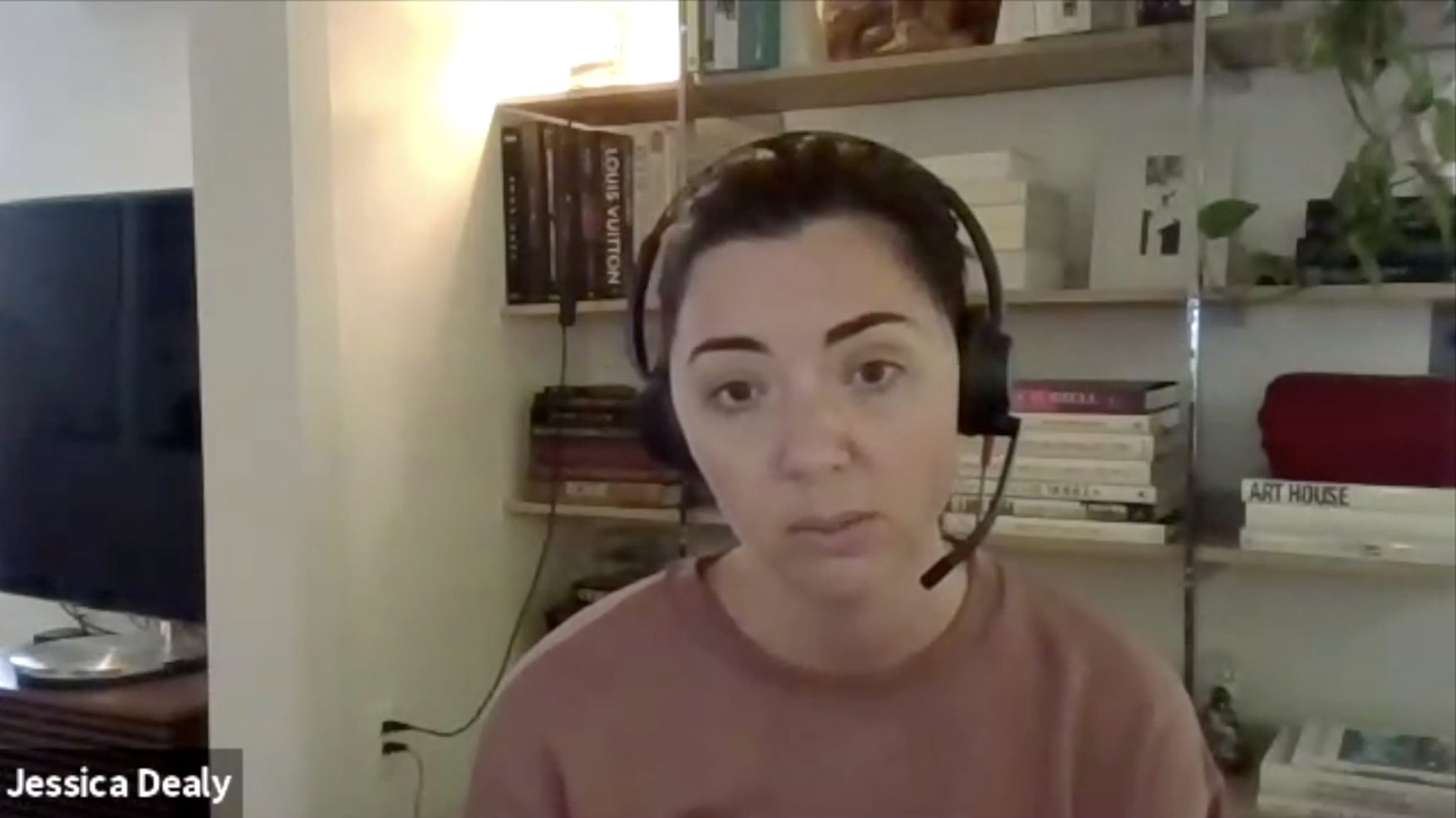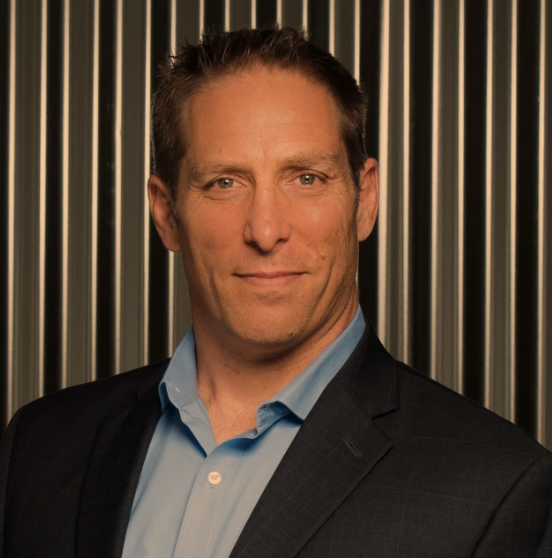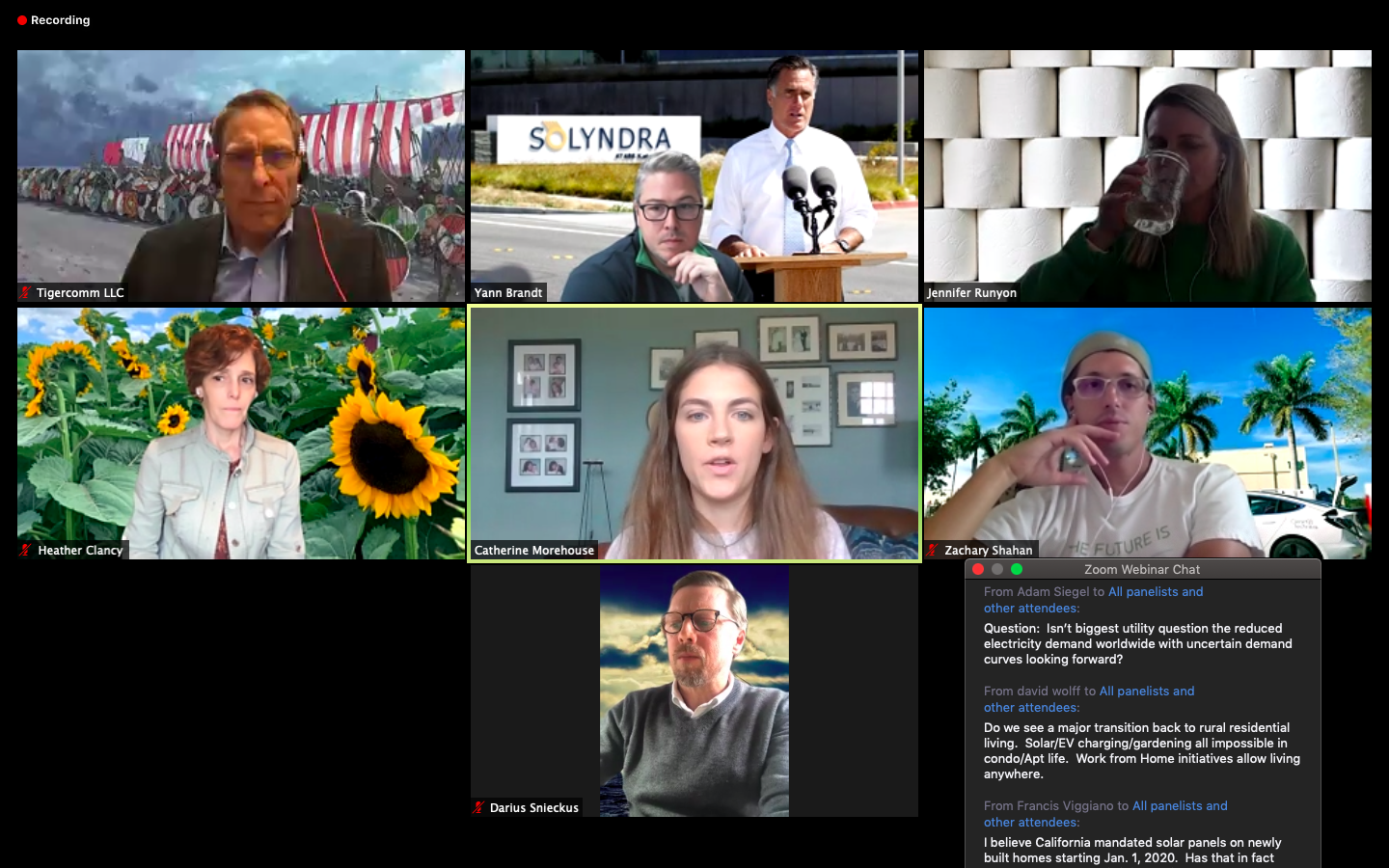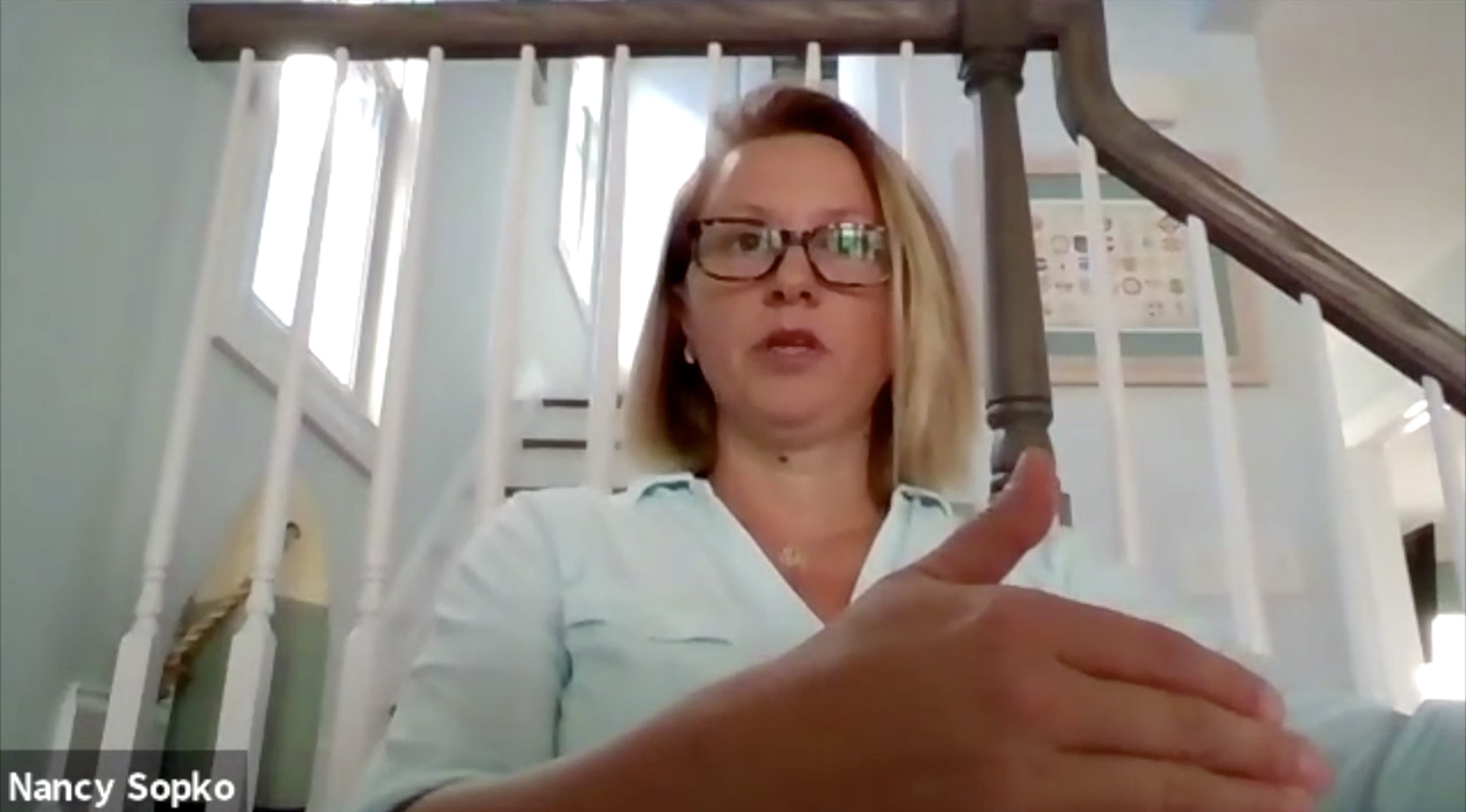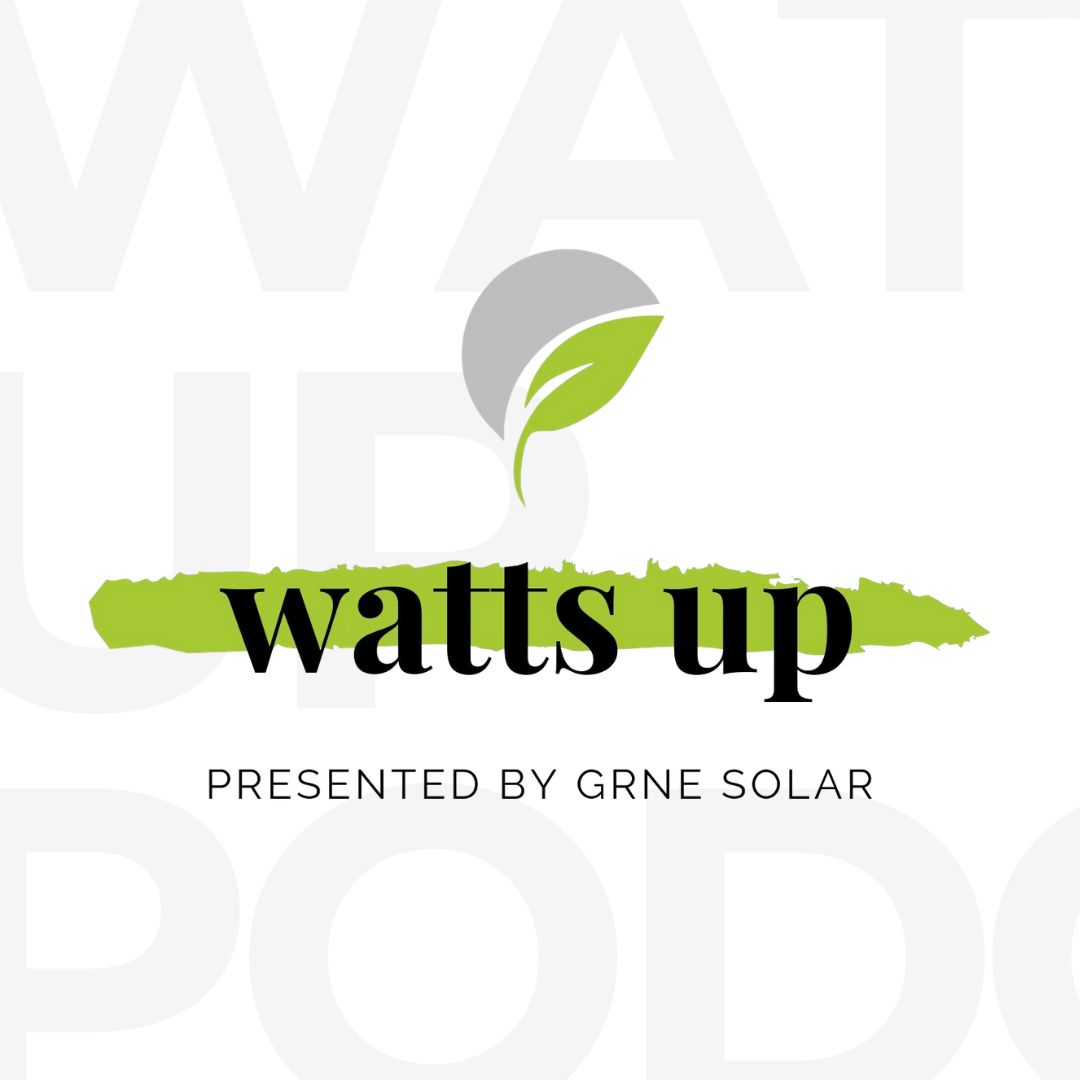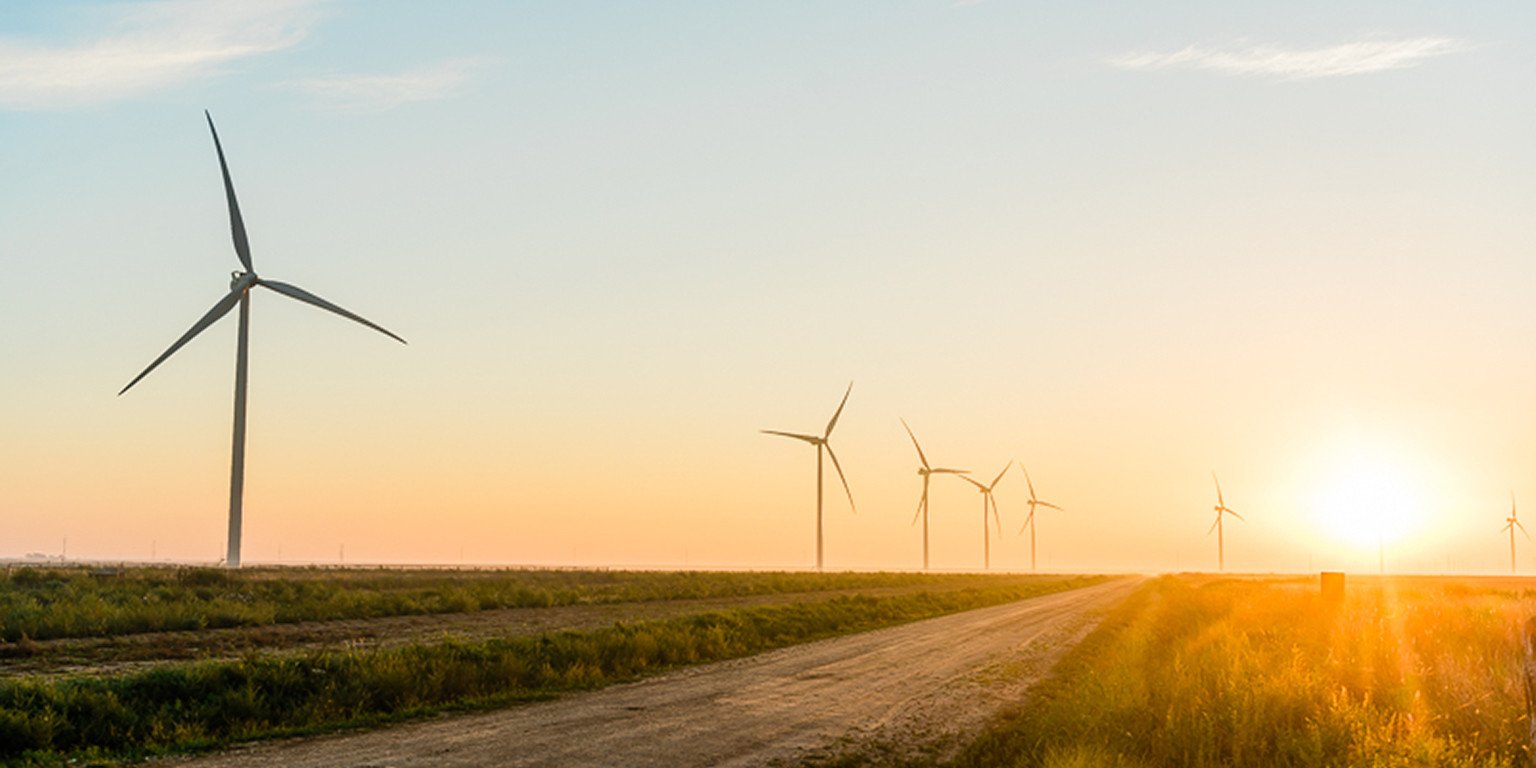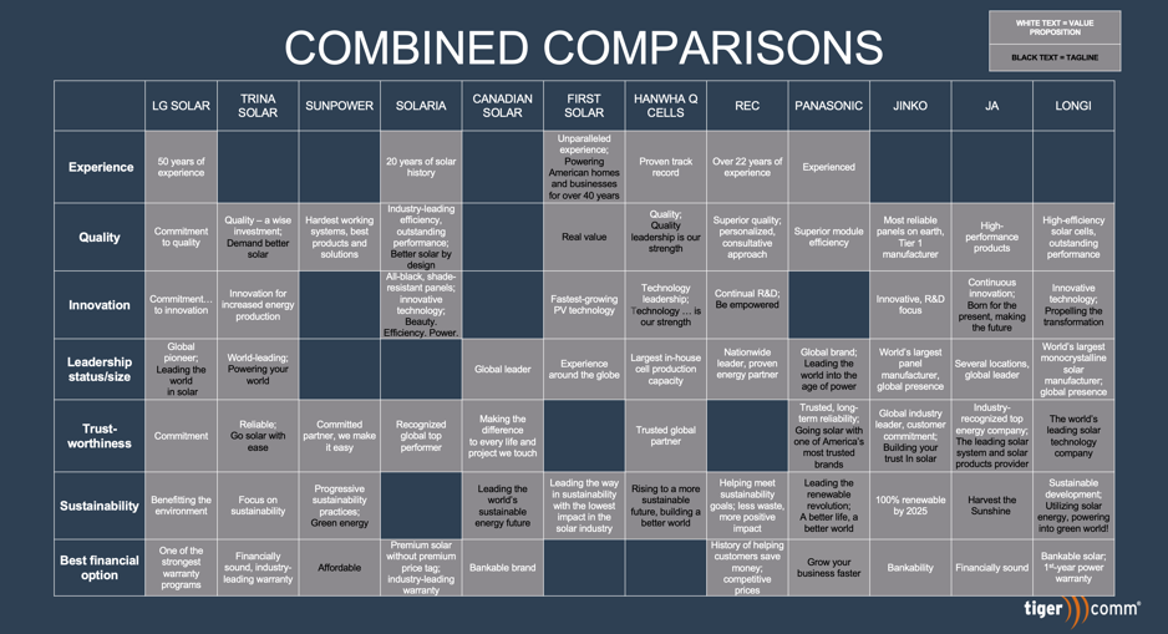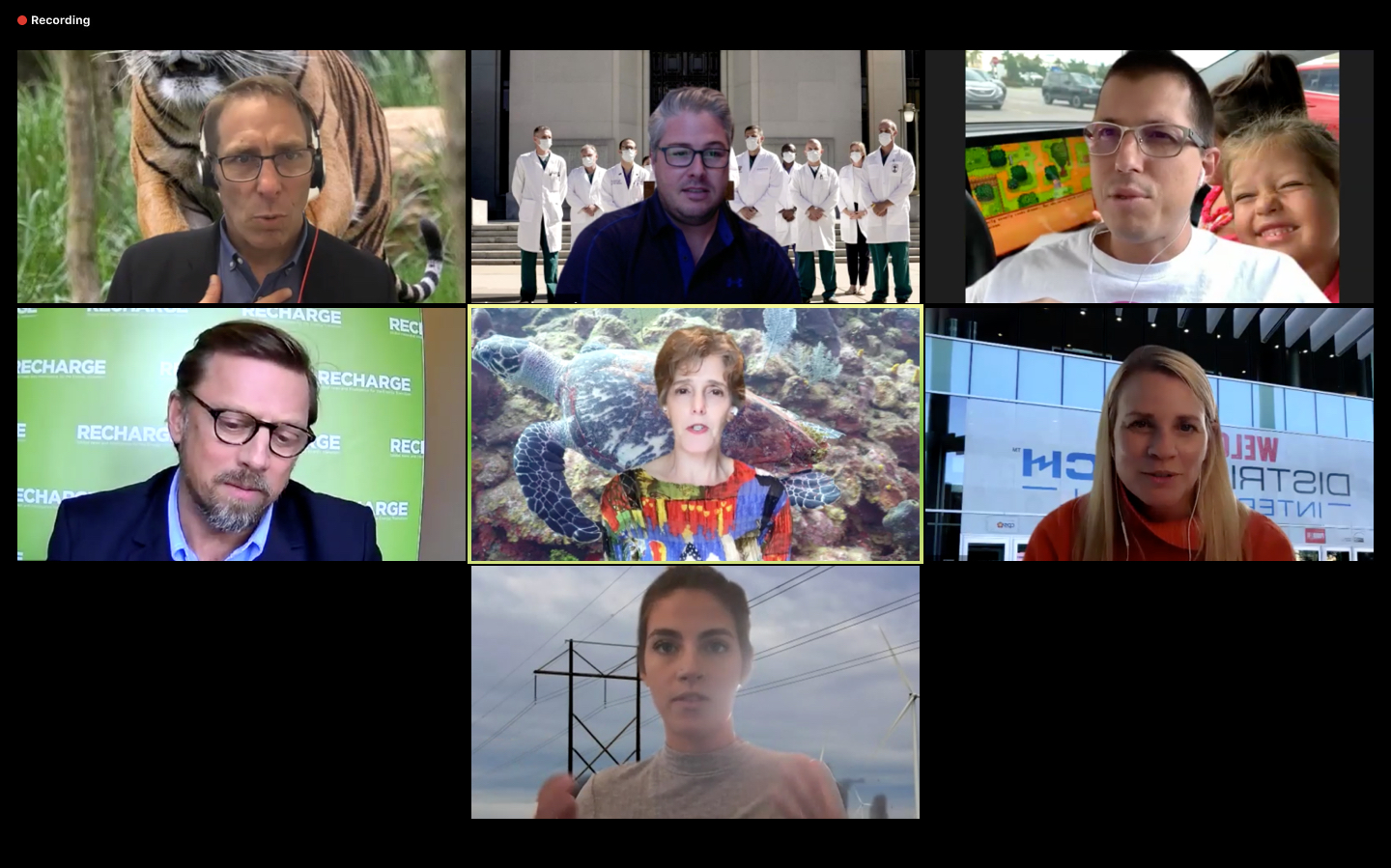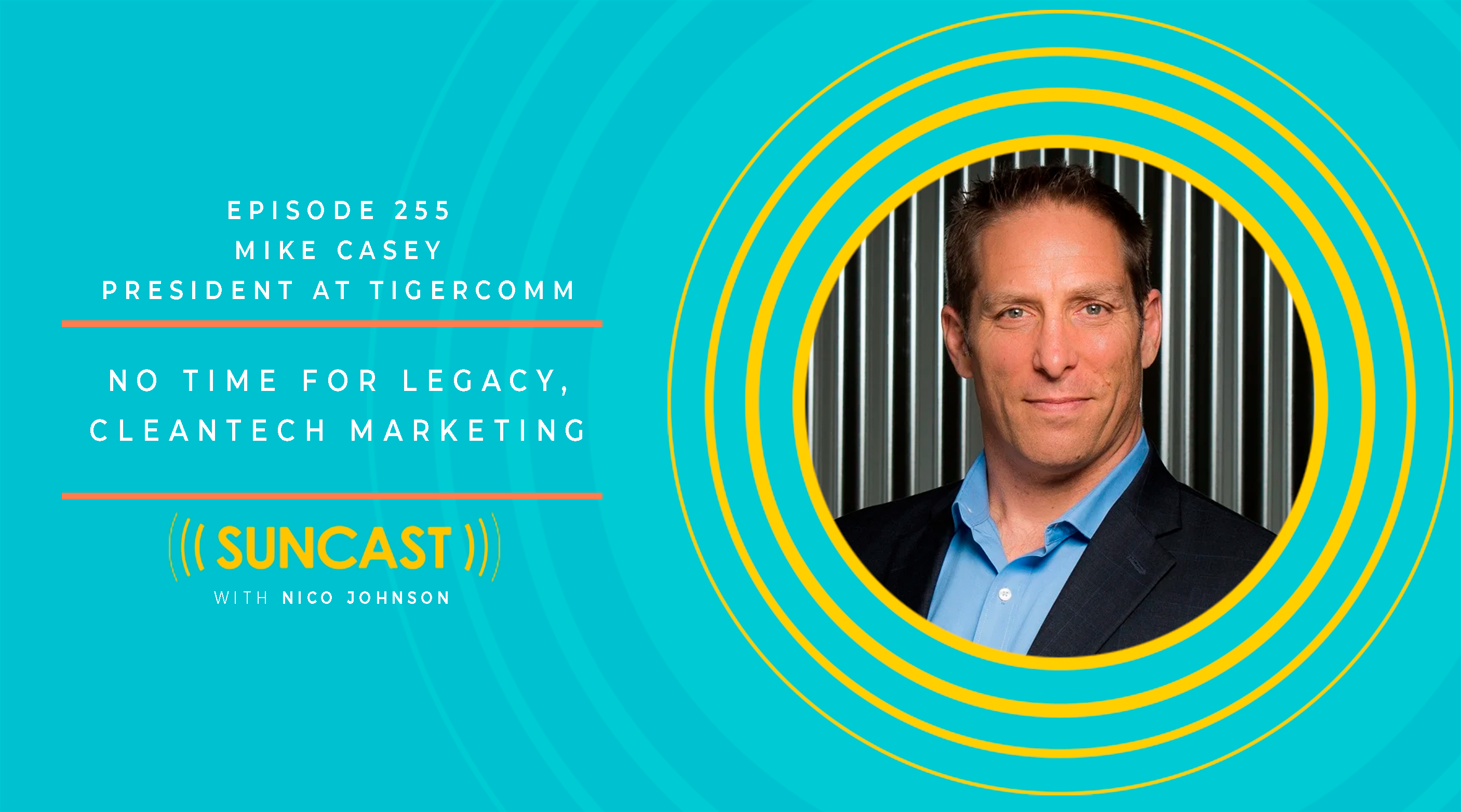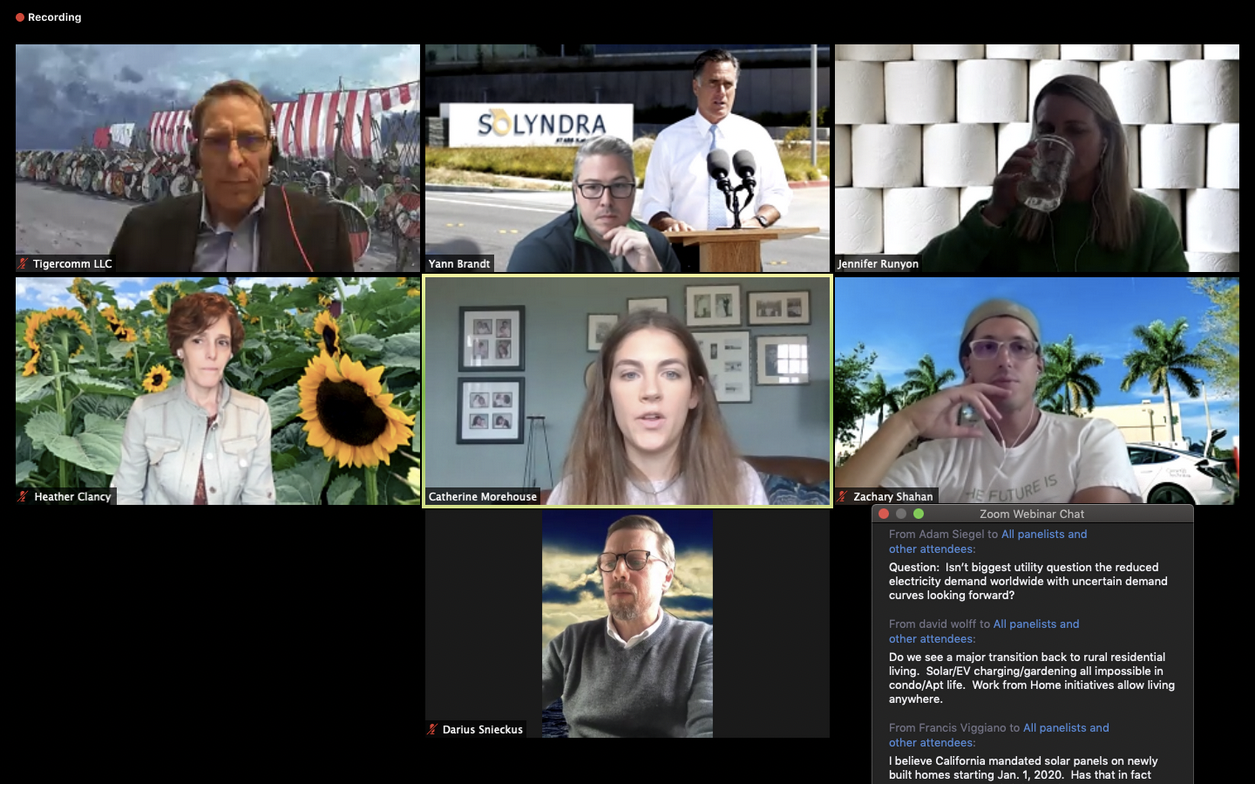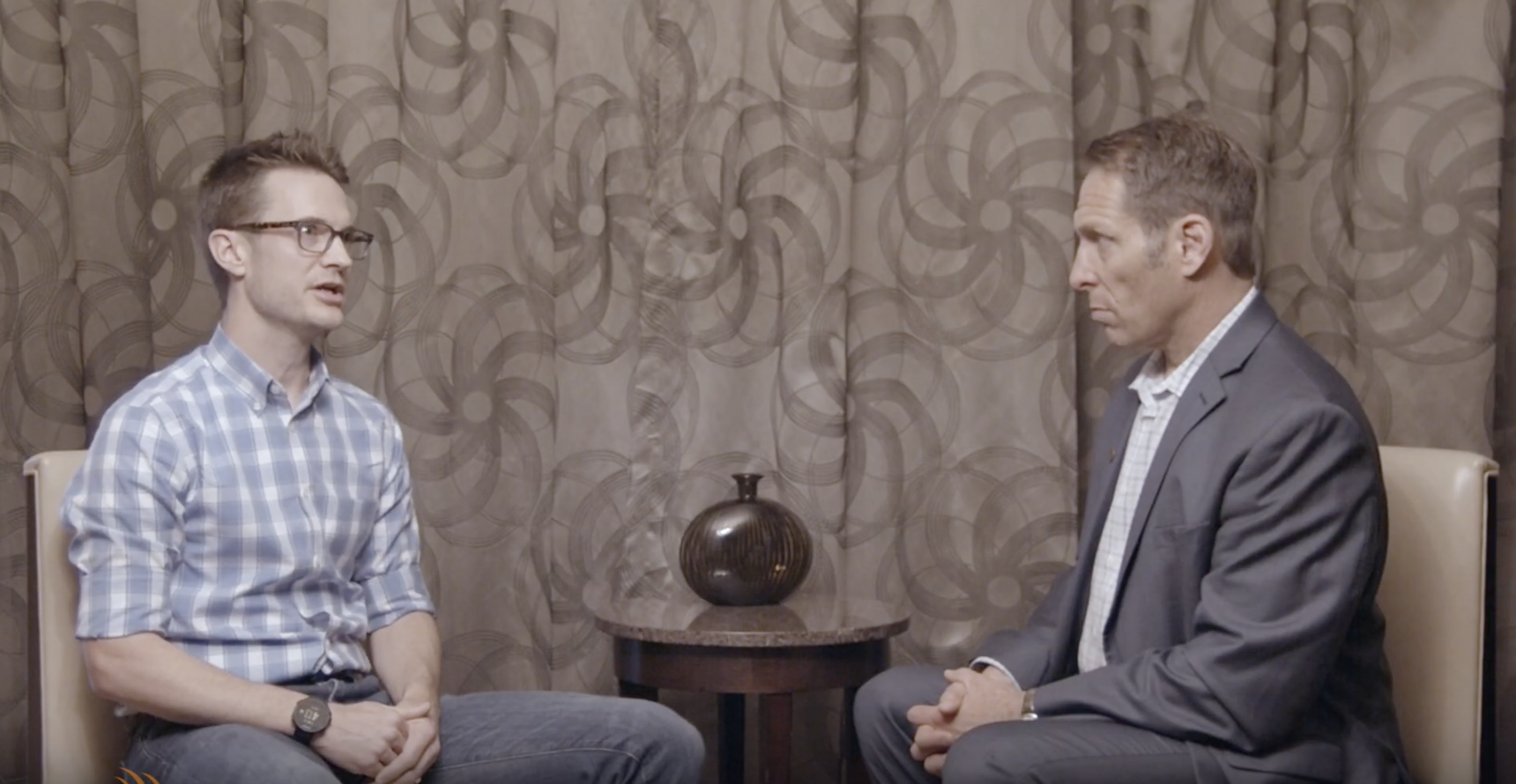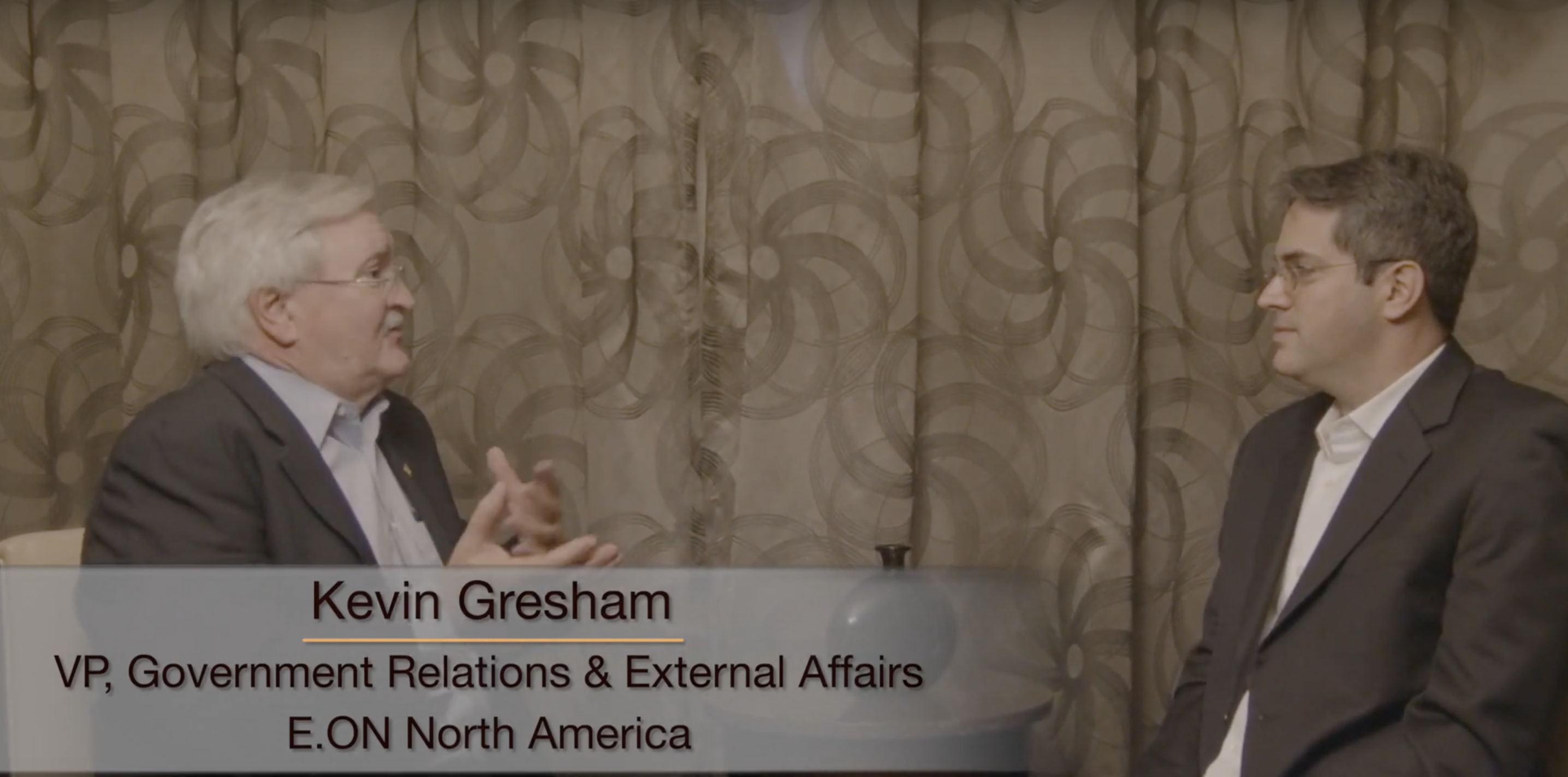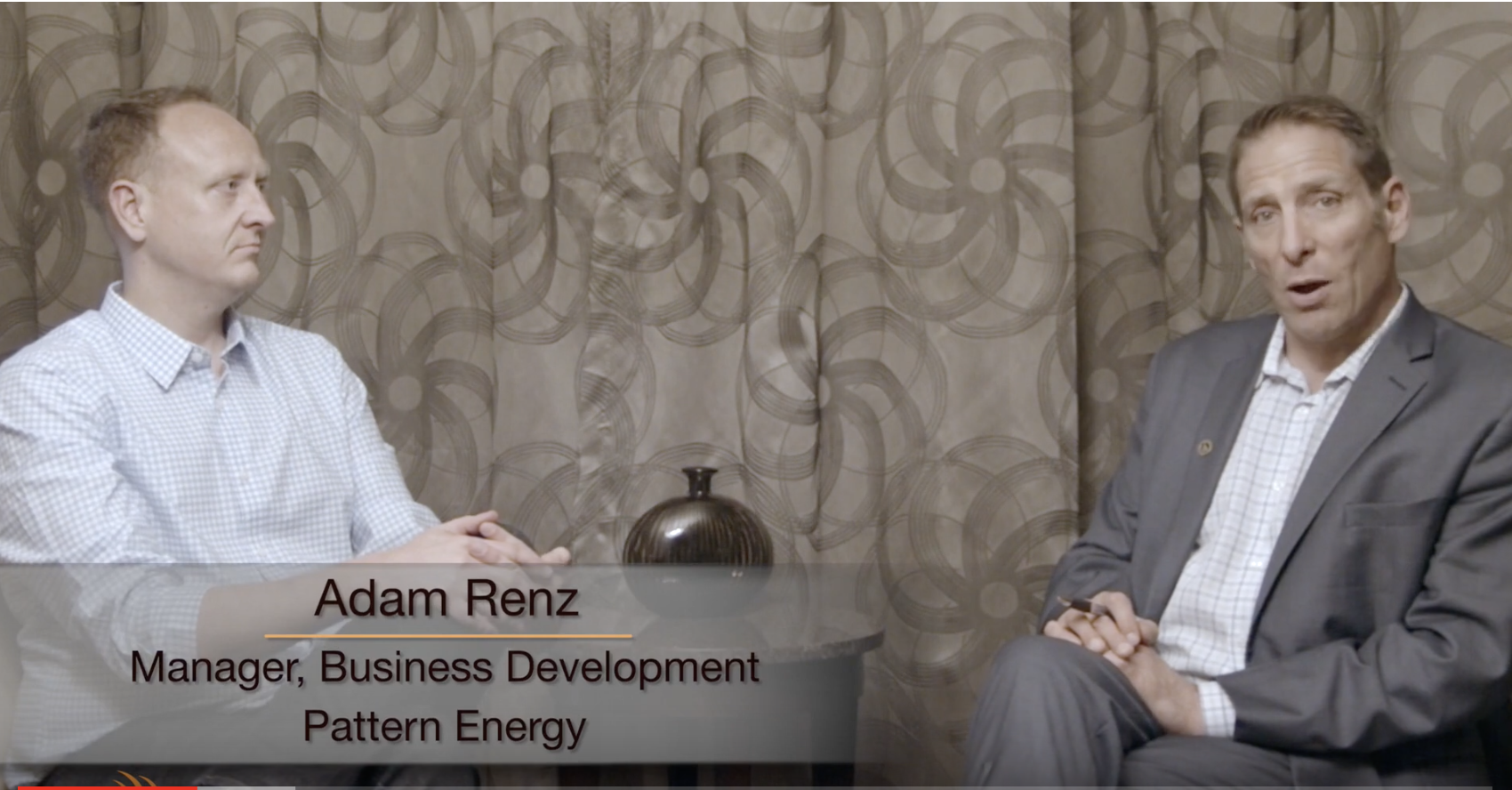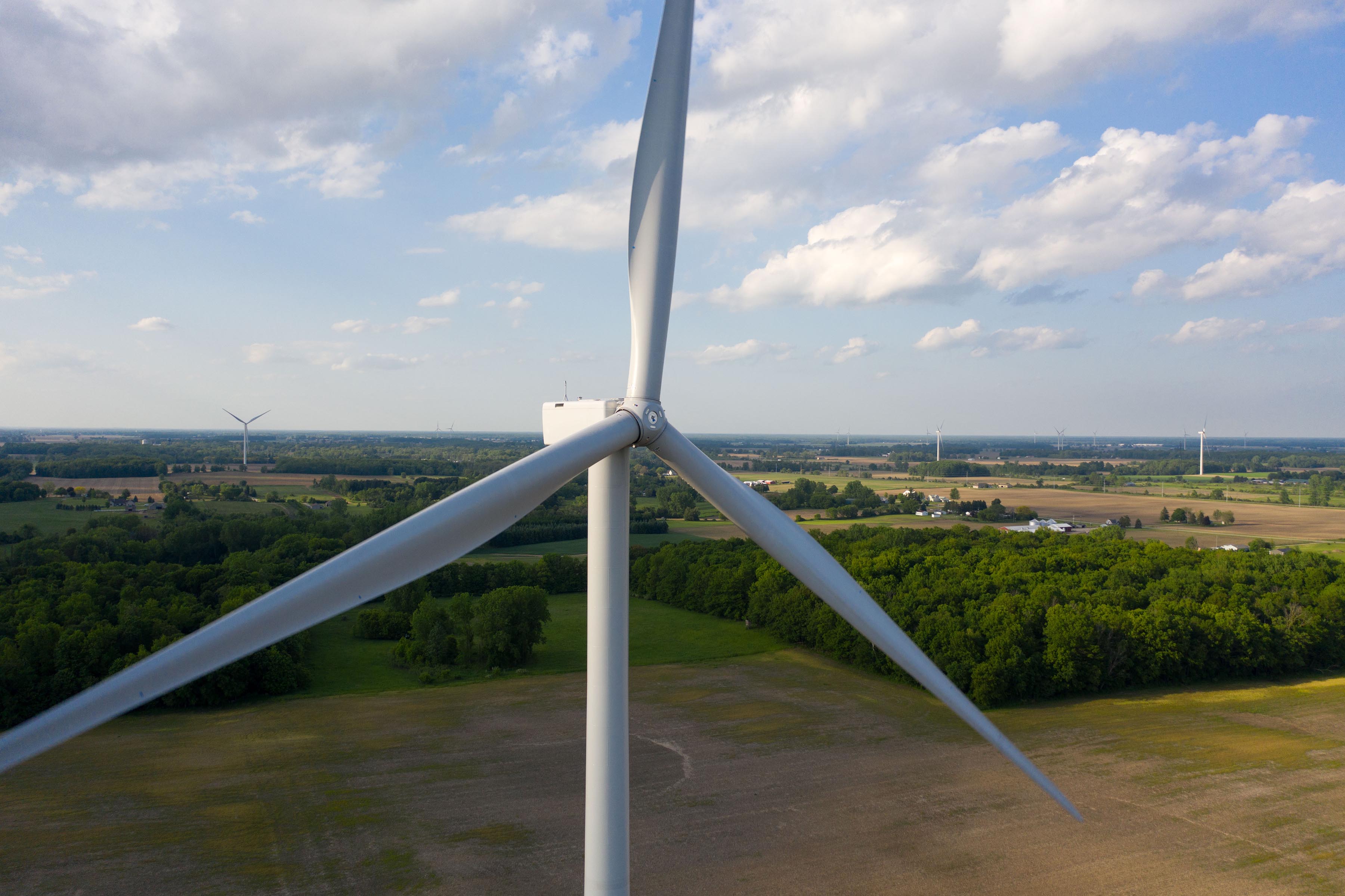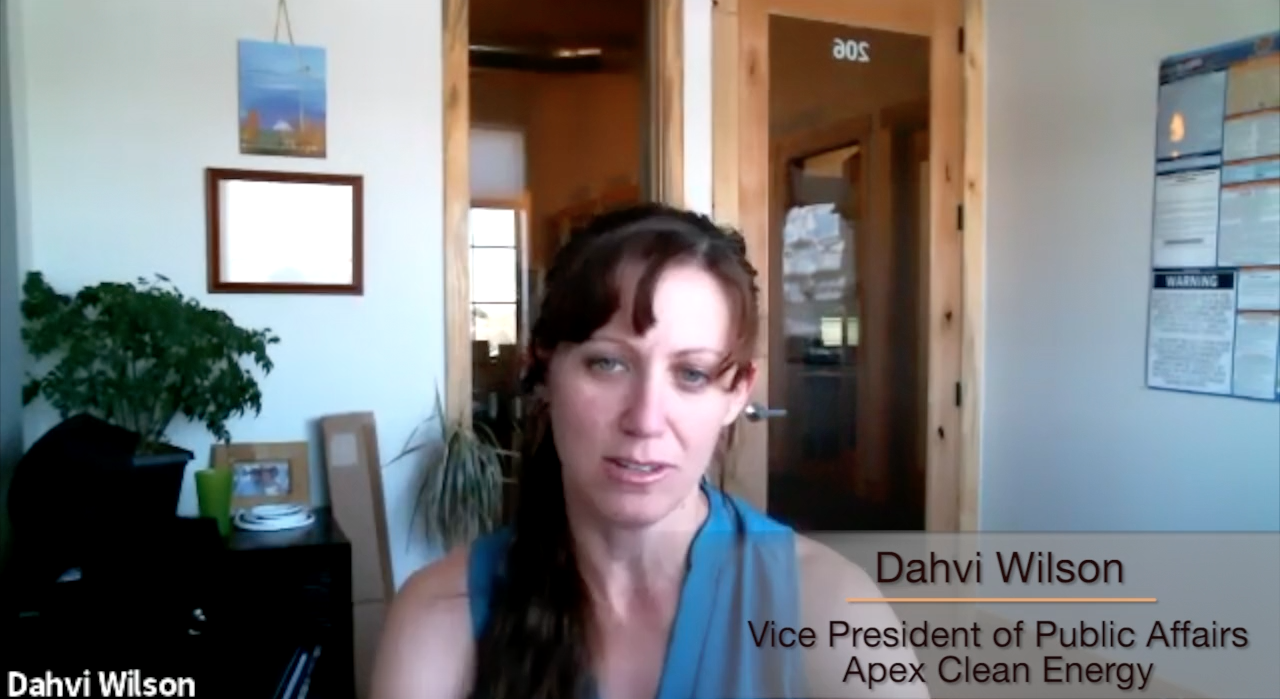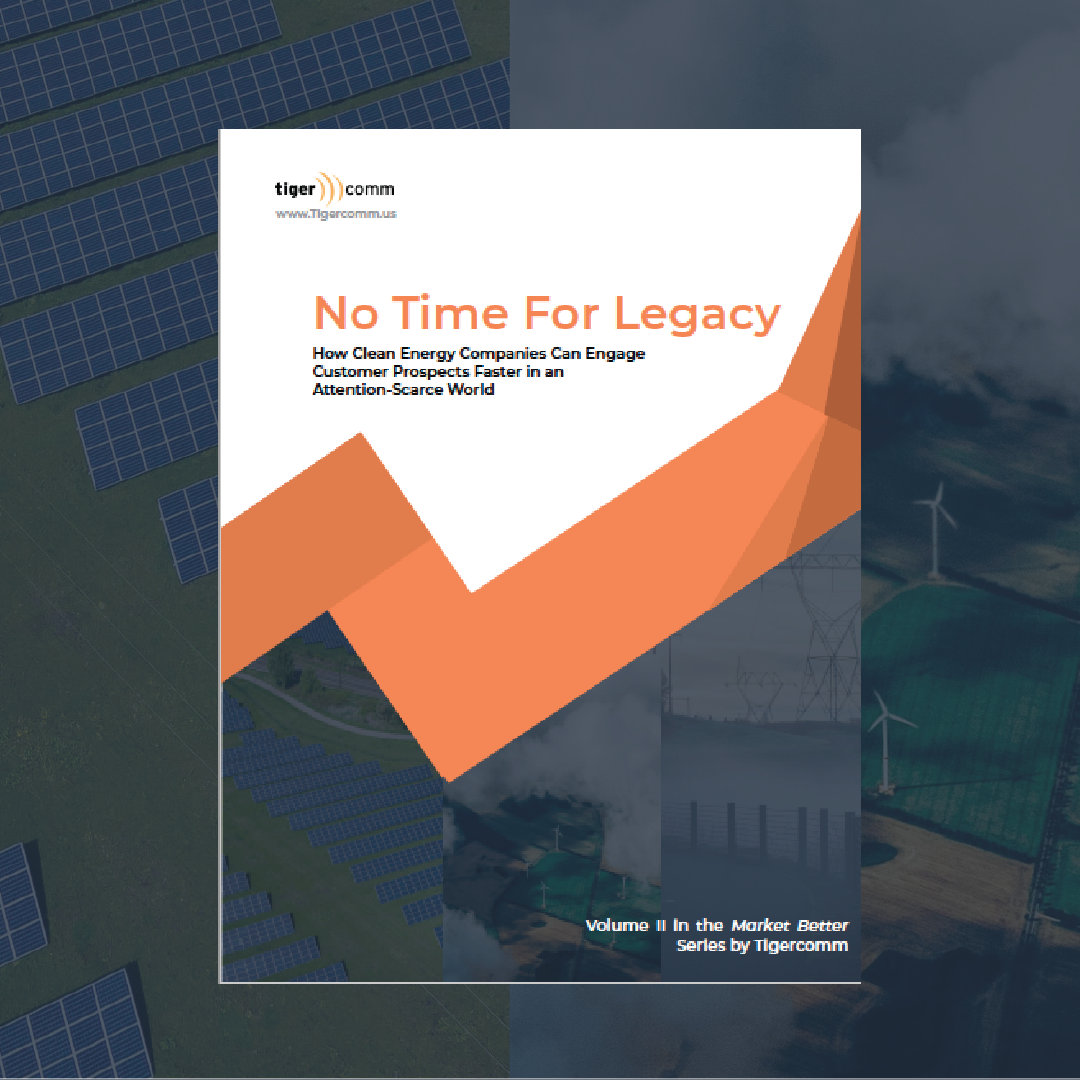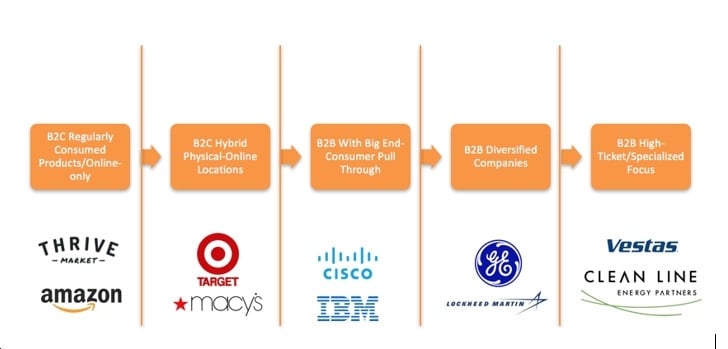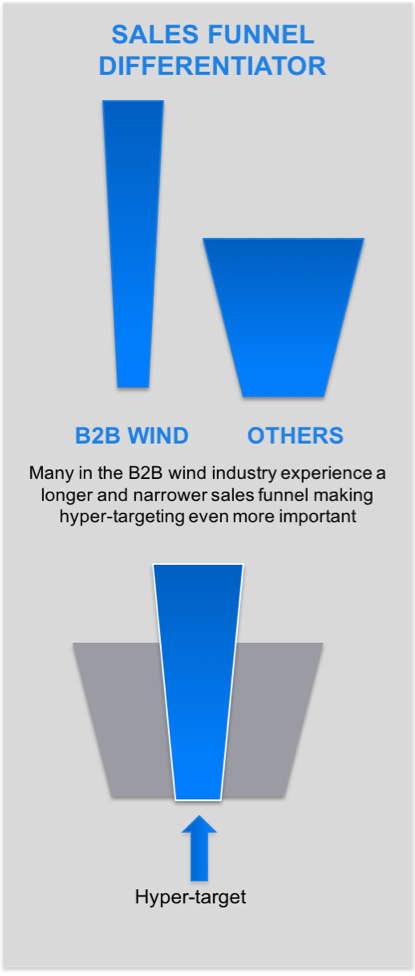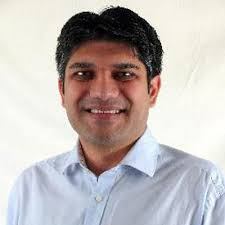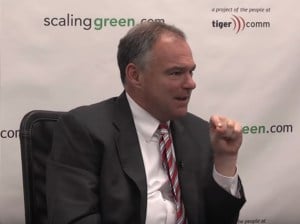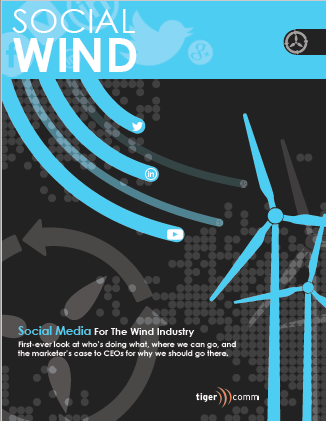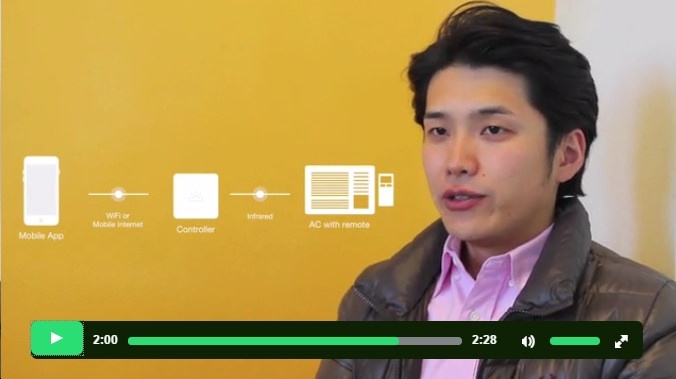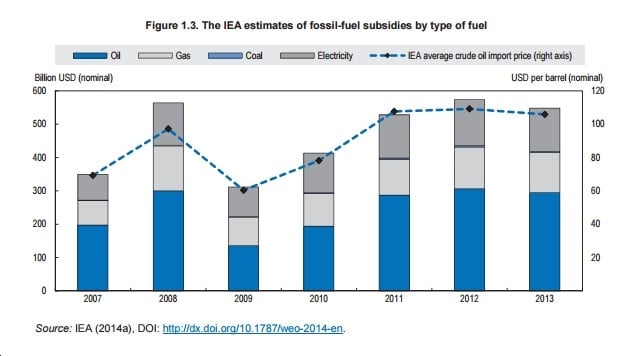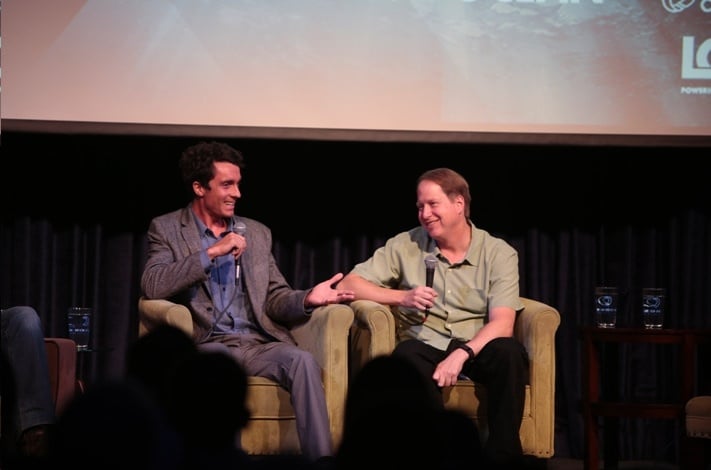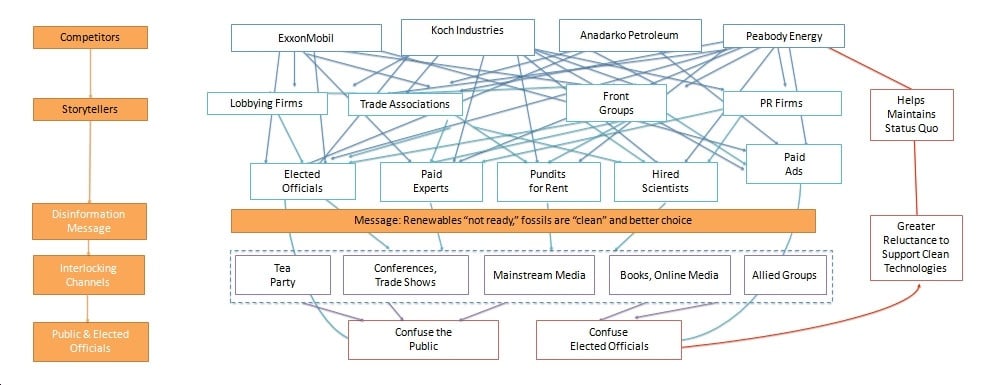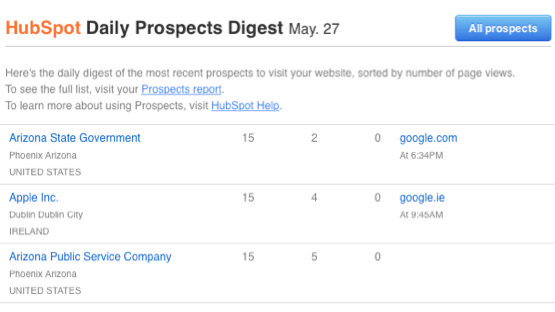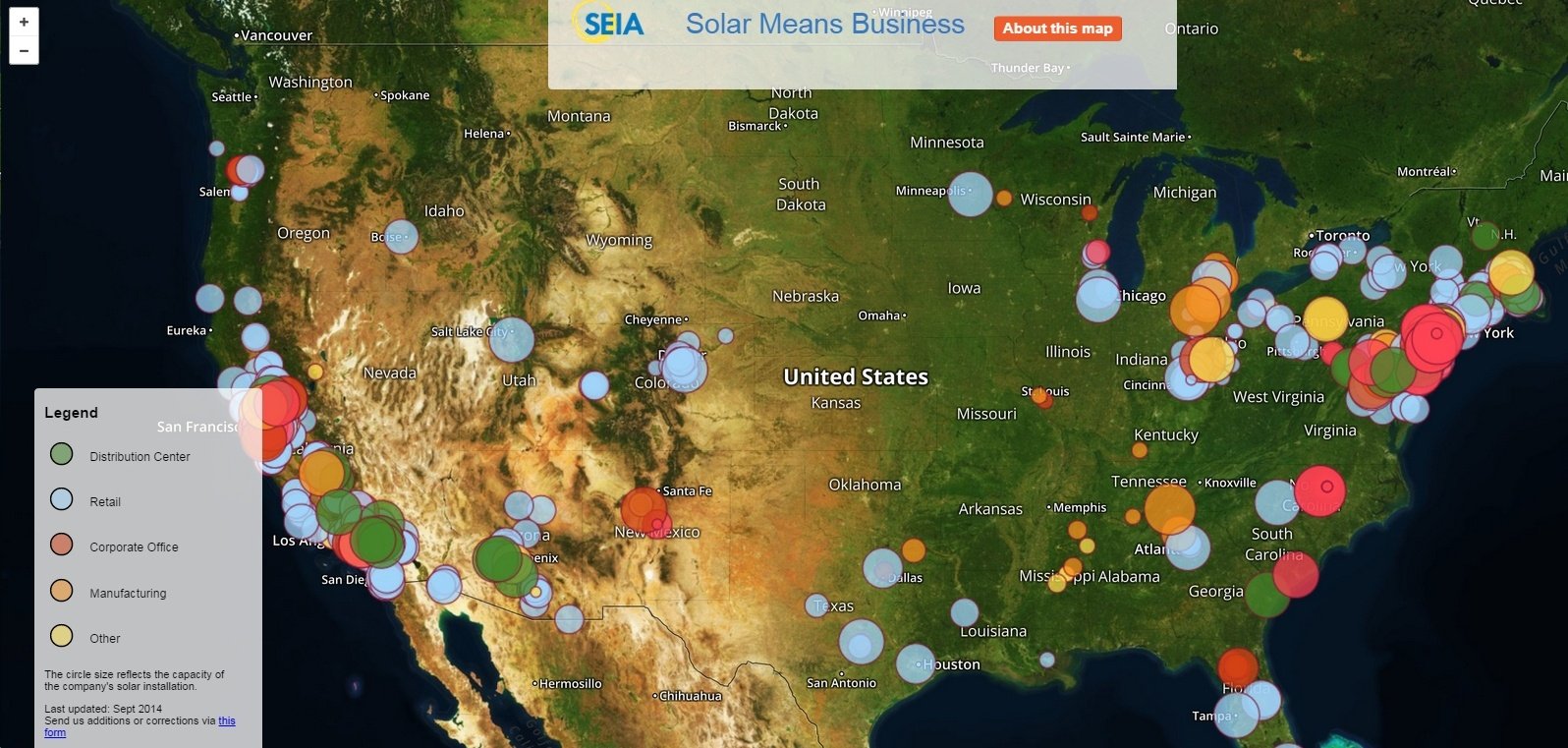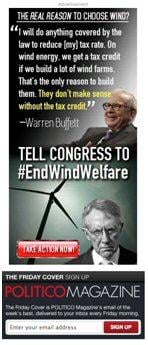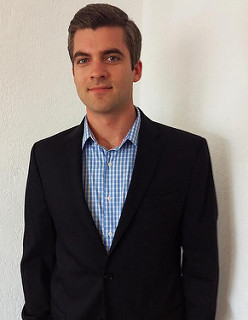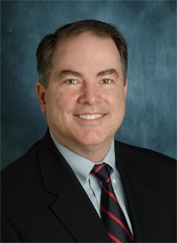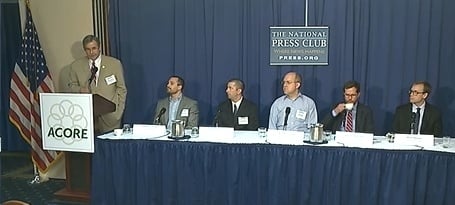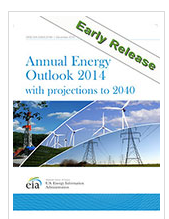Insights
Clean Energy Blog by Tigercomm
Expert Insights & Tips
VIENNA, VA, UNITED STATES, December 1, 2025 /EINPresswire.com/ -- Tigercomm, America’s leading communications and PR firm serving clean energy companies,...
Continue ReadingTL;DR:
According to Muck Rack’s 2025 AI citation study, ChatGPT, Claude, and Gemini overwhelmingly cite journalistic, non-marketing content, especially on...
Continue ReadingTigercomm and Rondo Energy Win Netty Award for Best Public Relations Firm
We’re proud to share that Tigercomm won the Netty Award for “Best Public Relations Consulting Firm," recognizing a media campaign that helped our client, Rondo...
Continue ReadingDoes Your Early-stage Cleantech Company Need Capital? There’s a Service for That... Introducing CleanPitch™!
Introducing CleanPitch™
Practically every early-stage cleantech company we’ve talked to in the last 12 months has said the same thing: It’s a lot harder to...
Continue Reading#Cleantechers –
Continue ReadingWe recently completed our ninth investors roundtable working with our friends at CTLR (Cleantech Leaders Roundtable). We had a great roster that included:
- ...
We recently completed our eighth investors roundtable working with our friends at CTLR (Cleantech Leaders Roundtable). We had a great roster that included:
- ...
We recently completed our seventh investors roundtable working with our friends at CTLR (Cleantech Leaders Roundtable). We had a great roster that included:
Continue ReadingWe recently completed our sixth investors roundtable working with our friends at CTLR (Cleantech Leaders Roundtable). We had a great roster that included:
Continue ReadingWe recently completed our fifth investors roundtable working with our friends at CTLR (Cleantech Leaders Roundtable). We had a great roster that included:
Continue ReadingWe recently completed our fourth investors roundtable working with our friends at CTLR (Cleantech Leaders Roundtable). We had a great roster that included:
Continue ReadingFollowing a string of successes over the last few years, the clean energy landscape looks extremely bright. Last December in Paris, 196 countries, working with...
Continue ReadingThis article was updated in October 2023 to reflect the most recent industry developments.
We had the pleasure to go on the Growth Secrets Podcast with host ...
Continue ReadingAs we mark the one-year milestone of the Inflation Reduction Act, resistance to the clean energy shift is arising, significantly propelled by a gas industry...
Continue ReadingEpisode 22: Exploring Grasstops Campaigning in the Cleantech Industry with Expert Jonathan Drobis
#Cleantechers working in community engagement for projects – If you’d like to see how big-budget, mature corporations run their local public affairs, please...
Continue ReadingBy Melissa Baldwin and Mike Casey
Most clean economy businesses need to build profiles for both their company and individual members of their executive teams....
Continue ReadingWe recently completed our third investors roundtable working with our friends at CTLR (@Cleantech Leaders Roundtable). We had a great roster that included:
Continue ReadingBiggest solar project in South America opened by Atlas Renewable Energy and Nextracker
South America's Largest Solar Project
Quite the contrast this week.
While Yahoo News reported, "The head of the International Energy Agency issued a stark...
Continue Reading#Cleantechers, we hosted our 9th Quarterly Cleantech Editors and Reporters Roundtable in April. It’s hard to believe we’ve run these for over two years, but...
Continue ReadingYou might have seen this Washington Post story, “The Underbelly of Electric Vehicles,” which takes a critical view of EV production’s impact on people and the...
Continue ReadingThis article was originally published on Agility PR's Bulldog Reporter blog.
Request for Proposals (RFPs) are a long-standing tradition among companies and...
As a lot of you know, we convene quarterly roundtables for podcasters, journalists, and investors in the cleantech space. Today, I get the privilege of talking...
Continue ReadingThis article was originally published on CleanTechnica.
Continue ReadingA Tribute to Doug Kendall
I try to keep my content stream outward focused. There’s so much egocentric, “look at me” content online that I don’t see the point...
How to Run a Renewable Energy Public Relations (PR) Campaign
In mid-2022, almost 60% of Fortune 500 CEOs said their company had a plan to reach net-zero by...
Continue ReadingHow recent news is tightening the screen on who rural Americans will listen to.
#Cleantechers, if you run point on community engagement for a renewable energy...
#Cleantechers, Tigercomm hosts/moderates three quarterly convenings of cleantech players. These groups of journalists, podcasters and investors bring...
Continue ReadingWhat’s the recipe for a winning investment pitch? Contrary to popular belief, it’s not business fundamentals.
As reported by Business Insider, academic...
#Cleantechers, The New York Times’ David Wallace Wells is out with a fascinating piece, “Clean Energy Is Suddenly Less Polarizing Than You Think.” The headline...
Continue Reading#Cleantechers, one of the best things about my job is getting a close look at technologies with world-changing potential. Rondo Energy's "Heat Battery" is one...
Continue Reading#Cleantechers - Few electrons in the universe will move differently because I'm named as a finalist with honorable mention for the Cleanies' "Trailblazer"...
Continue ReadingThe phony Solyndra non-scandal of 2010-12 was catalyzed by a highly publicized FBI raid. It was then driven by an Iron Triangle of fossil fuel-funded front...
Just before the holidays, we hosted a year-end episode of the Cleantech Podcasters Roundtable. Our lineup changed a bit, with the happy addition of John...
Continue ReadingWe closed our cleantech journalists panel at RE+ with a question we often like to ask our Scaling Clean podcast guests: Are you a climate optimist or pessimist...
Continue ReadingIn the U.S., the field of companies developing renewable energy farms is quickly expanding. There are a large number of new additions coming from developing...
Continue ReadingIn our podcast, Scaling Clean, we seek usable insights on building and running successful companies from the cleantech CEOs, investors and the people who...
Continue ReadingWhen we convened our cleantech journalists live from the stage at the RE+ trade show, among the questions we posed was how clean economy would address its...
Continue ReadingCleantechers, below I share some first impression takeaways from Tuesday’s election results. I offer these through the lens of my time in politics (25 years)...
Continue ReadingWe know that most people won't watch the full 45 minutes of our live Cleantech Journalist Roundtable from the RE+ mainstage. We're starting a series of four...
Continue ReadingWhoa. When we first developed the idea of a quarterly investors roundtable with Andrea Luecke and the Cleantech Leaders Roundtable, we didn’t know how...
Continue ReadingBuilding Community Acceptance When Wind Project Opponents Organize Online, But Developers Don’t
Under Utilization of Social Media in Wind Energy Marketing
We recently conducted the first-ever review of the use of digital tools by Independent Power...
Continue ReadingThis article was updated in November 2022 to reflect the most recent industry developments.
Video Marketing for the Renewable Energy Sector
We often hear from...
Continue ReadingWe can’t say it enough: the Inflation Reduction Act is a landmark moment for our climate, and the clean economy and homeowners stand to benefit. When the bill...
Continue ReadingI had the pleasure recently of talking with Joseph Batir, host of the Energy Transition Solutions podcast.Joe and I talked about:- Why I’ve found that working...
Continue ReadingWe finally have the full-length video of our quarterly roundtable of cleantech journalists, which was held from the stage at RE+. Thanks to our friends at the...
Continue ReadingWe've got another great roundtable on the books. Below are our big three takeaways of the conversation.1. The perception of green hydrogen as a climate...
Continue ReadingI got to talk with Renewable Energy World’s John Engel about our recent paper, “We’re the People We’re Waiting For,” along with SOLV Energy CEO George Hershman...
Continue ReadingTigercomm talks a lot about improving social media strategies for cleantech companies to compete with incumbent fossil fuel interests. We’ve worked with a...
Continue ReadingIt’s been a tough couple of years on the conference scene, raising questions about what trade shows will look like post-pandemic. I have to say, though, that...
Our 8th quarterly Cleantech Editors and Reporters Roundtable convened last week in the midst of one of the most exciting federal climate moves of our time.
Continue ReadingZachary Shahan of CleanTechnica honored us by running our recent white paper, “We’re the people we’re waiting for,” and interviewed us for his CleanTech Talk...
Continue ReadingBefore publishing this paper, I had to change its subhead from “Angry about Joe Manchin? Take a number,” to what you read above.
Many working for the clean...
Continue ReadingClean Energy Investment - Why Corporations Are Being Drawn to the Clean Energy Market Now
Note: this article was updated in August 2022 to reflect recent changes in the industry.
The Global Clean Energy Investment Landscape
The cost of renewable...
Continue ReadingLast week, a mix of regulars and new faces converged for the 5th Quarterly Cleantech Podcasters Roundtable, perhaps the best we’ve had so far:
Continue ReadingEnergy storage is a central, even crucial, component in the transition to a clean energy economy.
Continue ReadingCleantech executive teams are almost universally concerned with the impact of commoditization of their companies’ long-term growth. But if your product isn’t...
Continue ReadingDigital Solutions for Securing Community Acceptance of Wind Energy – With Will Eberle of E.ON North America
This article was updated in June 2022 to reflect...
Continue ReadingThe Importance of Public Affairs in the Micromobility Industry
Micromobility (MM) risks the fate of other disruptive industries that underinvested in public...
Continue Reading"Don't Ghost Your Host" - Improving Community Acceptance for Renewable Projects | Clean Power Hour with Tim Montague
Cleantechers, some of you might remember that last December, we released interesting numbers from bellwether Huron County, MI.Groundbreaking polling methods...
Continue ReadingDictionary.com:
Mosaic - 1. a picture or pattern produced by arranging together small colored pieces of hard material, such as stone, tile, or glass.
If you...
We’re honored to be named among The Manifest’s most recommended B2B leaders in D.C. For 17 years, we’ve served some of the top clean economy companies who are...
Continue ReadingThe traditional, conventional wisdom in business marketing is to ignore competitors. “Don’t give them oxygen.” But that’s wrong, according to Duke University...
Continue ReadingB2B Purchase Decisions In Cleantech And The Digital-Social Criticality Scale
Across clean economy sectors, the sales and marketing teams we talk to share a...
Continue ReadingEpisode 4 of our quarterly podcast roundtable is on the books — Nico Johnson and I had a great conversation with Marie Burgquist, Gil Jenkins, Tim Montague and
Continue ReadingHello cleantechers!
I'm announcing today that Tigercomm’s launching: “Scaling Clean, the podcast for clean economy CEOs, investors & the people who advise...
Continue ReadingThis article was updated in March 2022 to reflect industry changes.
Why Should Cleantech Companies Invest In Social Media?
Spoiler alert: We’ve found that...
Continue ReadingNote: This article was refreshed in March 2022 to reflect the current state of the cleantech industry.
What do your customers buy, really? Is it your product?...
Continue ReadingOperating Wind and Solar Farms Might Be Cleantech’s Most Underutilized Public Affairs Tool
We recently teamed up with our friends at Conservatives for a Clean Energy Future and the folks at Embold Research to do something untried: use cutting-edge...
Continue ReadingIt was fun to talk with Adam Torres of Mission Matters Media about how public relations is both serving and changing the way businesses interact with consumers.
Continue ReadingHere’s the Latest on Offshore Renewable Energy Development Plans - Global Wind Capacity is Set to Double by 2027
This article was updated in January 2021 to reflect the most recent industry updates.
A lot is going on in the booming wind power industry these days. ...
This article was updated in January 2021 to reflect the most recent industry updates.
One of the great things about my job is talking to cleantech companies...
Continue ReadingThis article was updated in January 2021 to reflect the most recent industry updates.
One of the main challenges new clients bring to Tigercomm is how to...
Continue ReadingWe’re back with the Final Cleantech Podcasters Roundtable of the year! Hosts of six major clean economy podcasts once again reconvene for a one-hour discussion...
Continue ReadingWe're honored to be mentioned as one of the 65 most innovative U.S. #cleanenergy companies that are based in Virginia by Futurology Life. That work's easier...
Continue ReadingWe helped finish 2021 with our 6th Quarterly Cleantech Editors Roundtable. It was another interesting discussion with Heather Clancy of Green Biz, ...
September 24th marked our 2nd ever Cleantech Podcasters Roundtable, and it was full of great insights from our seven guests. In case you missed it, here are...
Continue ReadingLast week, we hosted the 5th Cleantech Editors Roundtable, and we think it was our best yet. Six editors from major cleantech news sites met to cover a wide...
Continue ReadingNew Hands On Deck
We are announcing today that Tigercomm has acquired Chase Media Services and that its principal, Melissa Baldwin, is joining us this week as senior vice...
Continue ReadingA Climate Tech Journey
This week, I shift my career from “why” to “how.” Let me explain.
My name’s Melissa Baldwin, and as we announced today, Tigercomm’s...
Continue ReadingDesignRush Names Tigercomm In List Of Top 5 Digital Marketing Agencies In DC
Thank you DesignRush for ranking Tigercomm in their list of the Top 5 Digital Marketing Agencies In Washington D.C.We are excited to be acknowledged for the...
Continue ReadingFellow cleantechers – You’ve heard about our quarterly #Cleantech Editors & Reporters Roundtable series. Now Tigercomm is experimenting with the first ...
Continue ReadingTigercomm EVP Mark Sokolove is leaving us. Here’s what that says about cleantech.
Let’s get the news out of the way, so we can get to the opining … After 14 years of helping build Tigercomm into the top clean economy marcom and public...
Continue ReadingNearly every independent analyst is forecasting that during the next three decades cleantech sectors – and solar in particular – will experience double-digit...
Continue ReadingStranger Than Fiction - A Compelling Story, Missed in Real Time
Our friends at Checks and Balances Project (C&BP) are really effective. With a shoe-string...
Continue ReadingWhy Steer Into Rough Seas? Interviews With The Experts: Kris Ohleth
As part of our series of interviews with people leading community engagement for the U.S....
Continue Reading4th Quarterly Cleantech Editors Roundtable
On April 21, we had the honor of welcoming the editors who have formed our Cleantech Editors Roundtable. This fourth...
Continue ReadingAs part of our interview series with Offshore Wind’s (OSW) community engagement leaders, we were thrilled to talk with Ashley McLeod. A former executive with...
Continue ReadingThe launch of Canary Media is terrific news for the cleantech industry. My hat is off to Eric Wesoff, David Roberts, Jeff St. John, GTM alumni, and the entire...
Continue ReadingWe have this recent piece in Renewable Energy Magazine speculating on what clean energy trade shows and conferences will look like as the country emerges from...
Continue ReadingThe solid reception to our talk at the 2019 Offshore Wind Conference inspired us to stay focused on the topic of best practices for offshore wind developers in...
Continue ReadingNat Schub and I enjoyed talking with CleanTechnica’s podcast host, Mike Barnard, to discuss the importance of the micromobility (MM) industry and our analysis...
Continue ReadingWhat do these people have in common? Leading light Texas Governor Greg Abbot, Fox News windbag Tucker Carlson, Mensa member (and former DOE Sec.) Rick Perry,...
Continue ReadingCleantech Editors Convened For The First Time – Listen to The Conversation
Last Friday, we were honored to have hosted six editors of leading cleantech news sites to join in an hour-long discussion: Recharge’s Darius Snieckus,...
May we live in interesting times. Since our previous Cleantech Editors & Reporters Roundtable, we have witnessed a chaotic election cycle, a riot at the...
Continue ReadingNancy Sopko doesn’t currently drive community engagement at an offshore wind company. But we had to include her in this series for a number of reasons, not the...
Continue ReadingThanks for a fun conversation with Marie Brugquist, Ryan Suchsland and Conner Allen of GRNE Solar. Hat’s off to this regional solar installation company that’s...
Continue ReadingThanks toBill NusseyofThe Freeing Energy Project's podcast. We’re fans of the work Bill’s doing, and he fingered us as advocates for "strategic brevity" and...
Continue ReadingWe had a fun talking with Benoy Thanjan of the Solar Maverick Podcast. We covered a huge range of topics, but the highlights of the conversation that clean...
Continue ReadingOffshore wind communicators, community engagement leads and supporters: Have you had a question to ask offshore wind editors? Now’s your chance. Tune in...
Continue ReadingI’m fired up about being a speaker at Solar Power International, now part of North American Smart Energy Week. Our presentation was based on an analysis and...
The quarterly Cleantech Editors Roundtable is back! We recently hosted the second roundtable discussion with our guests: Catherine Morehouse of Industry...
Earning Public Acceptance of Offshore Wind Projects — Mistakes and Best Practices
Note: this article was first published in 2020.
Offshore wind must effectively engage coastal communities. It can save money and avoid heartache through the...
Continue ReadingSunCast Appearance
Nickalus "Nico" Johnson and I had a great conversation about the state of #solar and #cleantech #marcom. His SunCast Podcast is a rising platform in the...
Continue ReadingTigercomm Convenes First-ever Cleantech Editors & Reporters Roundtable
Have questions you want to ask editors of the major cleantech news sites? While socially distancing, we’ve got a webinar for that.
Continue Reading“We have to stop being afraid of using social media to communicate.”
We’ve known EDF Renewables’ Christine Karlovic for almost 10 years. When she agreed to...
Continue ReadingIPPs have “ceded the digital ground” to Nimbys, and communities are increasingly making decisions on wind farms on Facebook, writes Mike Casey
Originally...Continue Reading
Enel Green Power’s Nick Coil: When it Comes to Community Acceptance, Start Using Digital Tools EARLY
Of all the people we’ve interviewed for the Not Just for NIMBY series, Enel Green Power’s Nick Coil has probably spent the most time in rural communities...
Continue ReadingSocial “needs to connect to community values”
You could argue that E.ON’s Kevin Gresham has the broadest perspective on renewable energy public affairs in the...
Continue ReadingDigital tools can de-risk projects, but, “we have ceded a lot of our thought leadership to folks who oppose us”
Adam Renz is one of a handful of people who...
Continue ReadingPine River Wind Park. Credit Mark Houston, DTE Energy.
One of the highlights of our WINDPOWER trade show experience was getting to talk with industry leaders...
Continue Reading“It was almost like companies were embarrassed to admit that they had any opponents. Those days are gone. Everybody has opponents.”
“Companies have not been...
Continue ReadingToday, we’re continuing our discussion series on the use of digital tools to build community acceptance by wind energy independent power producers (IPPs)....
Continue ReadingAcross clean energy sectors, sales and marketing teams we talk to share a common challenge: It has gotten harder to get prospects to engage.
That’s because the...
Continue ReadingMajor Trends and Challenges in the Clean Energy Niche - A Cleantech Leader Survey
By Mike Casey and Noah Ginsberg
What were cleantech leaders thinking in 2017?
Earlier in the year, Tigercomm conducted a Cleantech Leaders Survey to shed light...
Continue ReadingReturning visitors to the Tigercomm blog will likely notice that something is different here: Tigercomm has rebranded our blog. Previously known as...
Continue ReadingIt’s what matters most to marketing and sales teams in any industry: Measuring success.
Continue ReadingA recent article in the Financial Times yet again drives home the fact that dirty energy, particularly coal, "has no future."
Continue ReadingSee below for video of Chris Brown of Vestas, keynoting the opening session on day two of WINDPOWER 2017, concluding today in Anaheim, CA. According to Brown,...
Continue ReadingIn energy markets across the country, from Texas to California to New Jersey and states like Iowa in between – electricity generated from renewables is...
Continue ReadingChris Brown, chairman of the board of the American Wind Energy Association and president of Vestas-American Wind Technology, Vestas’ North American business...
Continue Readingby Dan Bellows, Account Associate at Tigercomm
Continue ReadingDoes the Return of Solar's "Long Tail" Make the Case for Turnkey Marcom Solutions for Small Installers?
We read with great interest cleantech industry leader Andrew Beebe's thought piece, The Revenge of the Long Tail: Small, distributed solar companies are...
Continue ReadingWhen author and public speaker Brene’ Brown talked about “the power of vulnerability” at TEDx Houston in 2010, she was speaking as a researcher, a professor at...
Continue ReadingBy Sarah Lippincott and Mike Casey, excerpt from Social Wind.
Continue ReadingOver at The Guardian, Vestas' CEO Anders Runevad argues convincingly that "the future belongs to clean energy." Not surprisingly, given that that Vestas bills...
Continue ReadingBy Mike Casey, President of Tigercomm
Continue ReadingA new INDIEGOGO video by Green Commuter explains, "every year American spend nearly a week stuck in traffic," which takes time away from other important...
Continue ReadingWe're releasing the first-ever study of social media use by major wind companies, showing a nearly 63 percent usage rate of the major social media channels by...
Continue ReadingWe recently had a chance to speak with Haruumi Shiode, founder and CEO of a startup called Nature, Inc. This company’s focus is on improving residential demand...
Continue ReadingThe great folks at DeSmogBlog have yet another excellent piece up, this one looking at "How Propaganda (Actually) Works." Here's an excerpt, followed by a few...
Continue ReadingOne of the biggest challenges in marketing is how to generate more leads and close more sales. The good news: inbound marketing is making it much easier to do...
Continue ReadingThe B2B (business-to-business) environment is rapidly changing. Most of this change is driven by businesses modeling the purchasing behavior of the general...
Continue ReadingChecks and Balances Project Presses Investigation of Pro-Utility, Anti-Solar Arizona Corporation Commissioner
Last fall, we highlighted great work by the Checks and Balances Project (C&BP) watchdog group on the fossil-fuel-funded front group, the National Black Chamber...
Continue ReadingWe've been beating the drum for several years about the need for cleantech to play "full contact" against the fossil fuel lobby. Back in December 2010, for...
Continue ReadingDownload Our Clean Economy Infographic on Citi's Low-Carbon-Future Report
Recently, we summarized a fascinating, 132-page report by Citi, which confirmed (yet again) that switching from fossil fuels to clean energy makes sense not...
Continue ReadingWe thought that a quick guide to a few cleantech podcasts would be helpful for communicators, analysts, investors and industry professionals who want to stay...
Continue ReadingWhy Don't Journalists Ask Fossil Fuel CEOs Whether THEIR Industry Can "Stand On Its Own Two Feet" Without Subsidies?
Yesterday, we posted on two recent interviews with Vestas CEO Anders Runevad. One of the questions, by a CNBC on-air correspondent, really jumped out at us:
Continue ReadingAnne Kelly of Ceres: "Businesses...increasingly recognizing that the low-carbon economy is inevitable, and frankly irresistible"
[soundcloud url="https://api.soundcloud.com/tracks/235737129"...
by Mike Casey, Tigercomm President
Continue ReadingQ: "Why doesn't ocean acidification get the same attention as climate change?"
A: "Too many syllables. It's not a good hashtag."
This was the tongue-in-cheek...
Continue ReadingTigercomm's Ultimate Cheat Sheet of 100 Cleantech Buzzwords
Cleantech is one of the fastest growing sectors in the economy, with over 1 million jobs created...
Continue ReadingFor years, we've watched as the entrenched, increasingly antiquated, but politically-well-connected and heavily-subsidized dirty energy industry has attempted...
Continue ReadingBy Bridgette Borst
Continue ReadingUPDATE 9/17: Please click here to read why we are downgrading Gov. Chris Christie from "B" to "D" on our report card.
Continue ReadingBy Bridgette Borst
Continue ReadingBy Lowell Feld, Guest Columnist
Continue ReadingHere are five recommended reads for today (6/1/15).
Continue ReadingReports of 37,000 text messages – Checks & Balances Project's Scott Peterson raises questions about public accountability and cozy links between energy utility...
Continue ReadingHere are five recommended reads for today (5/12/15).
Continue ReadingHere are five recommended reads for today (5/4/15).
Continue ReadingHere are five recommended reads for today (4/17/15).
Continue ReadingHere are five recommended reads for today (4/13/15).
Continue ReadingHere are five recommended reads for today (3/24/15).
Continue ReadingHere are five recommended reads for today (3/17/15).
Continue ReadingHere are five recommended reads for today (2/20/15).
Continue ReadingHere are five recommended reads for today (1/21/15).
Continue ReadingIn attempting to communicate with customers or policymakers, you have a number of options at your disposal. That includes both analog and digital methods, and...
Continue ReadingHere are five recommended reads for today (12/29/14).
Continue ReadingHere are five recommended reads for today (11/11/14).
Continue ReadingHere are five recommended reads for today (10/22/14).
Continue ReadingIs your state benefiting from, or missing out on, the national solar power boom that's well underway (note: click on the map to enlarge). That question is at...
Continue ReadingHere are five recommended reads for today (10/7/14).
Continue ReadingA big development in clean energy advocacy recently took place, and odds are you haven't heard about it.
Continue ReadingHere are five recommended reads for today (9/2/14).
Continue ReadingHere are five recommended reads for today (8/26/14).
Continue ReadingThis article isn't directly cleantech related, but it does apply to those working in cleantech - or any other industry for that matter. Specifically, it...
Continue ReadingHere are five recommended reads for today (6/26/14).
Continue ReadingDavid Briggs has long-standing experience in the solar industry, including three years at a cleantech communications firm and three years as Marketing Manager...
Continue ReadingBy Tom Matzzie
Continue ReadingHere are five recommended reads for today (5/21/14)
Continue ReadingBy Mark Sokolove, Executive Vice President of Tigercomm
Continue ReadingHere are five recommended reads for today (5/12/14).
Continue ReadingThis past September, Tigercomm President Mike Casey interviewed former “super lobbyist” Jack Abramoff. Whatever else you think about him, the fact is that...
Continue ReadingHere are five recommended reads for today (5/7/14).
Continue ReadingOn April 11, the American Council on Renewable Energy (ACORE) held a fascinating media roundtable at the National Press Club in Washington, DC. ACORE President...
Continue ReadingAn article in the Washington Post, "Serious reading takes a hit from online scanning and skimming, researchers say," got us thinking: What impact, if any,...
Continue ReadingKatie Fehrenbacher "launched GigaOM’s greentech channel in 2007 and closely tracks energy entrepreneurs and investors," so she's definitely got her finger on...
Continue ReadingAt Greentech Media, Pulse Energy CEO David Heliwell has some excellent, helpful tips about "cutting through the noise in cleantech." Here's an excerpt.
Continue ReadingBob Pickard has worked for dirty energy public relations firms in the past, but he's dead on correct and exhaustive in this piece ("The Climate Change PR...
Continue ReadingBy Ross Chanin & Emilee Pierce
Continue ReadingHere are five recommended reads for today (1/2/14).
Continue ReadingEIA Renewable Energy Forecast Isn't Just Wrong, It's Wildly, Laughably Too Low
I hate to criticize the federal agency I worked at for 17+ years, especially since the Energy Information Administration (EIA) does great work in many areas...
Continue ReadingHere are five recommended reads for today (12/2/13).
Continue ReadingThe smart grid...is just an incredible opportunity
Continue ReadingHere are five recommended reads for today (10/11/13).
Continue ReadingOn September 16th, I was excited to bring our "Scaling Green on the Scene" interview series to the CleanTech OC 2013 Conference and Expo in Irvine, California....
Continue ReadingHere are five recommended reads for today (10/9/13).
Continue ReadingHere are five recommended reads for today (10/2/13).
Continue ReadingBy Dave Georges, Tigercomm Senior Vice President
Continue ReadingHere are five recommended reads for today (9/10/13).
Continue Reading
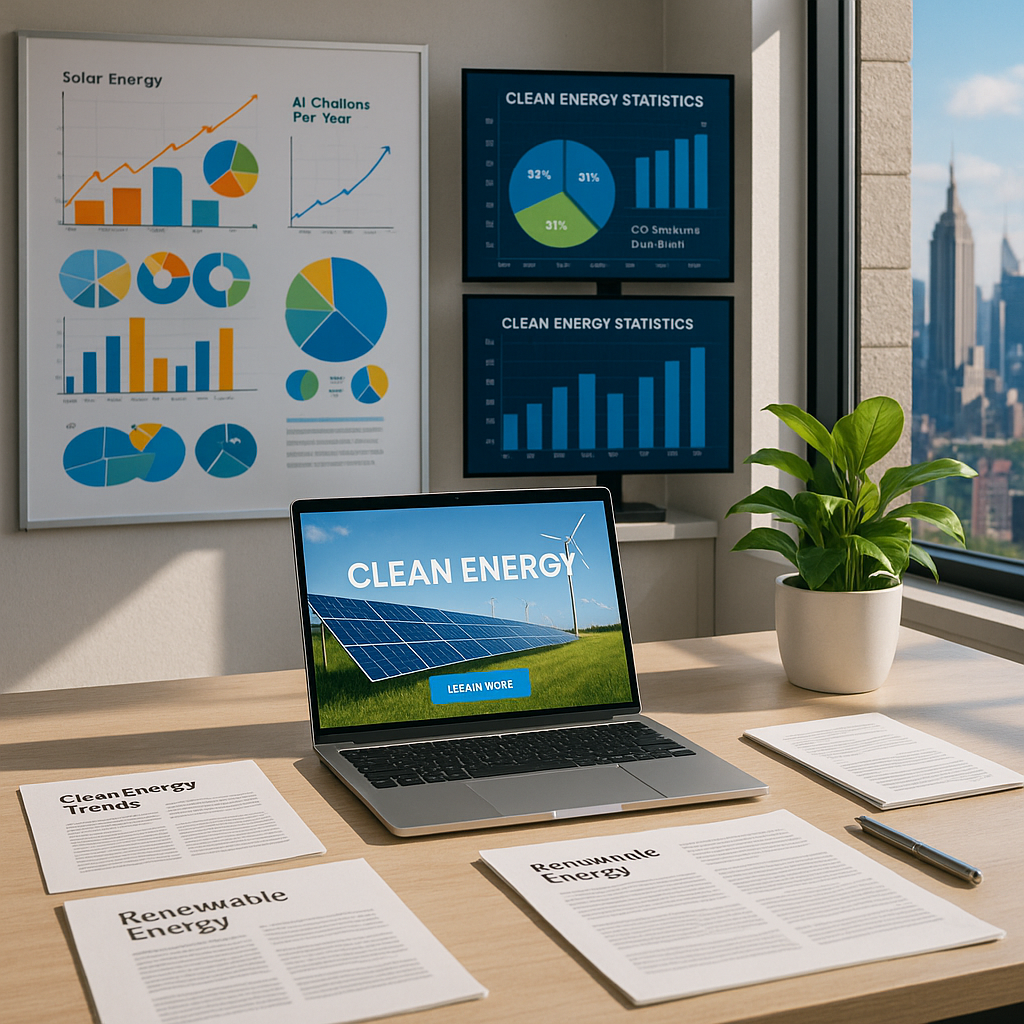
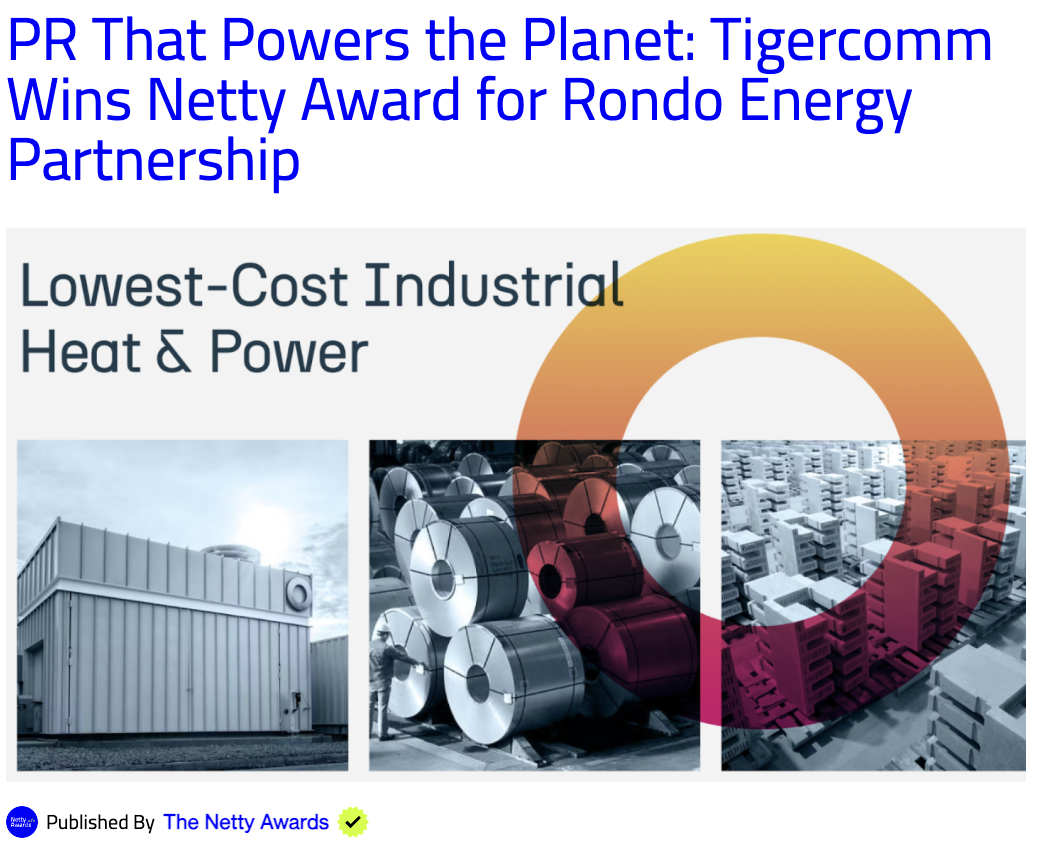
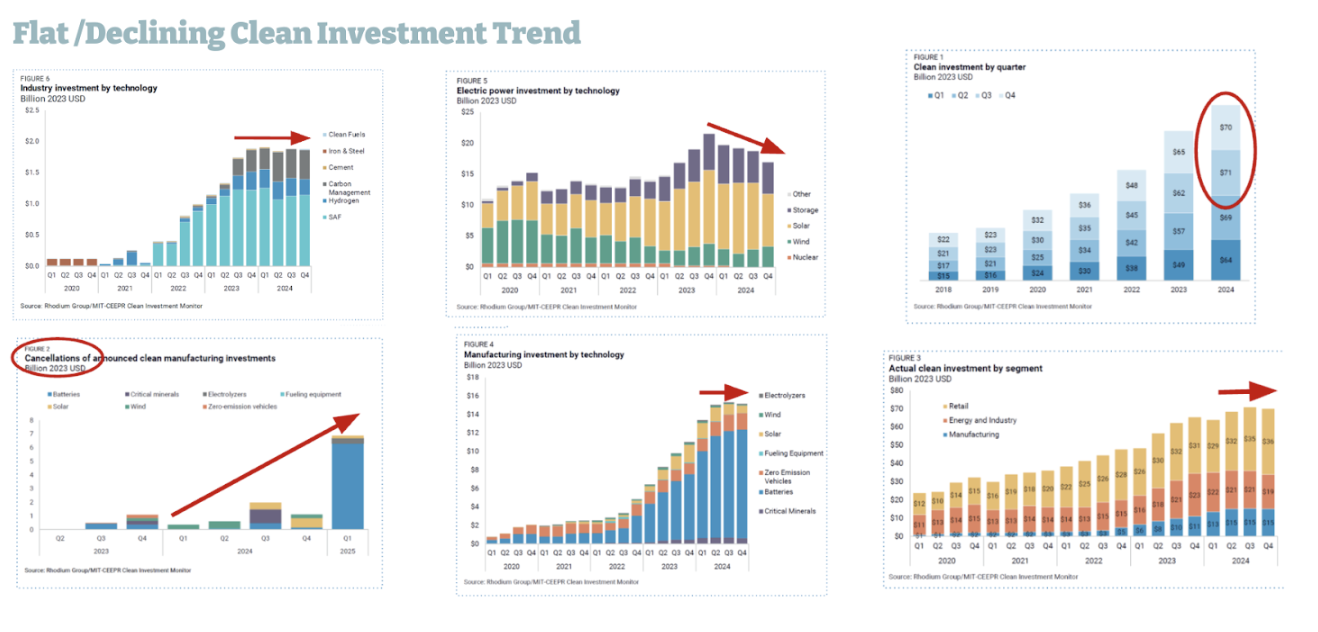

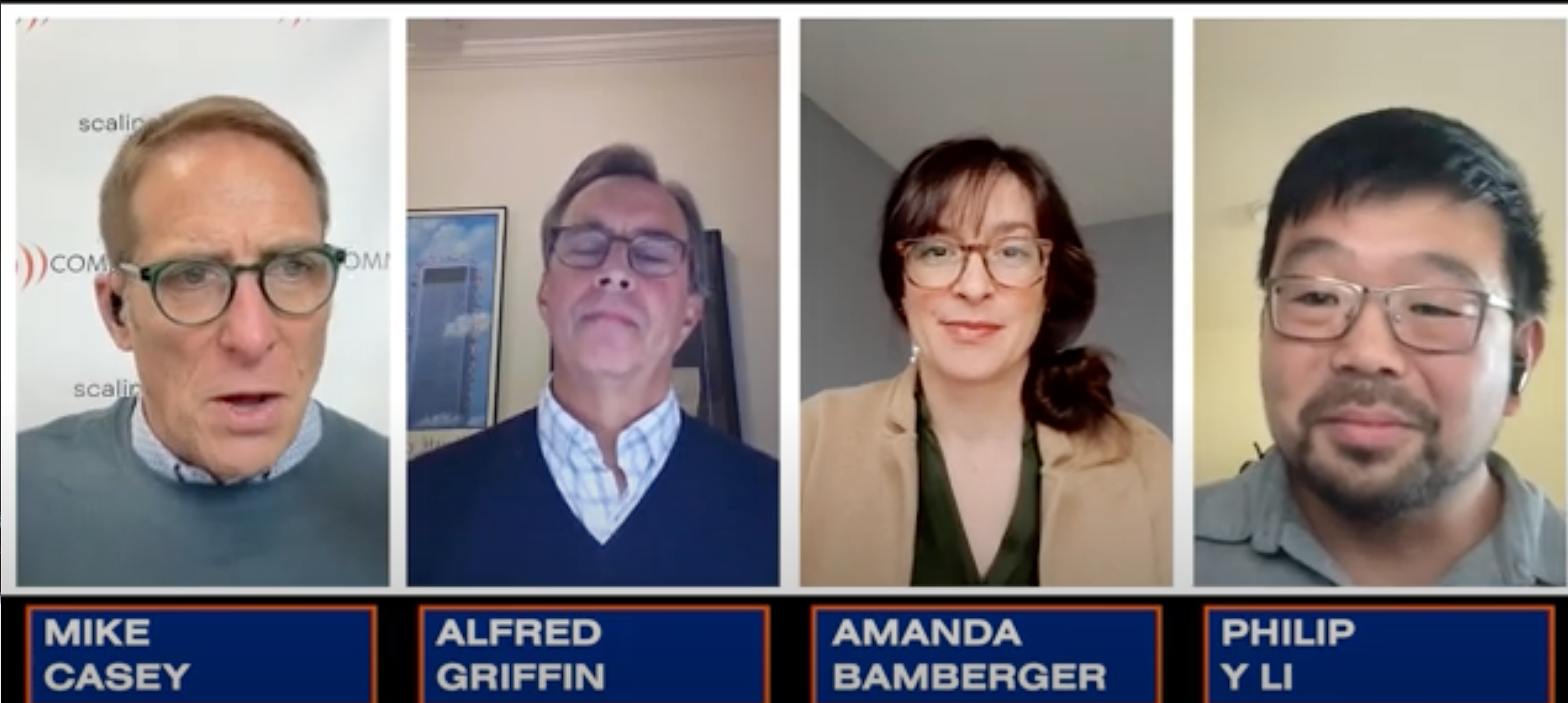
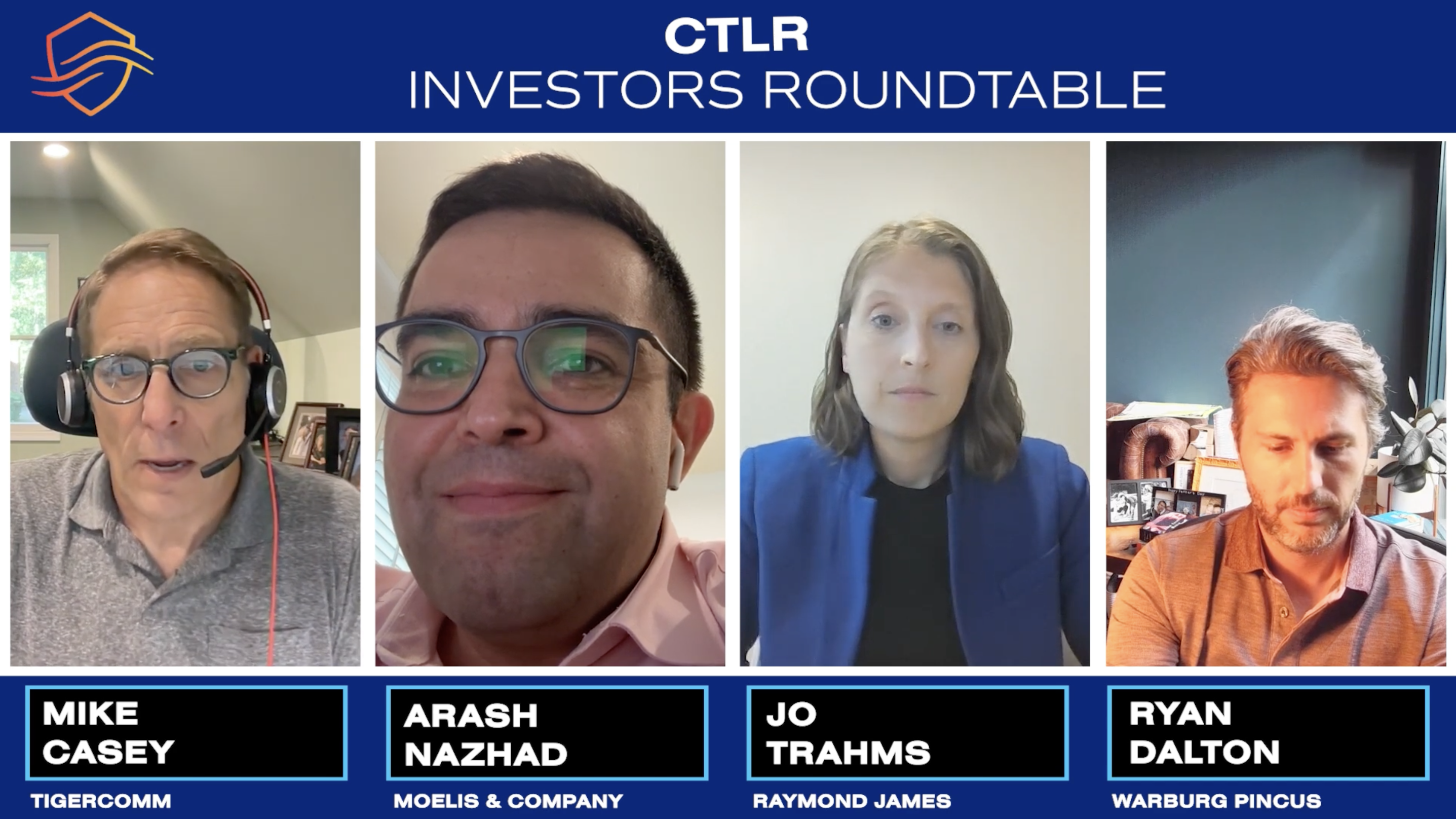
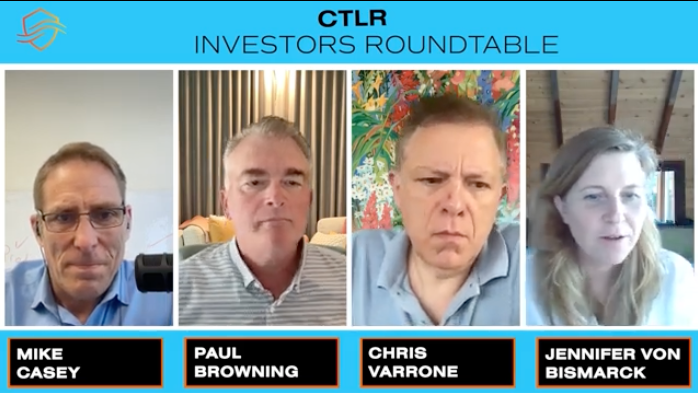
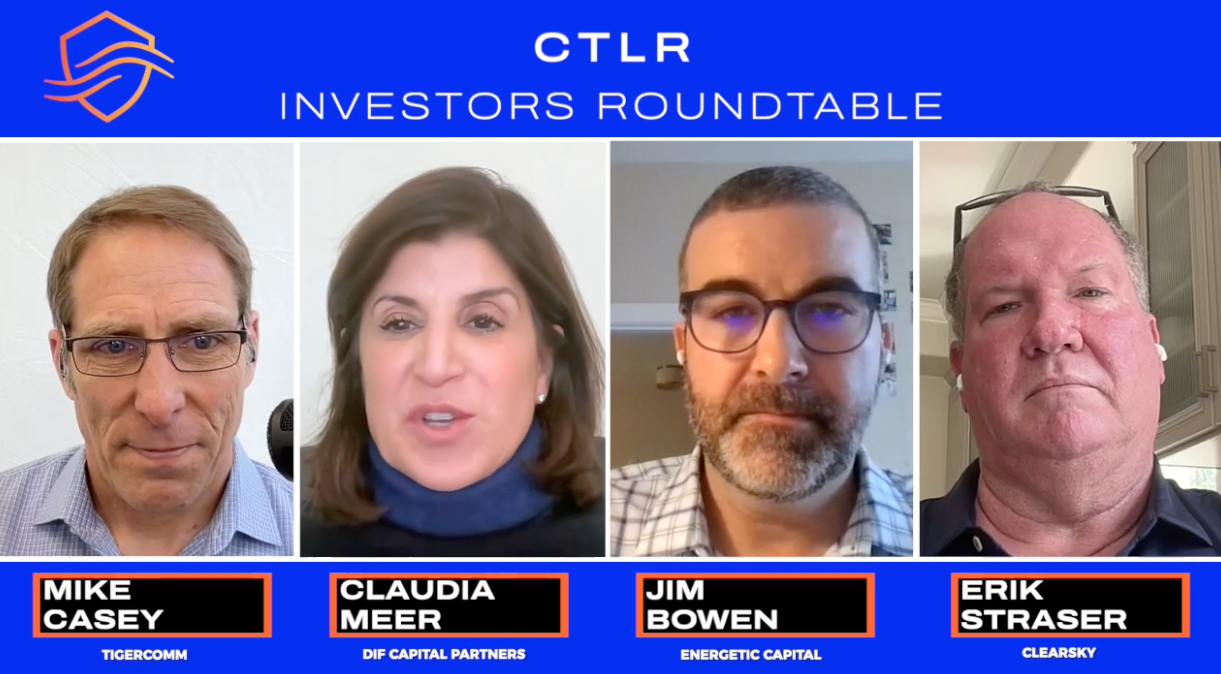
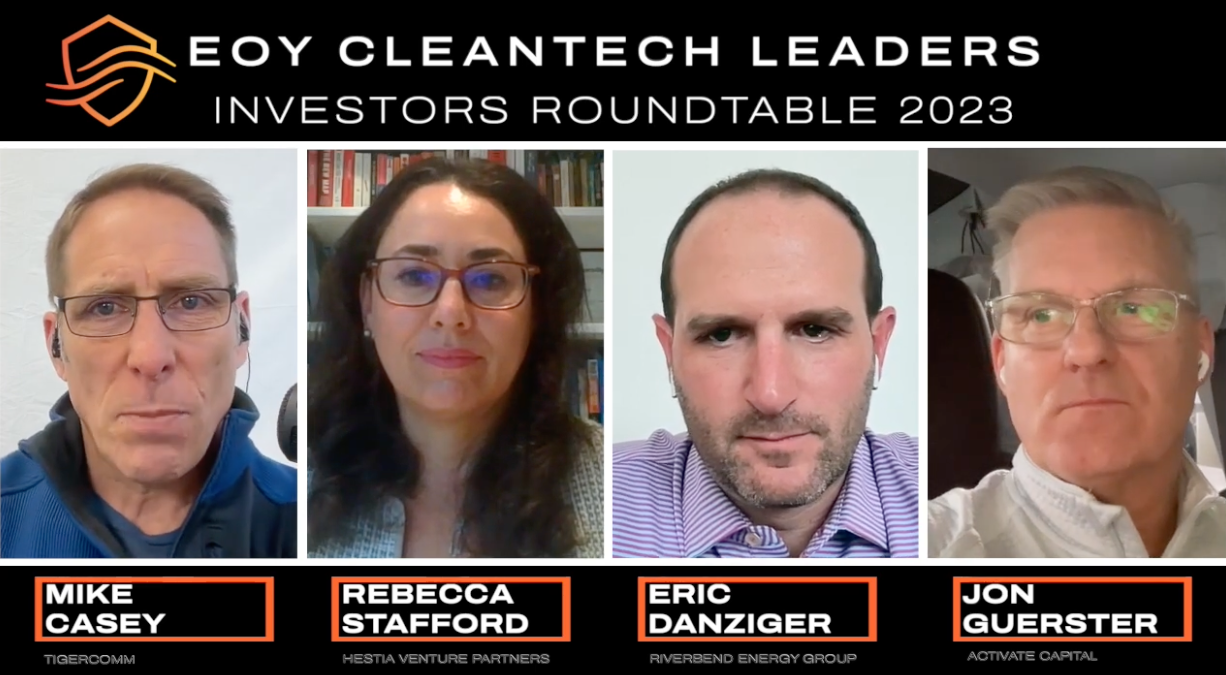
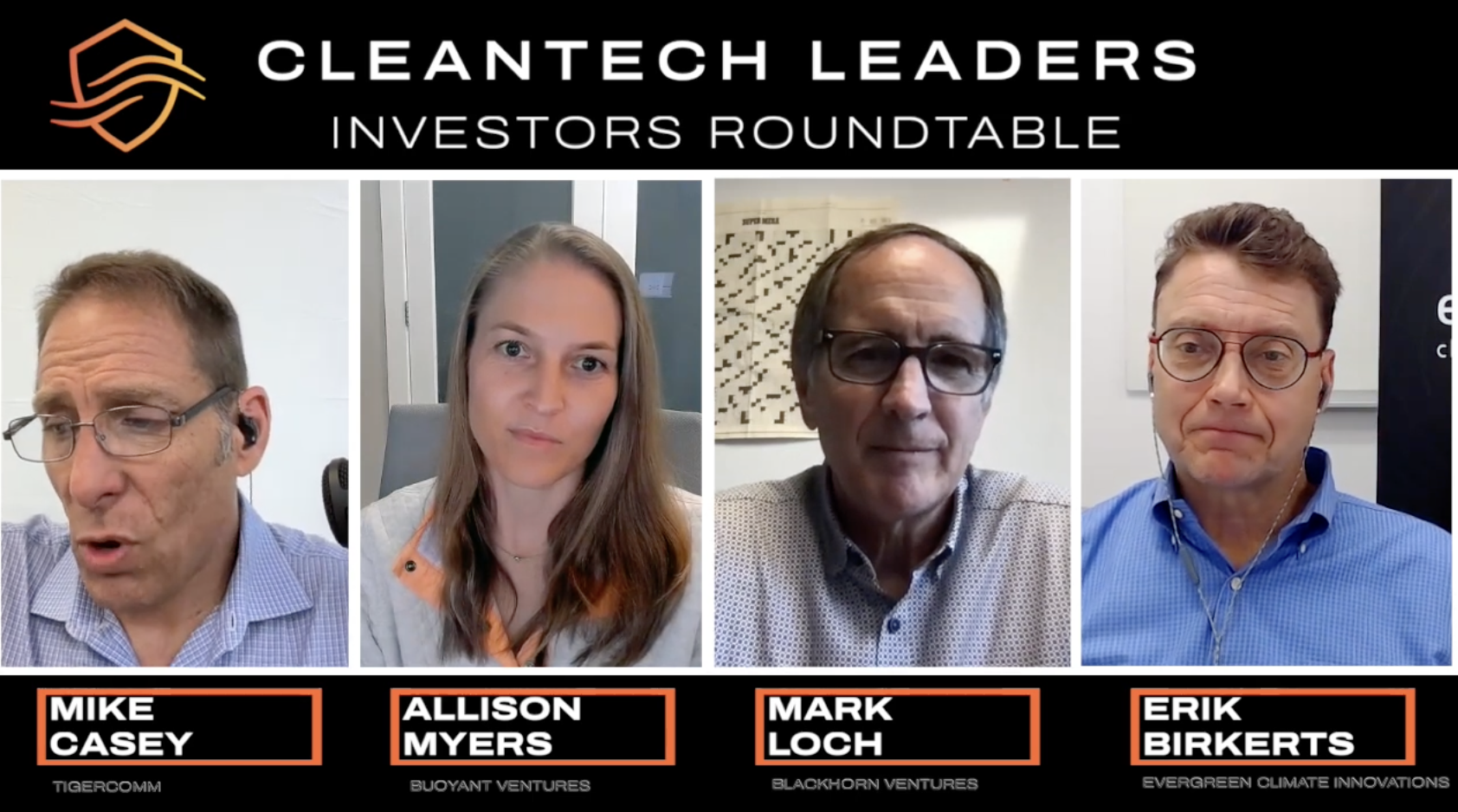



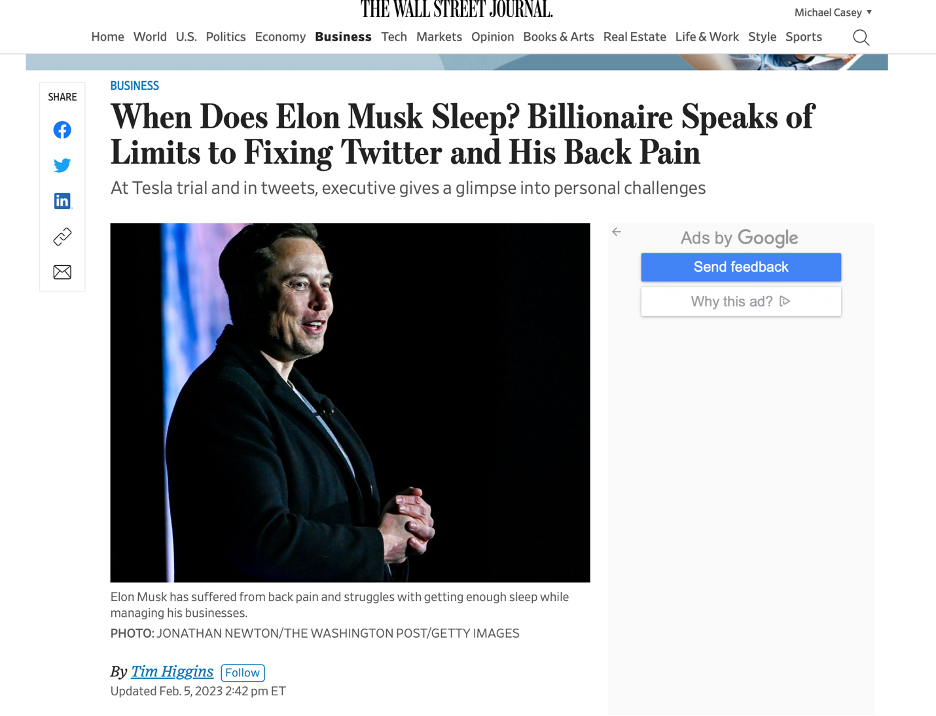
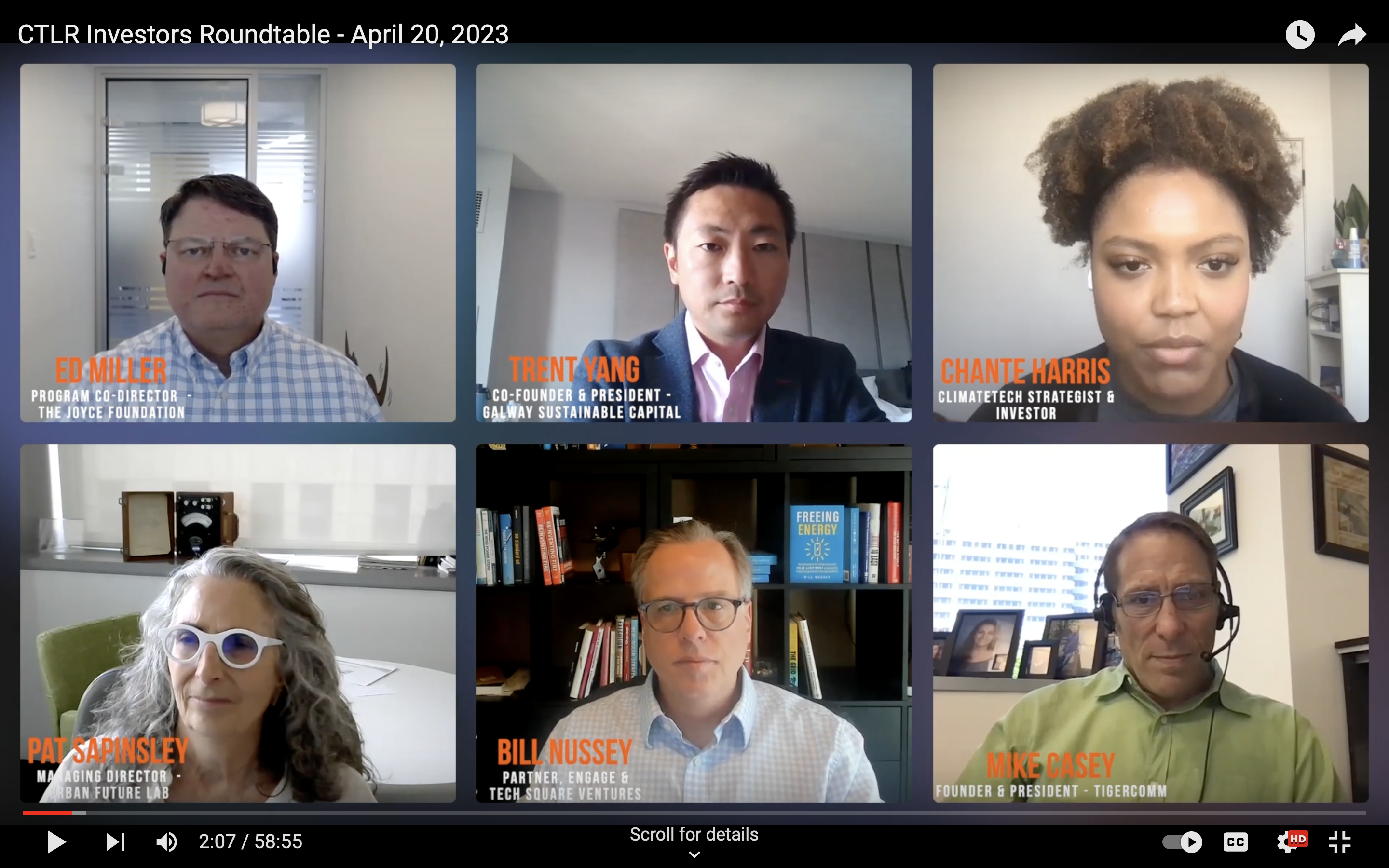
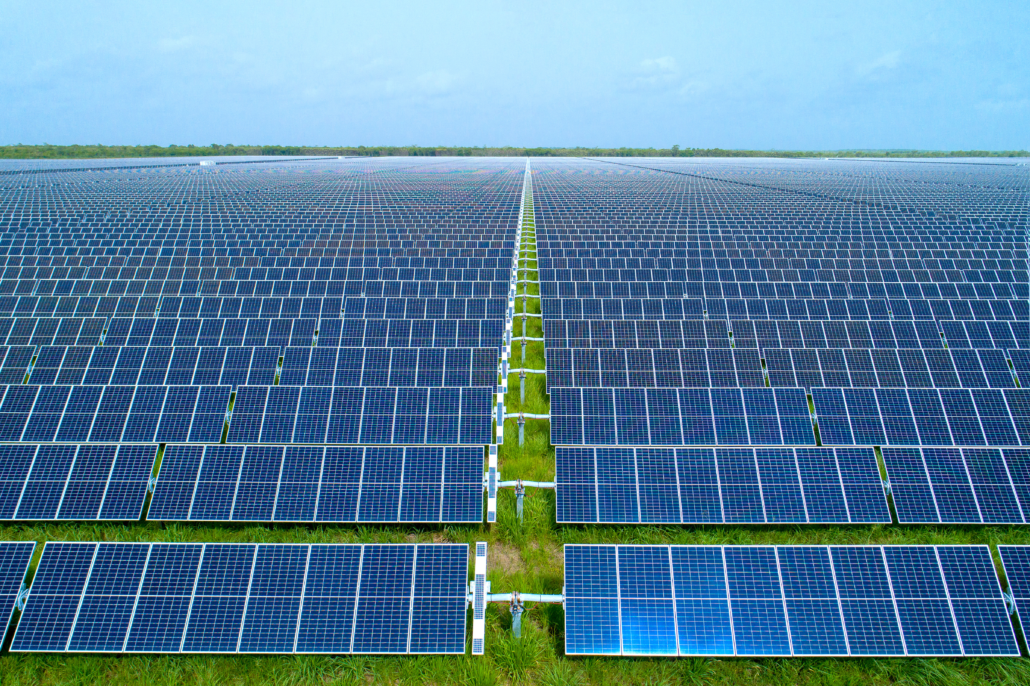
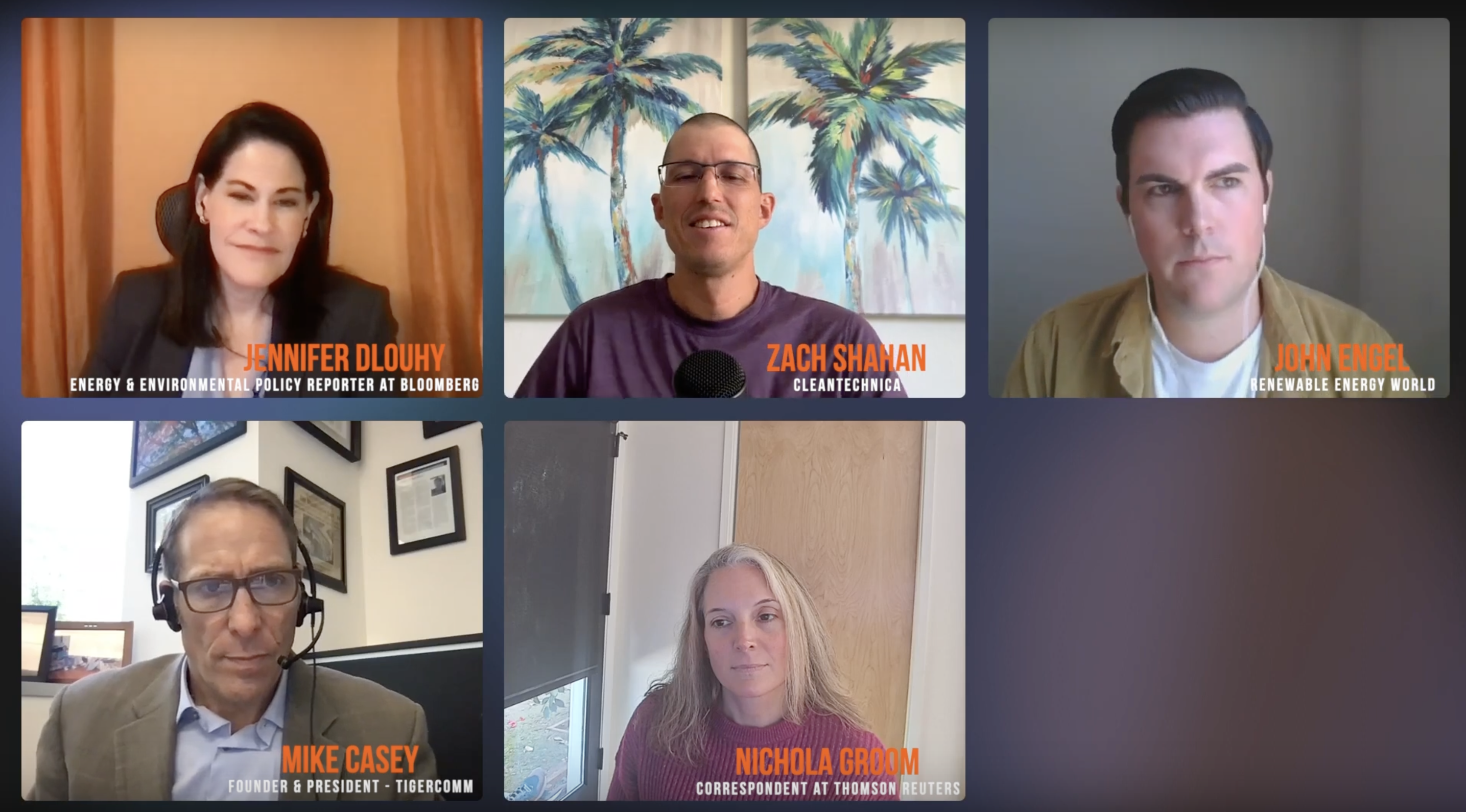



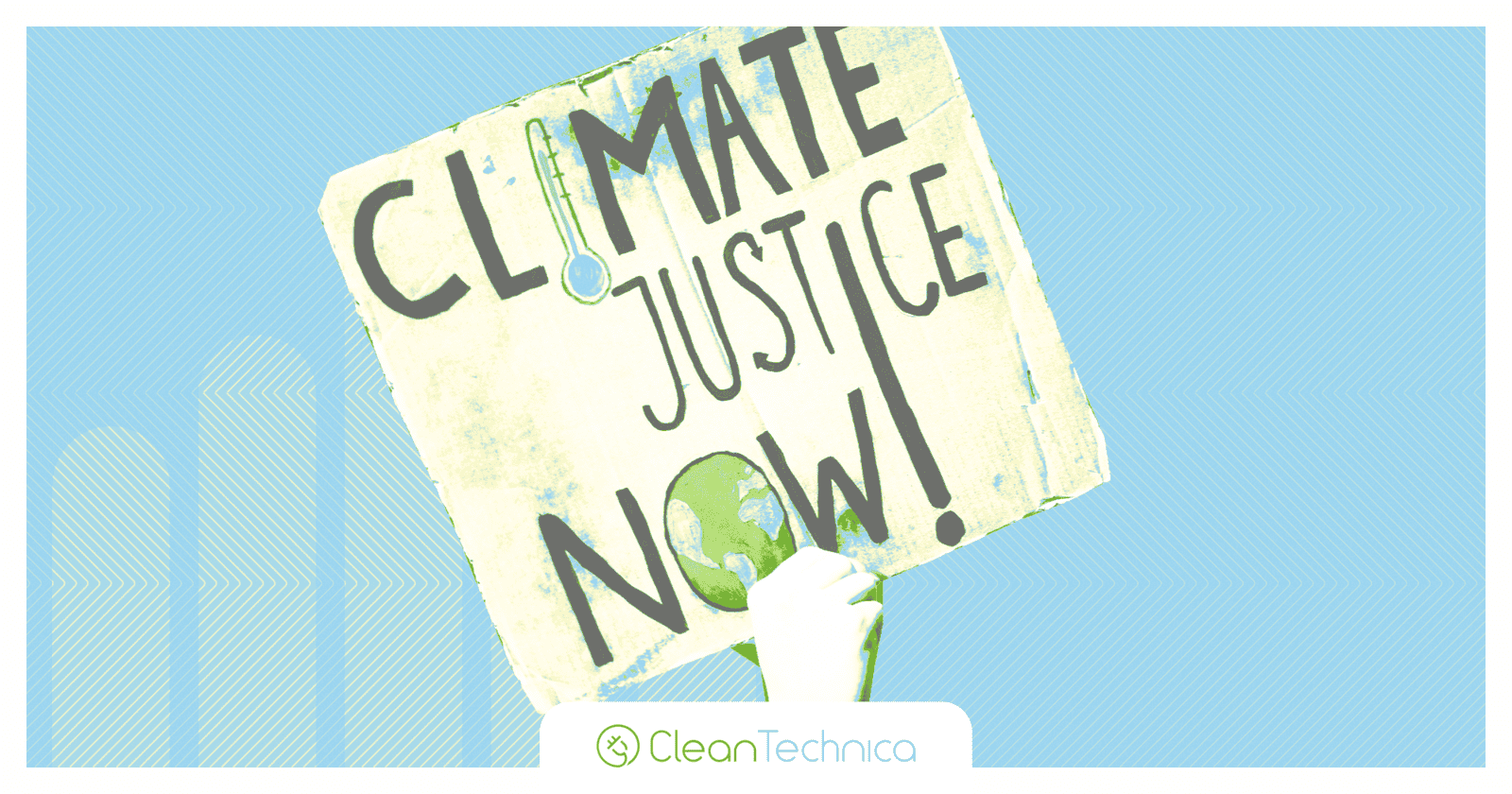
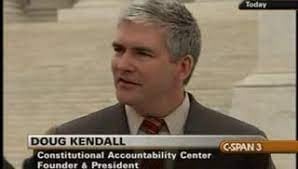
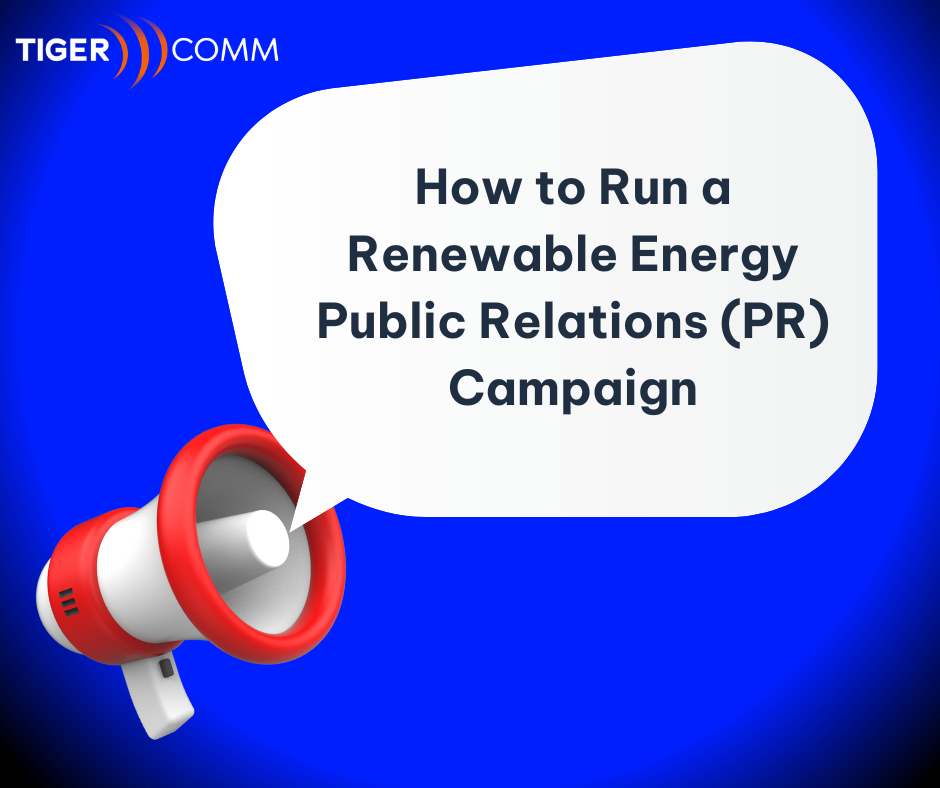


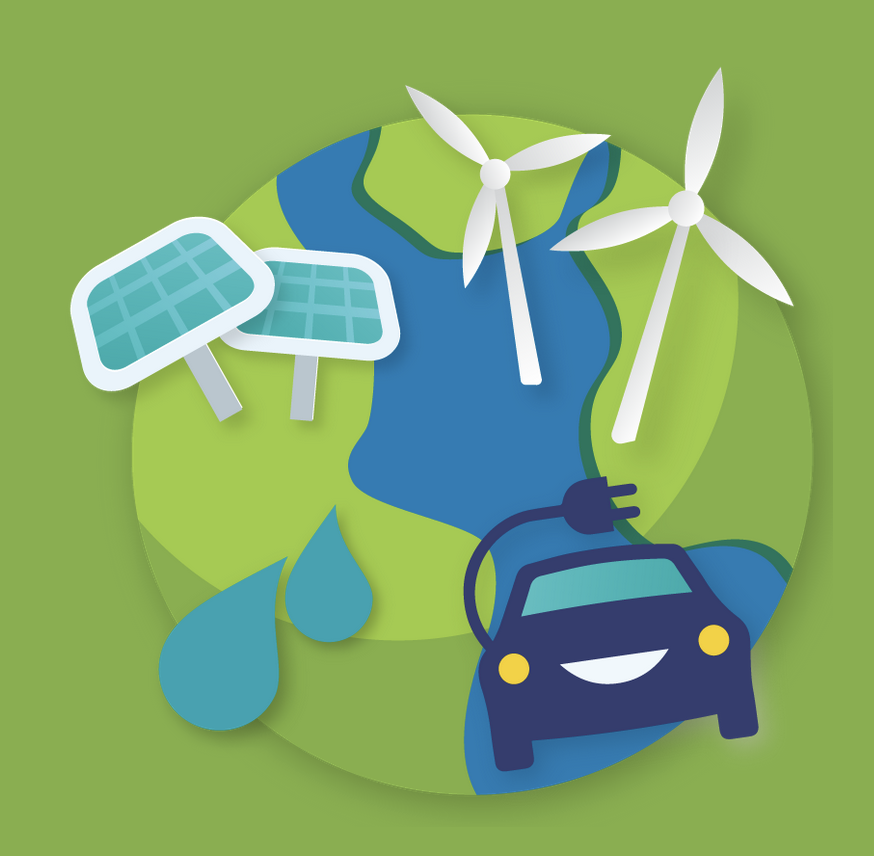
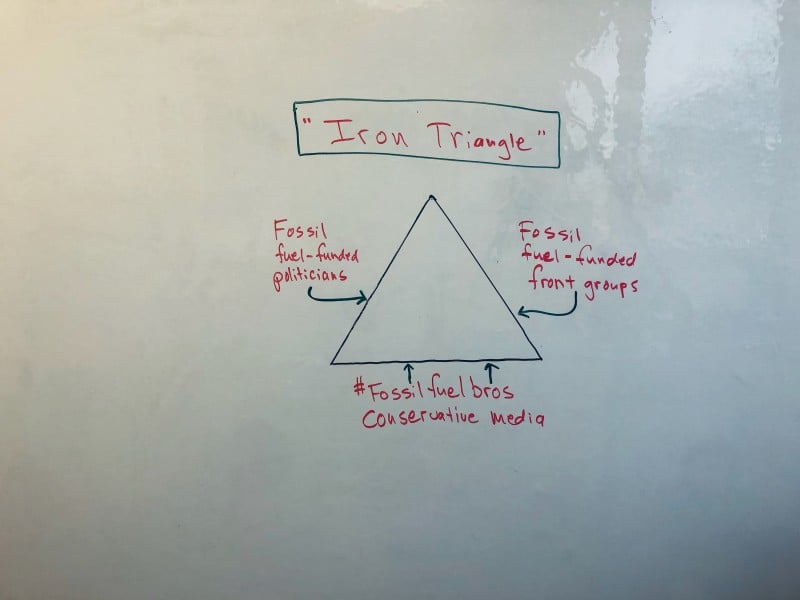
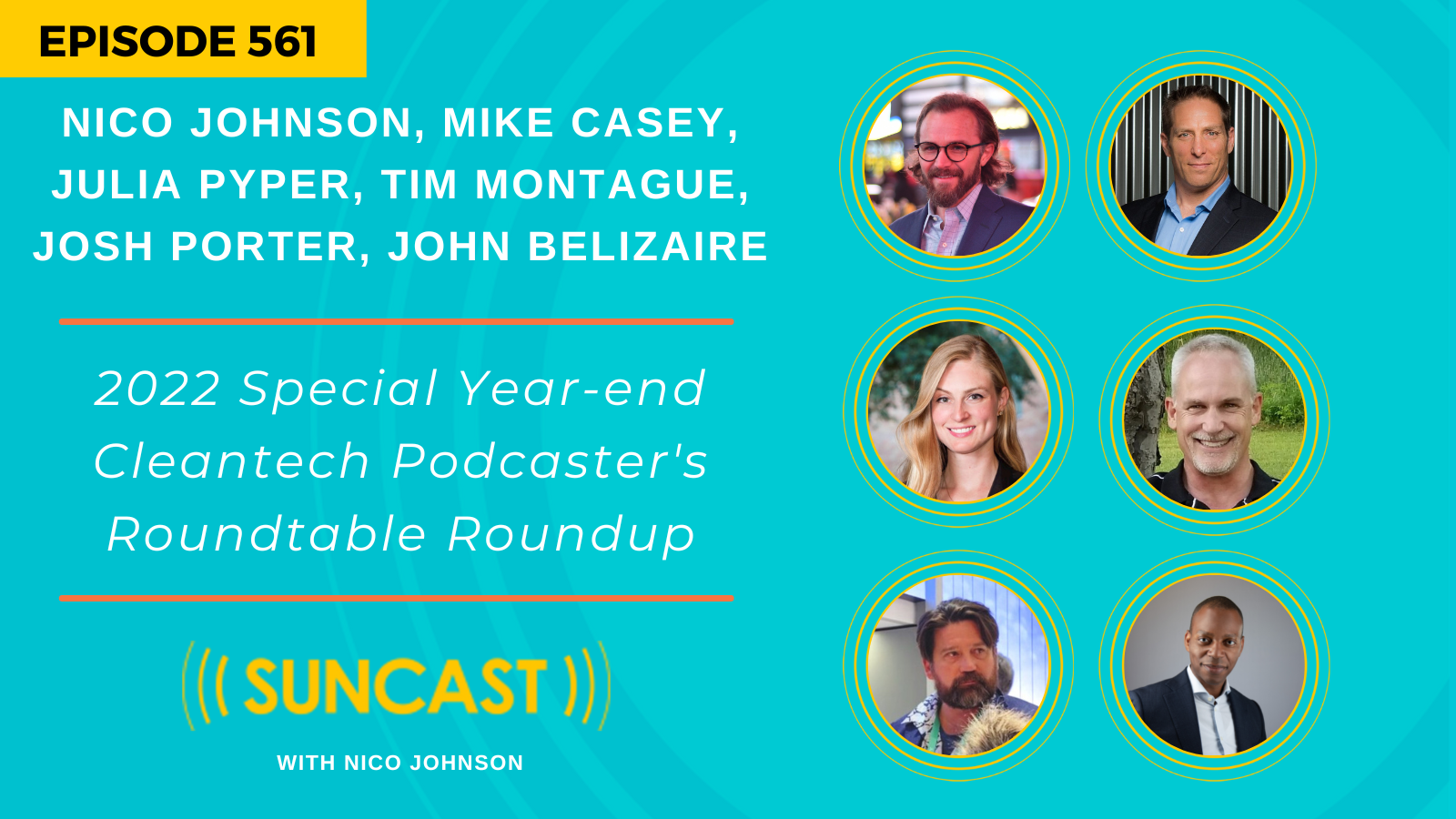


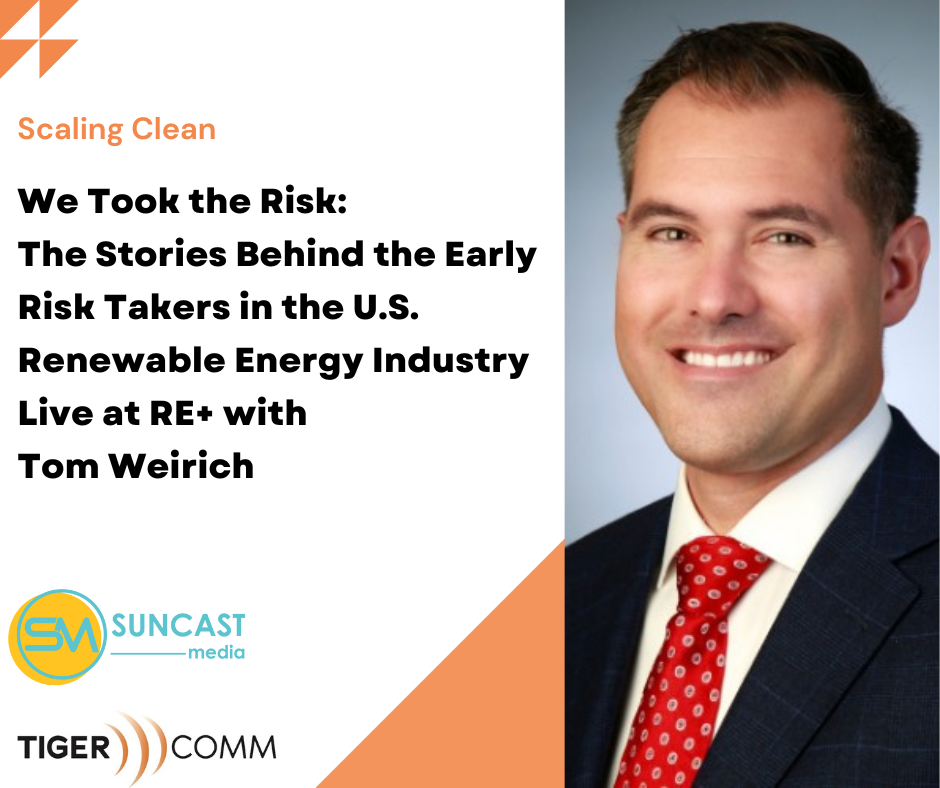
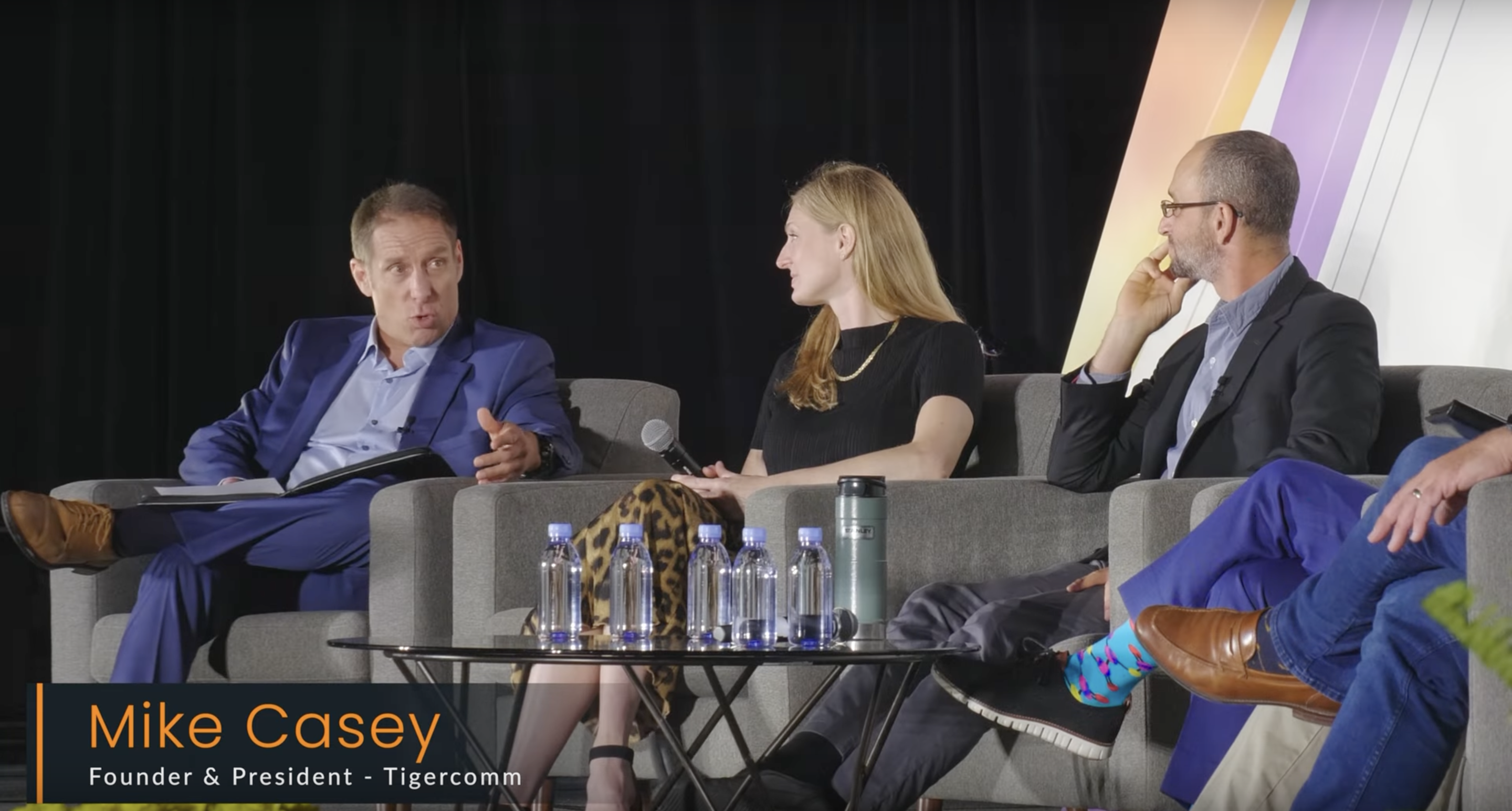
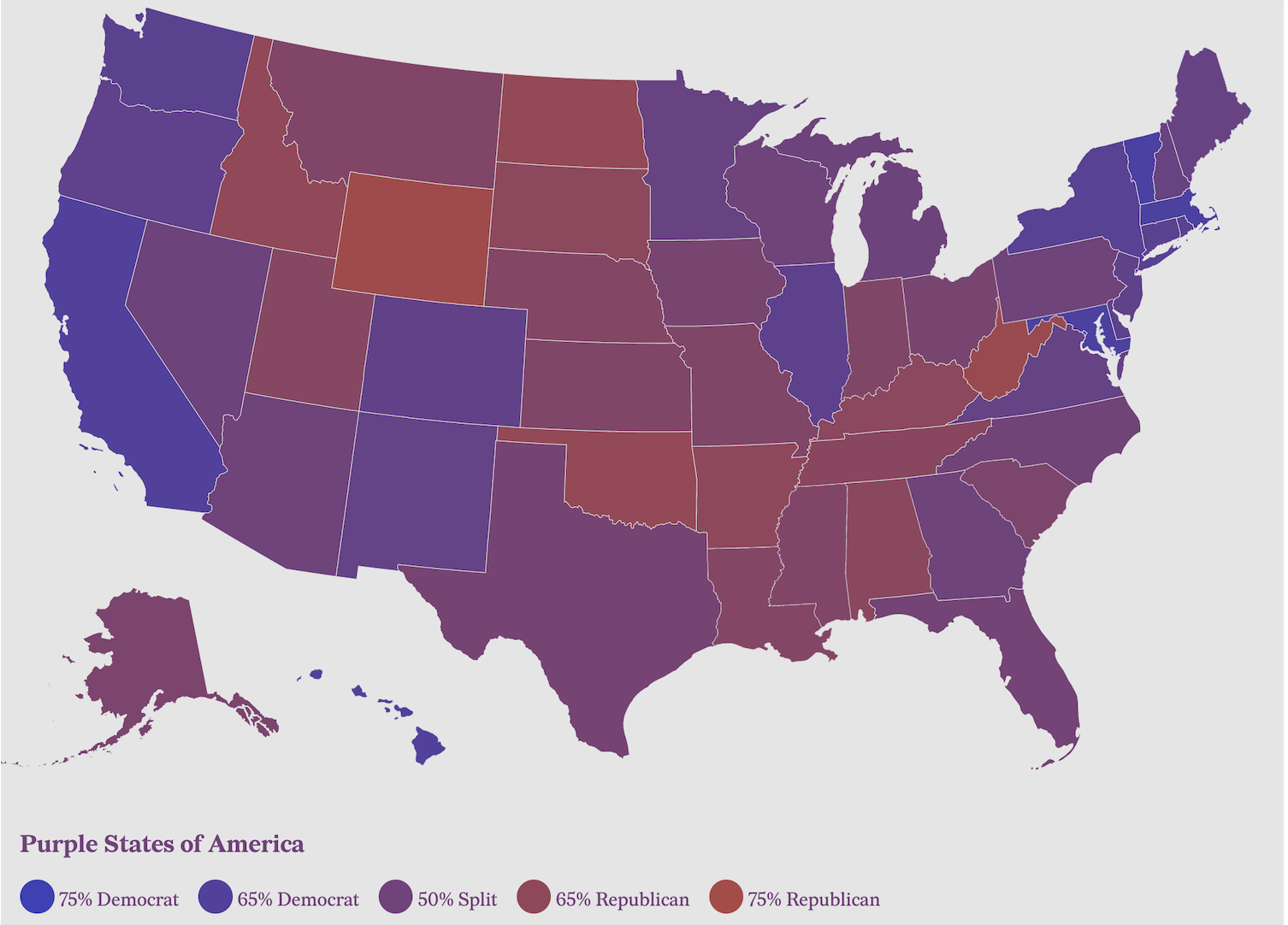


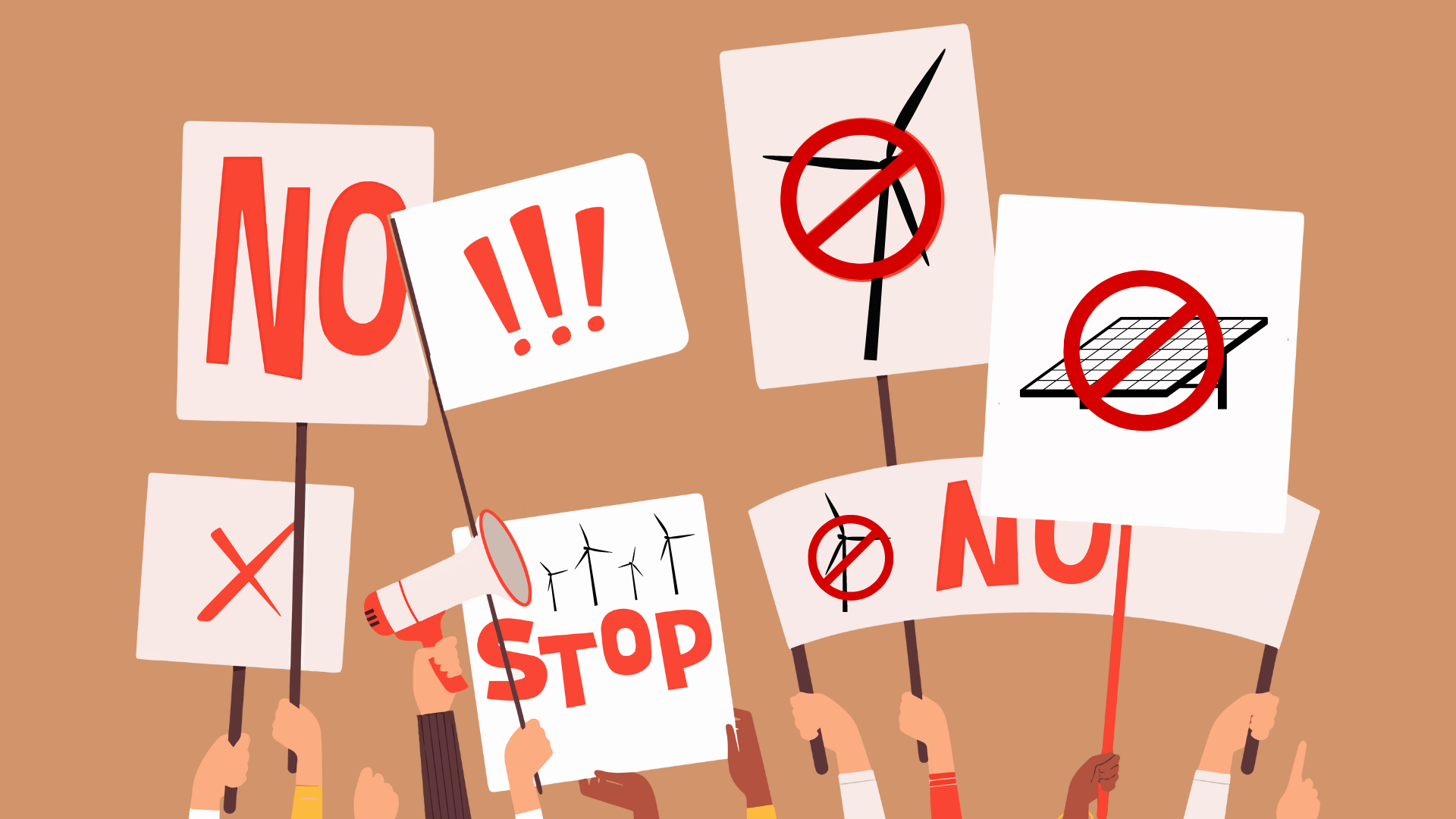
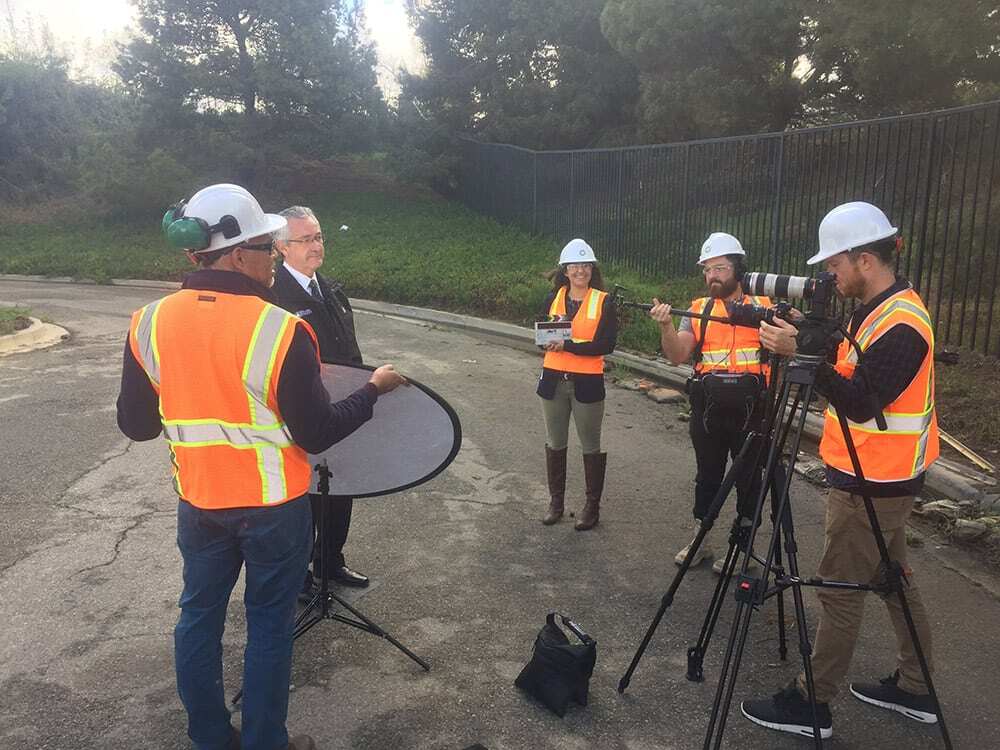

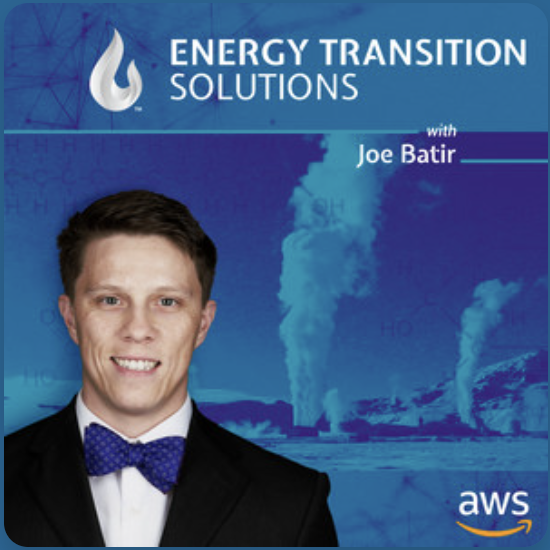
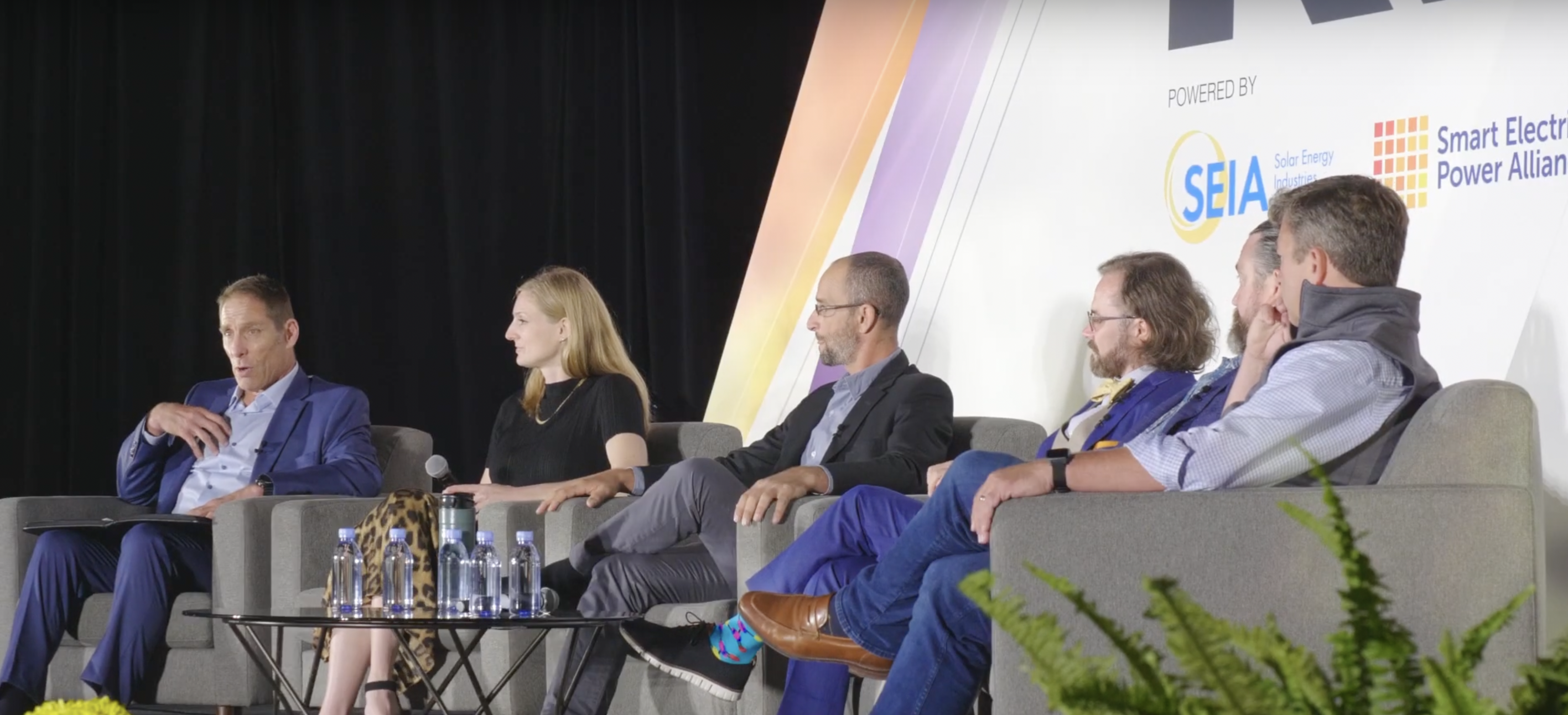
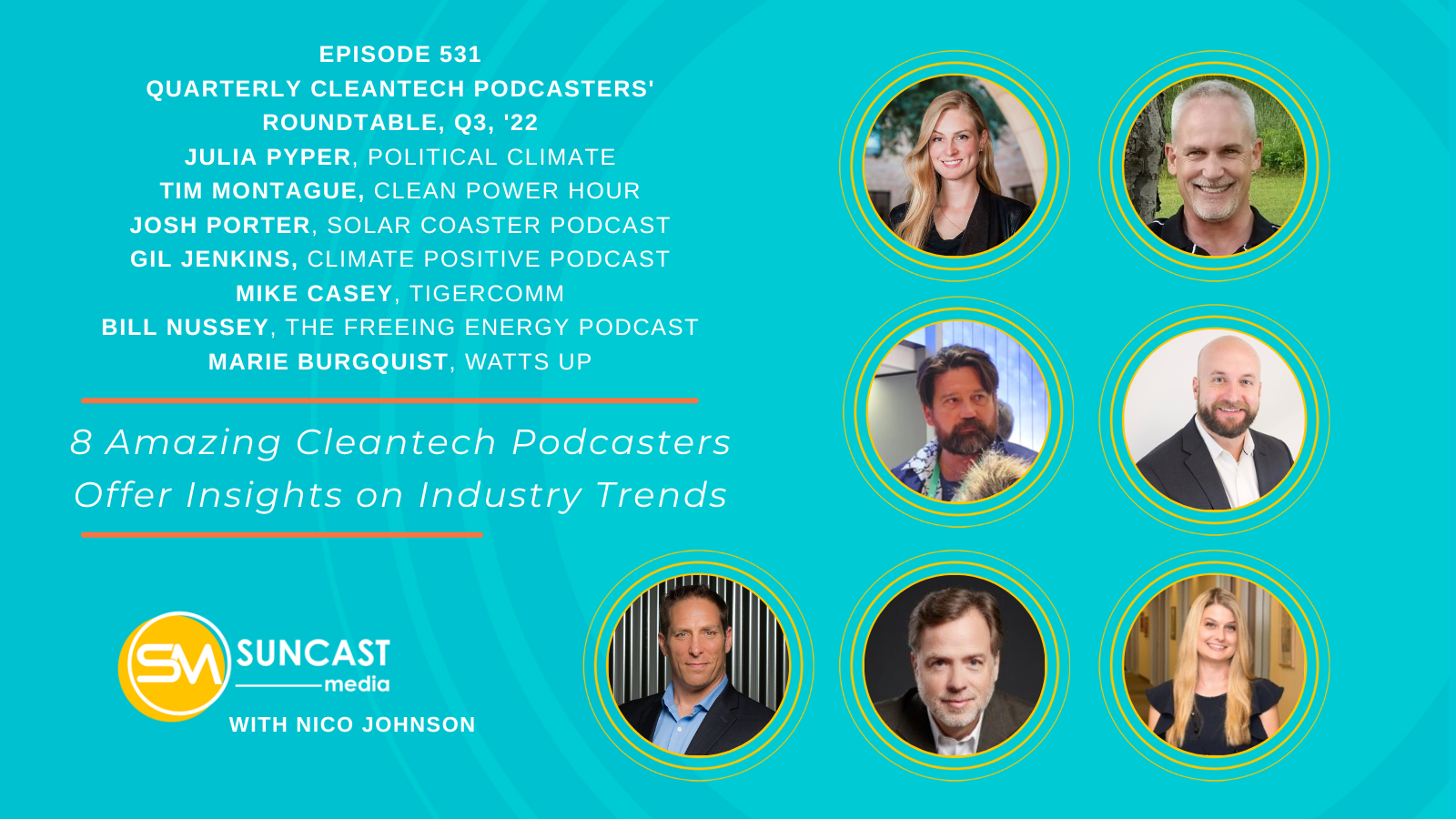
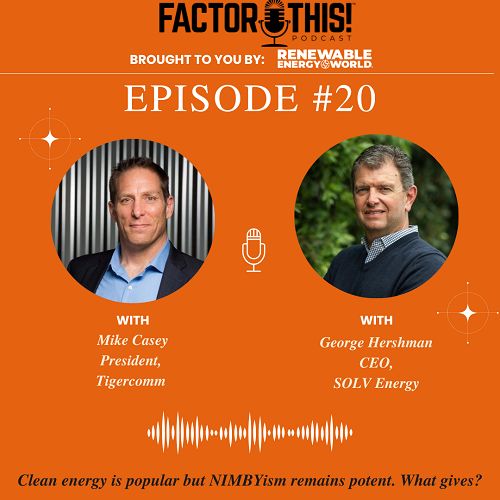

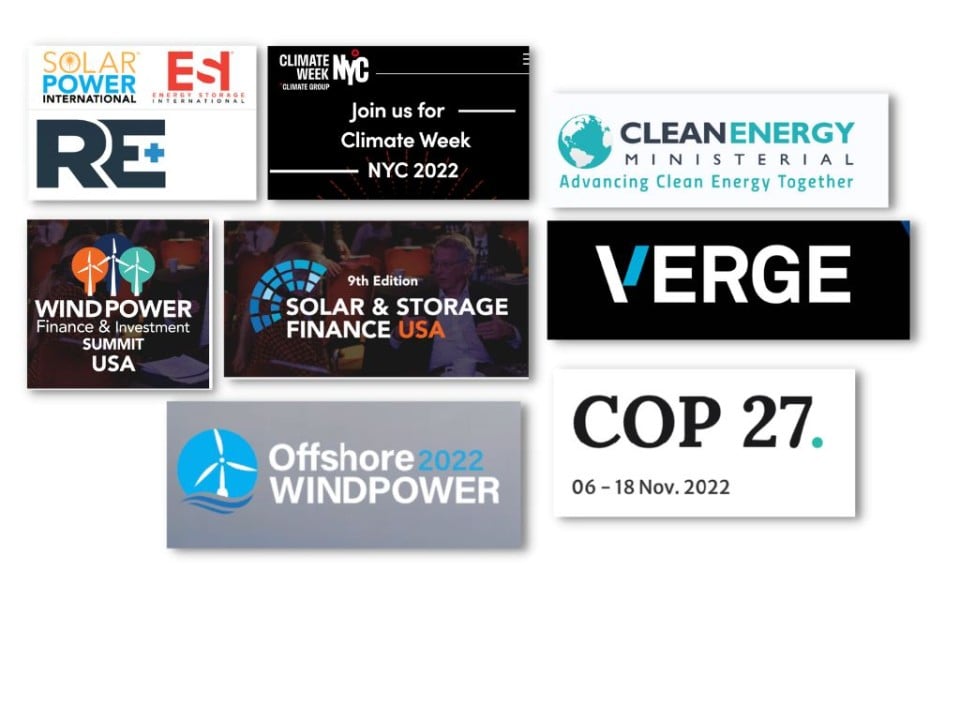

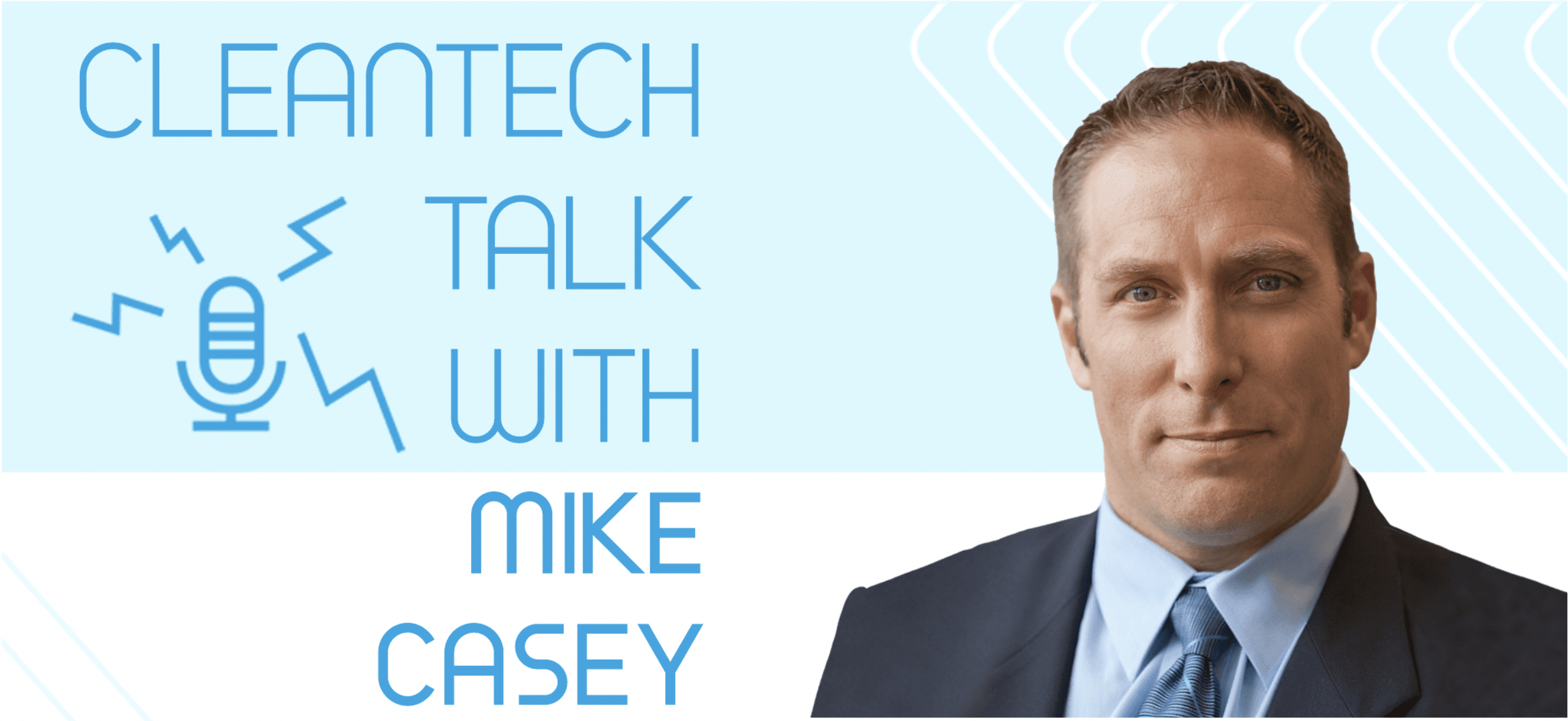
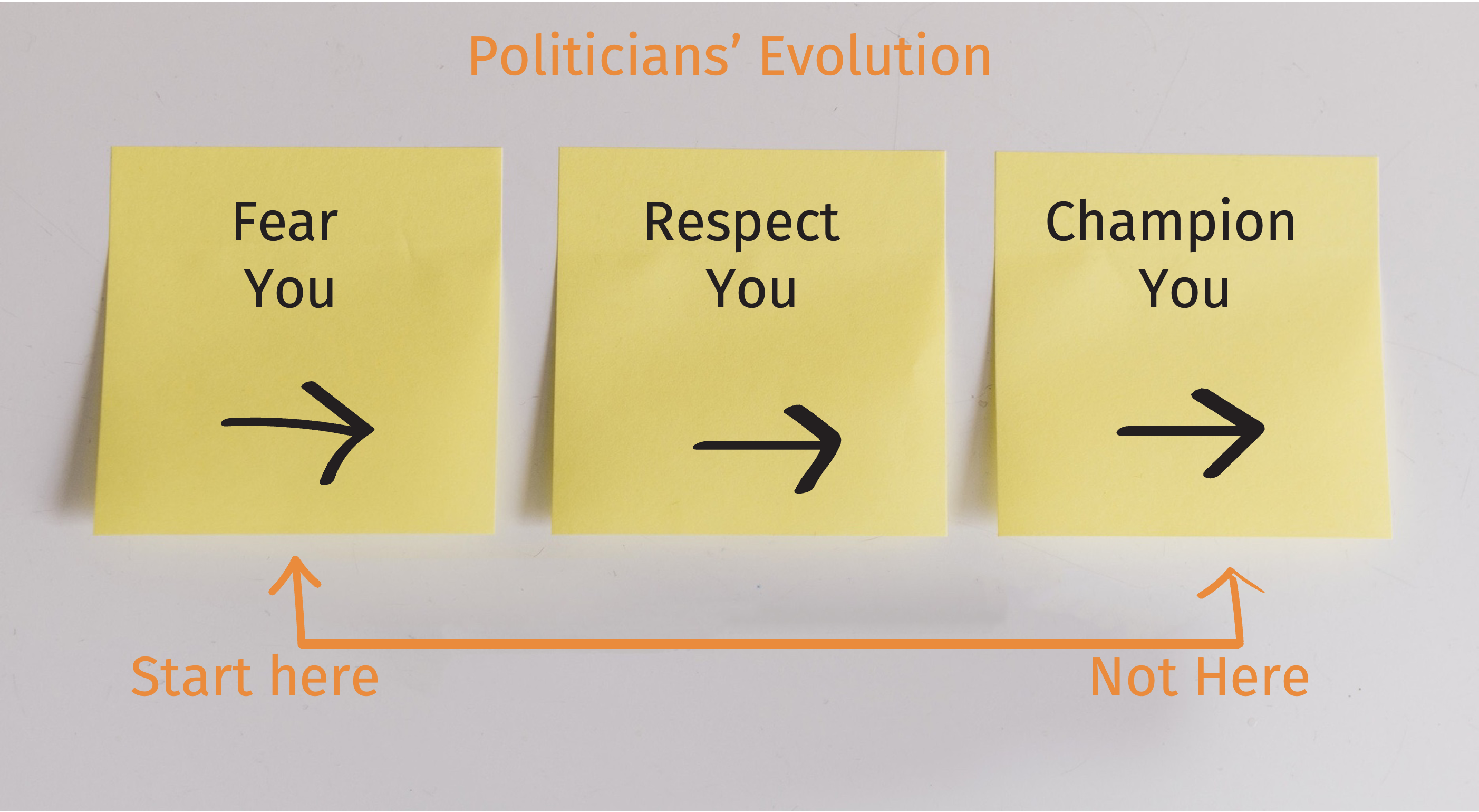
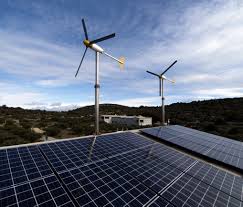
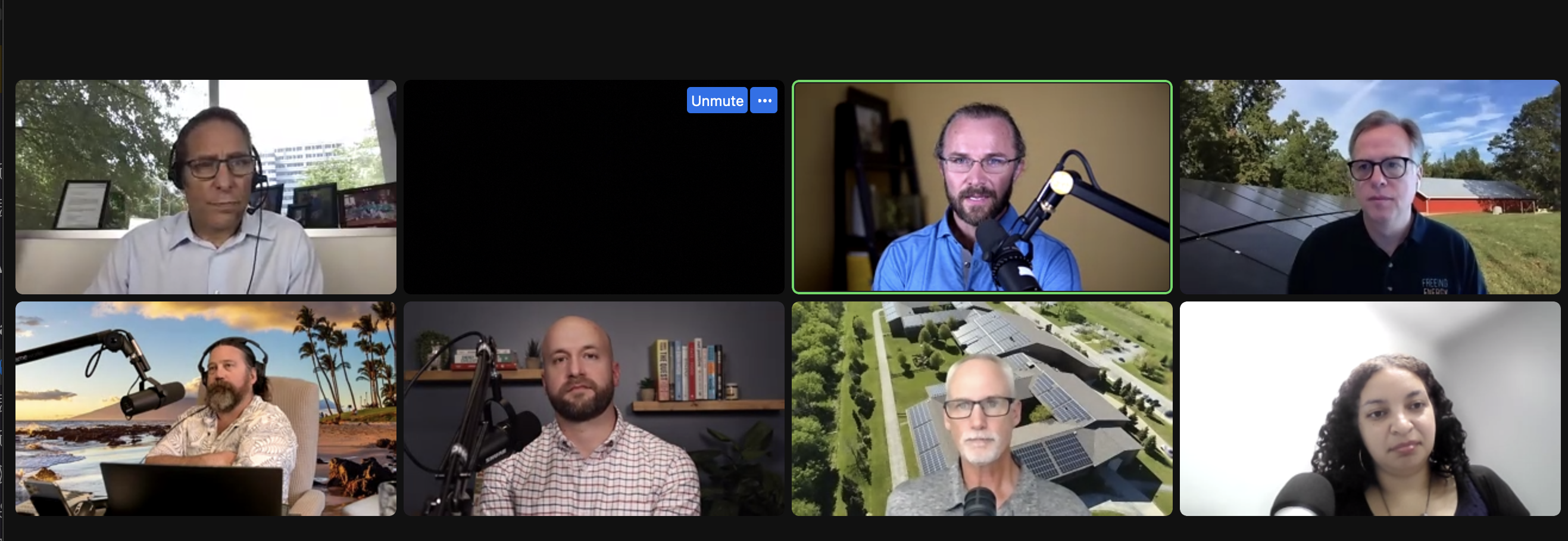

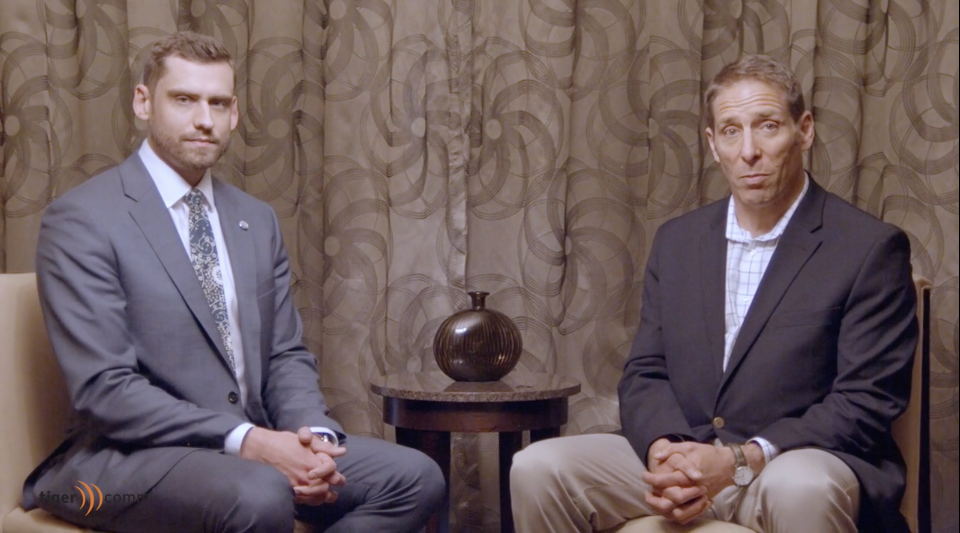

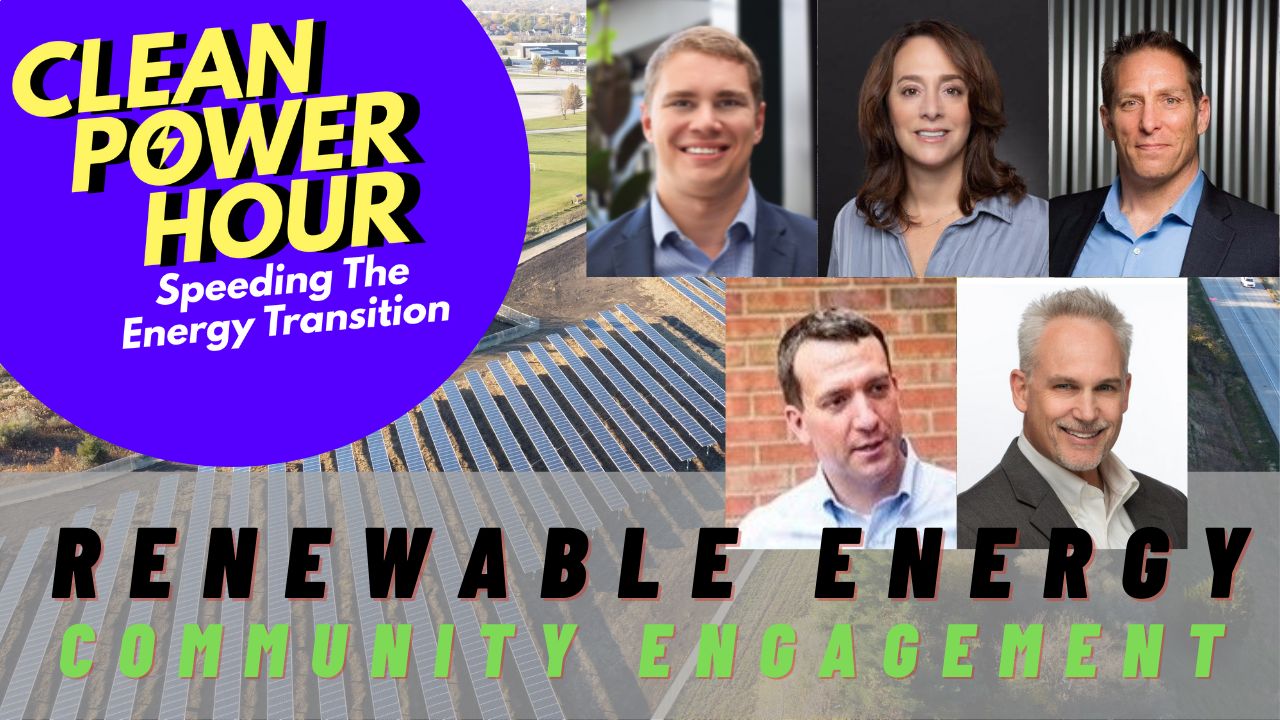
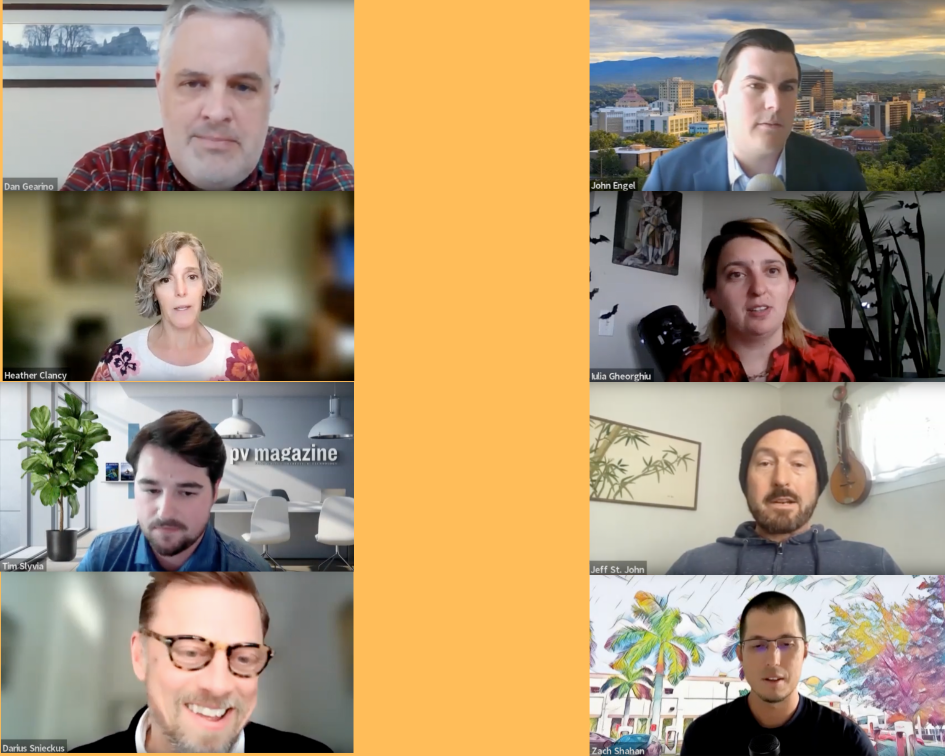

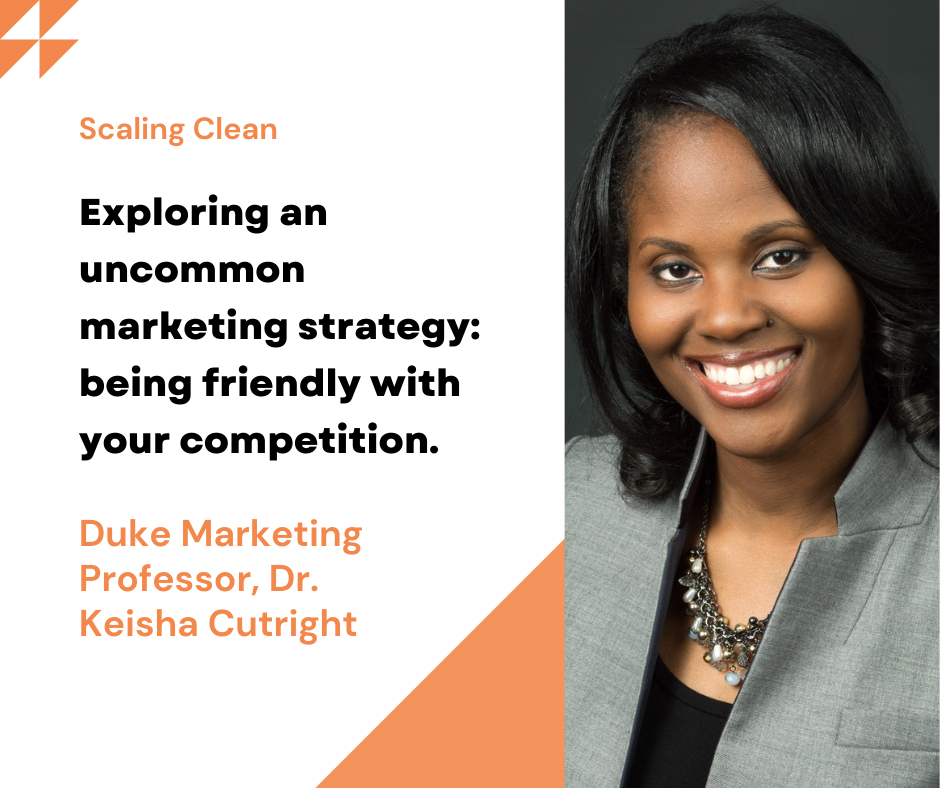
![Modern Cleantech Marketing Guide + [B2B Marketing Checklist]](https://www.tigercomm.us/hubfs/Screenshot%202022-03-08%20at%206-58-47%20PM-png.png)
